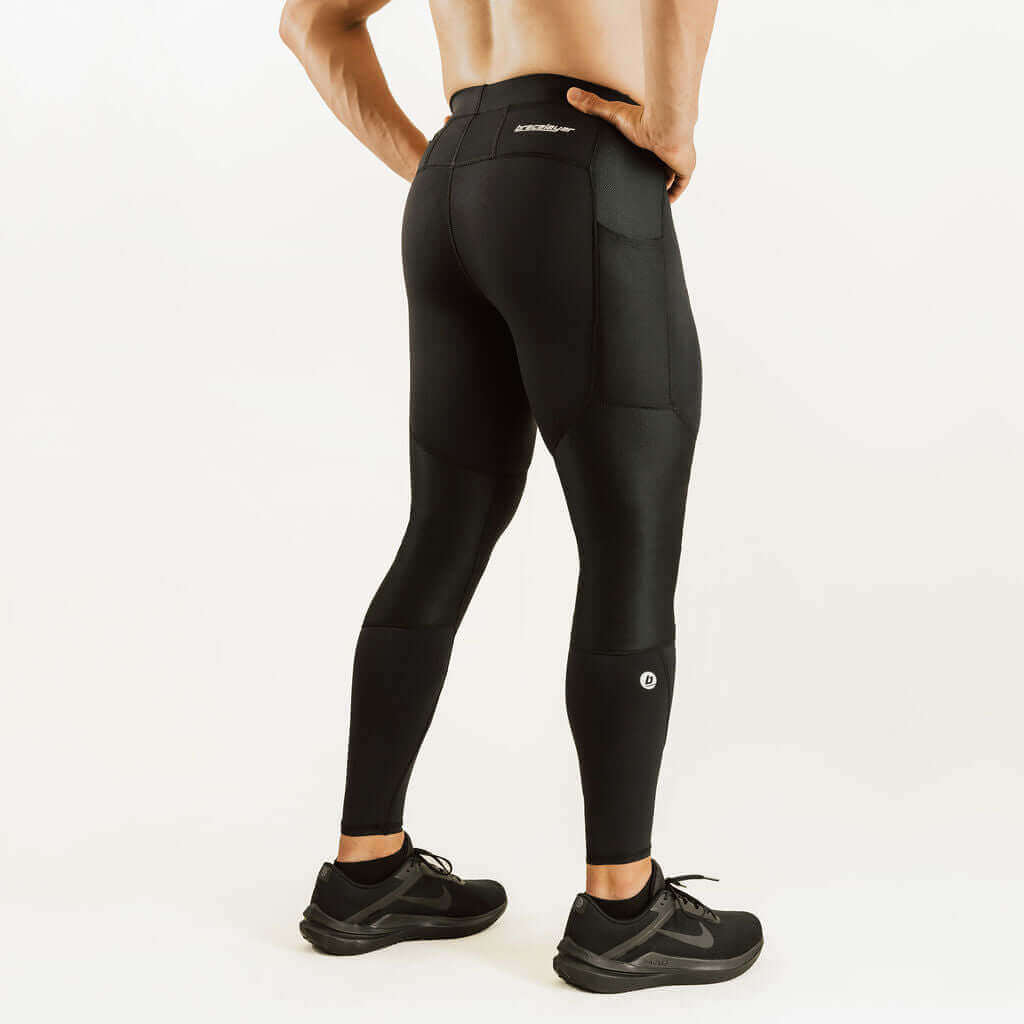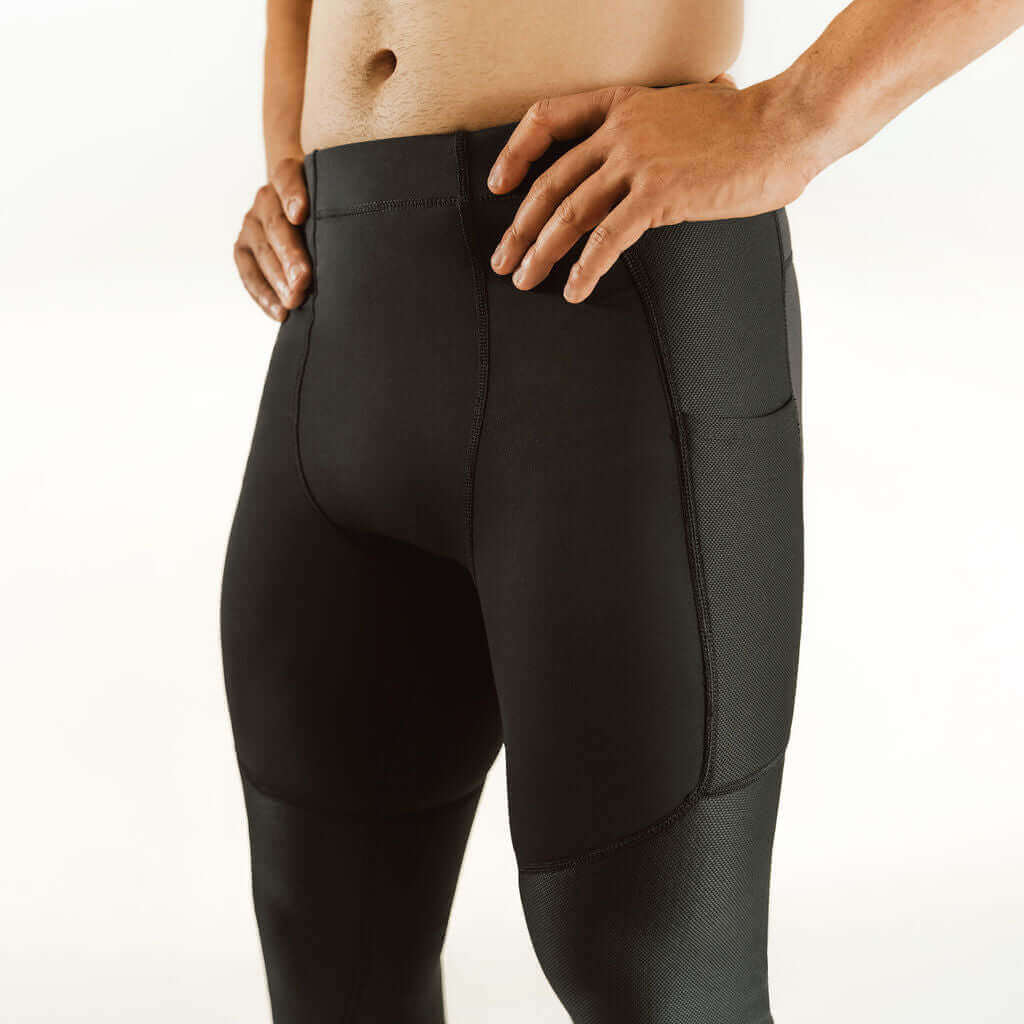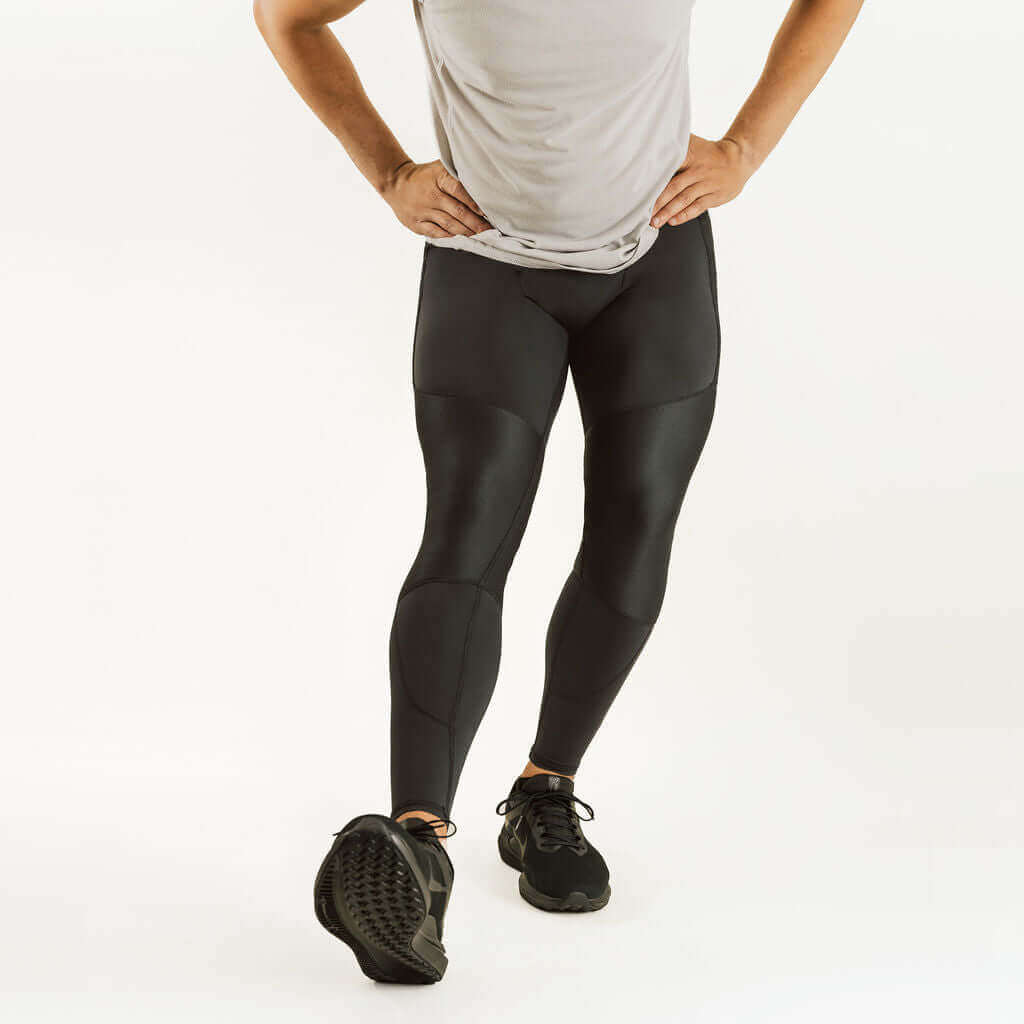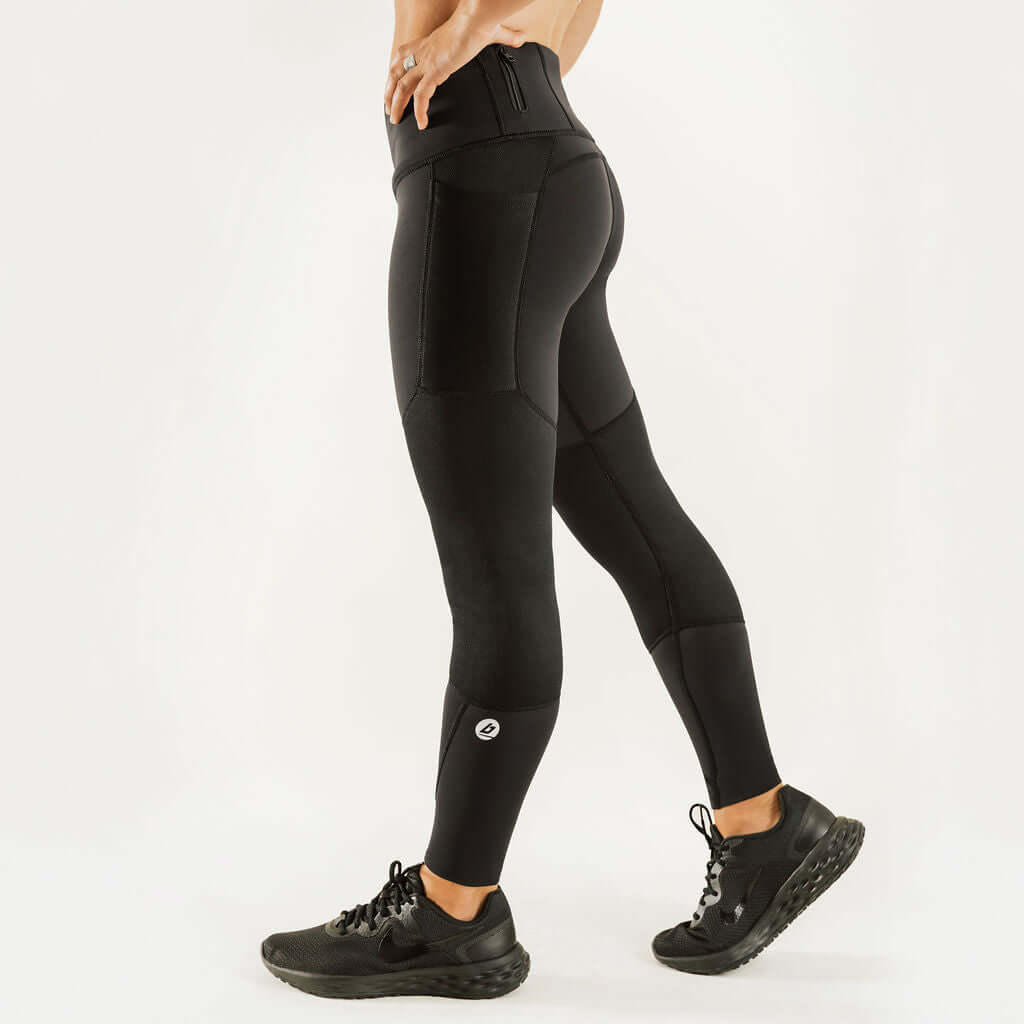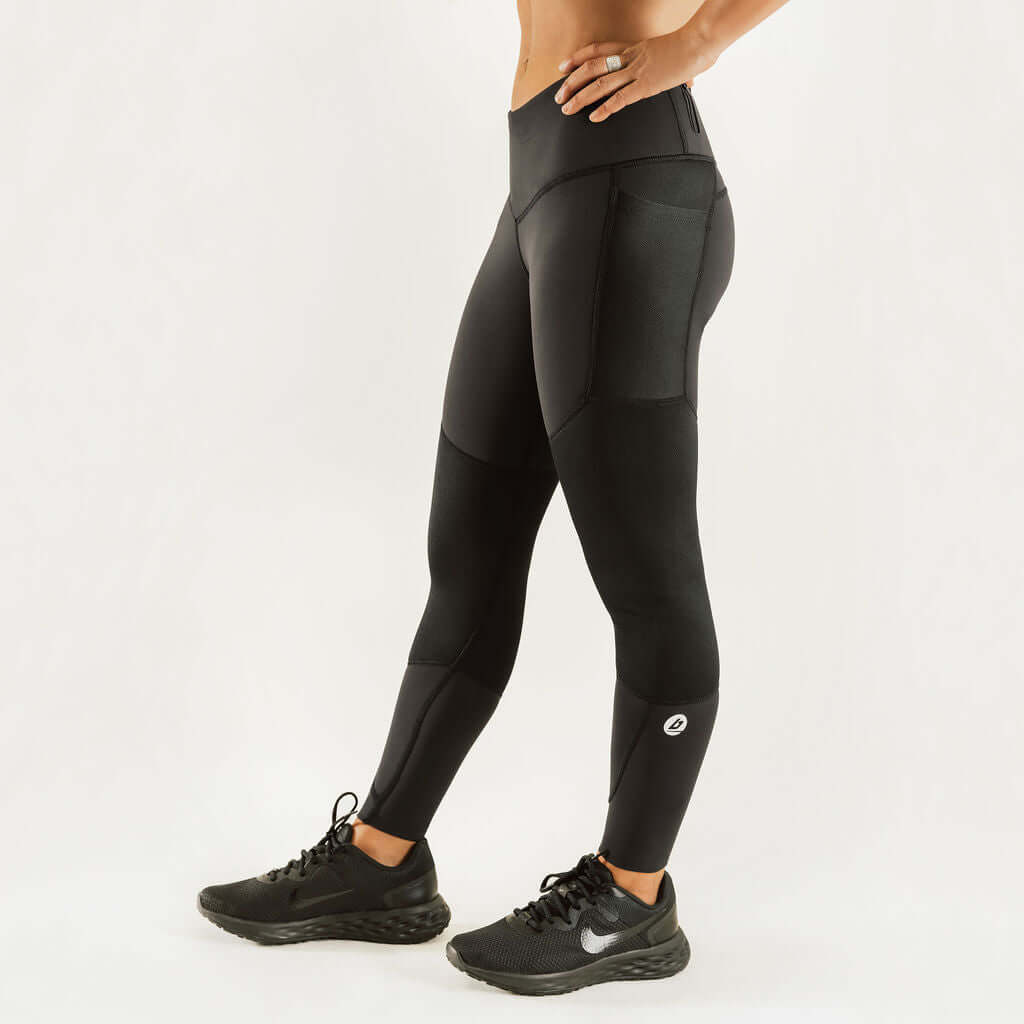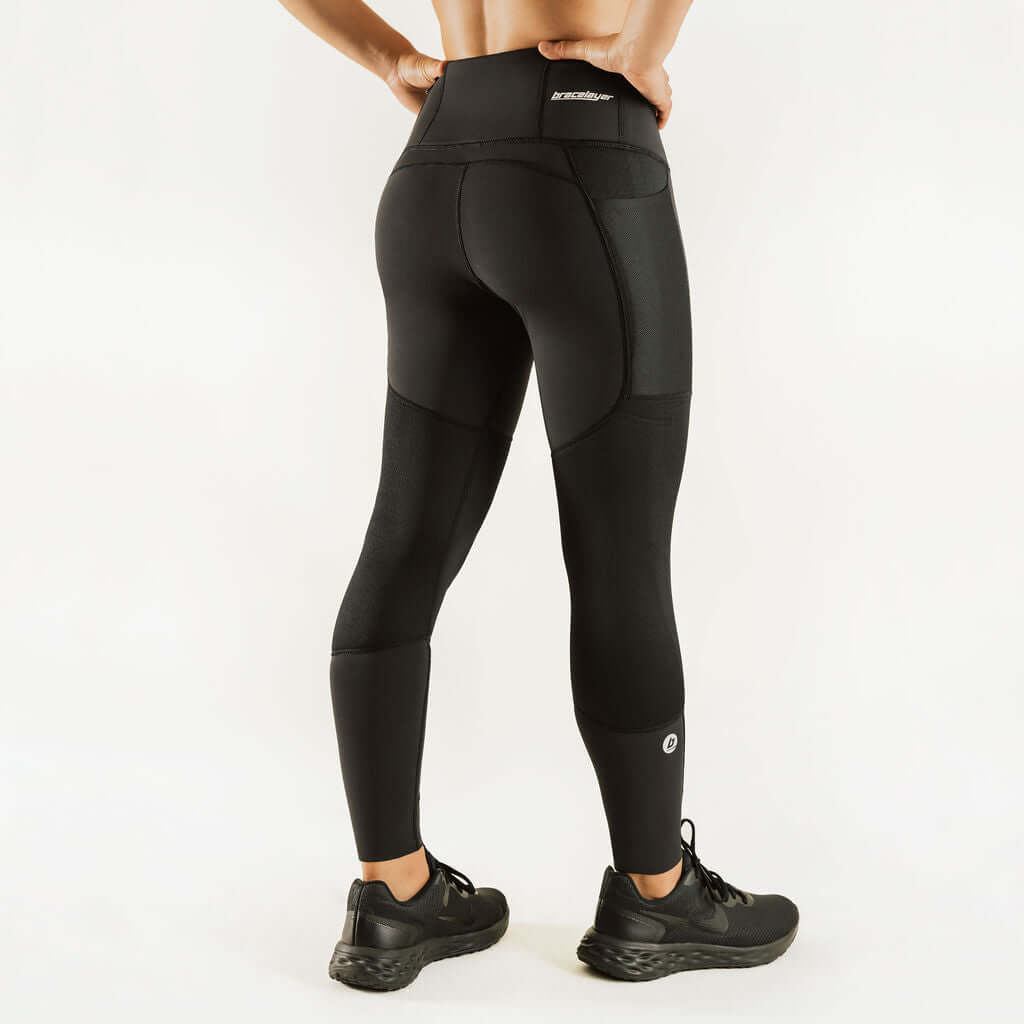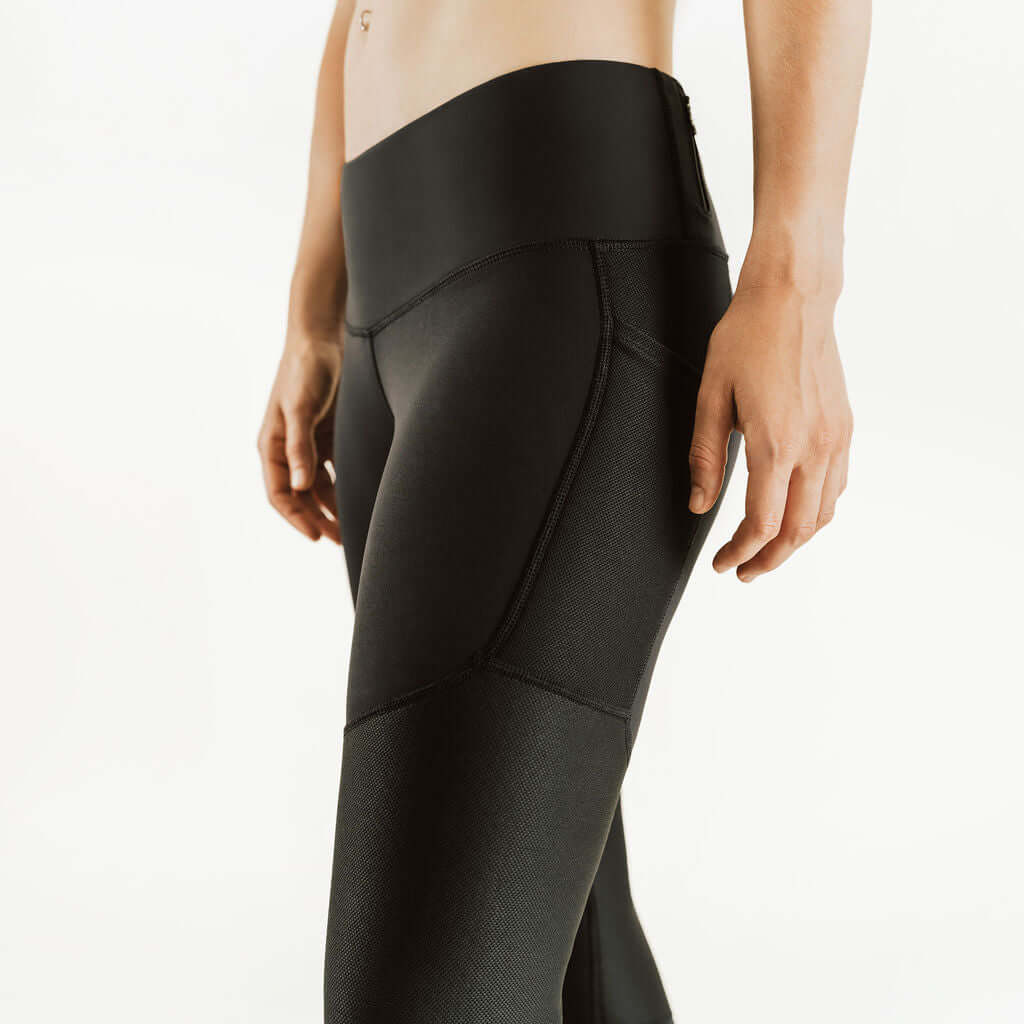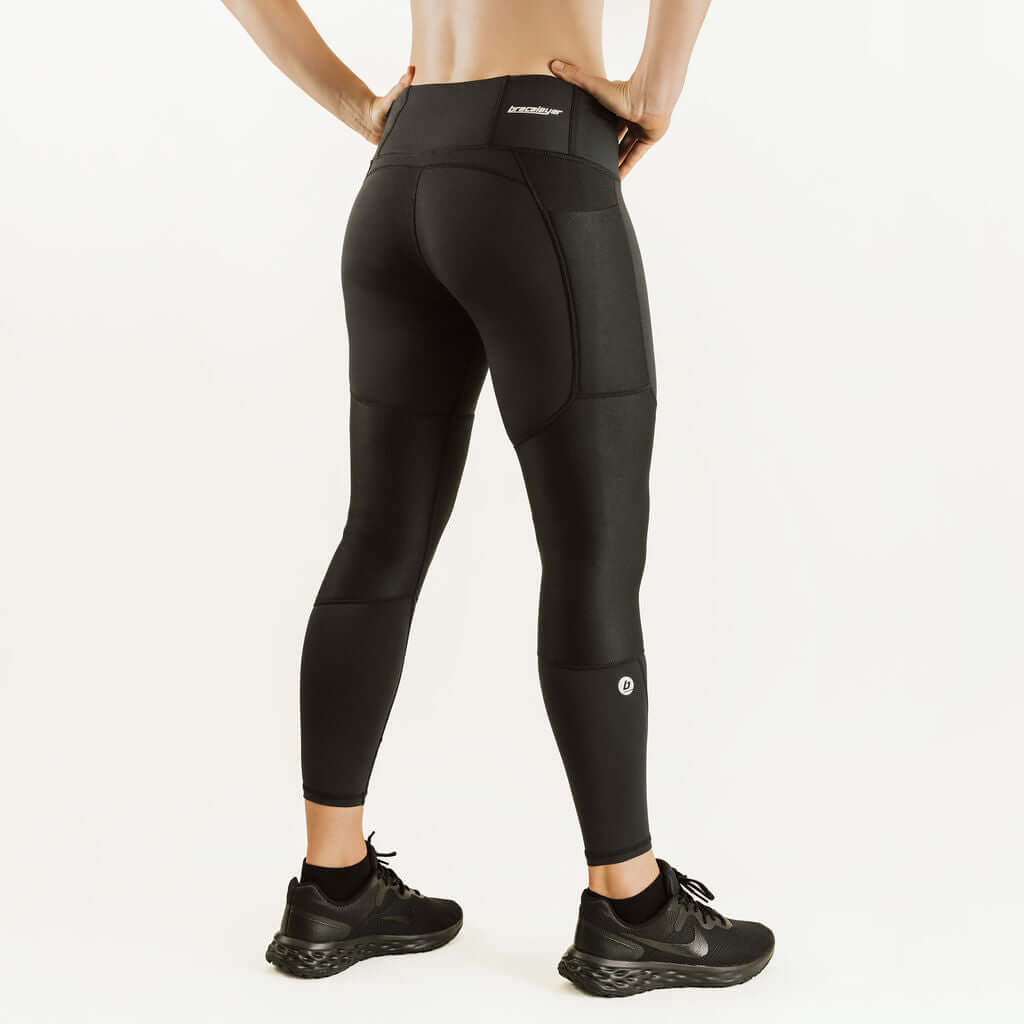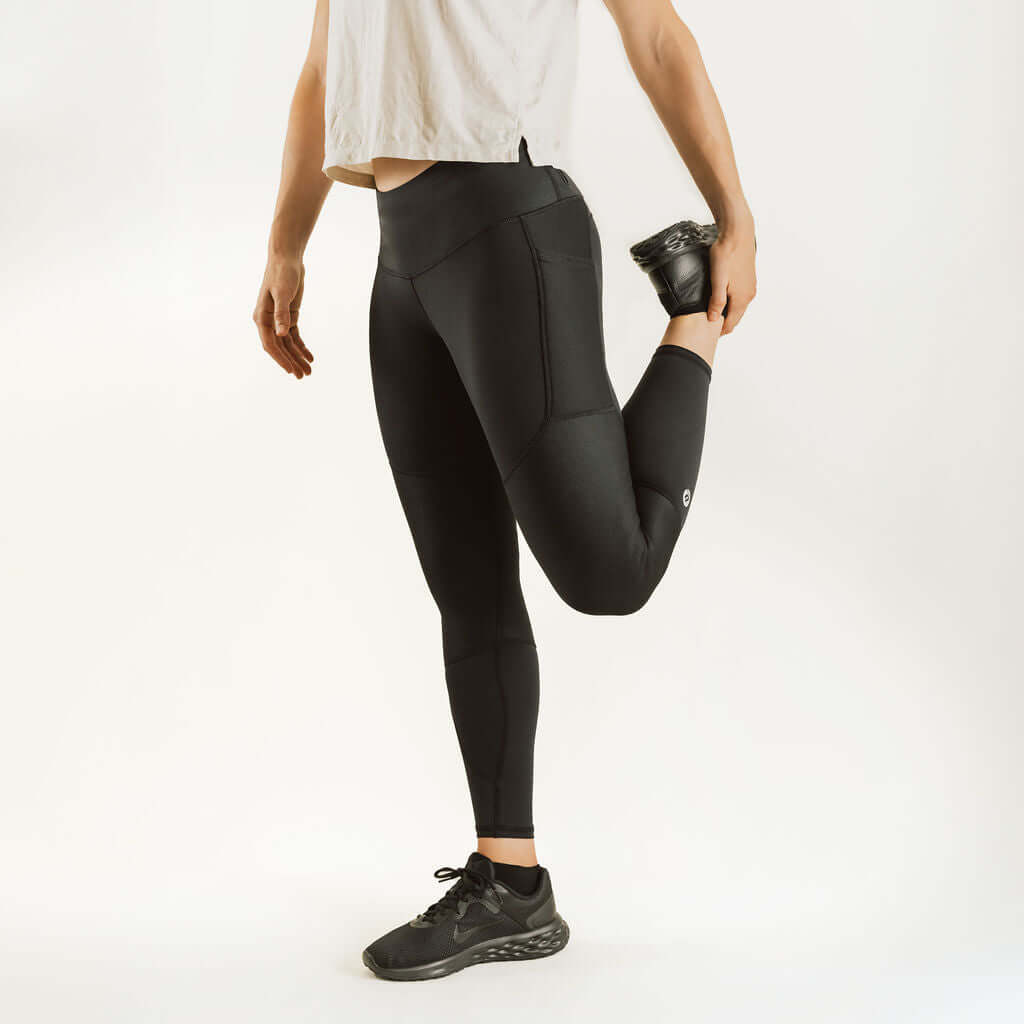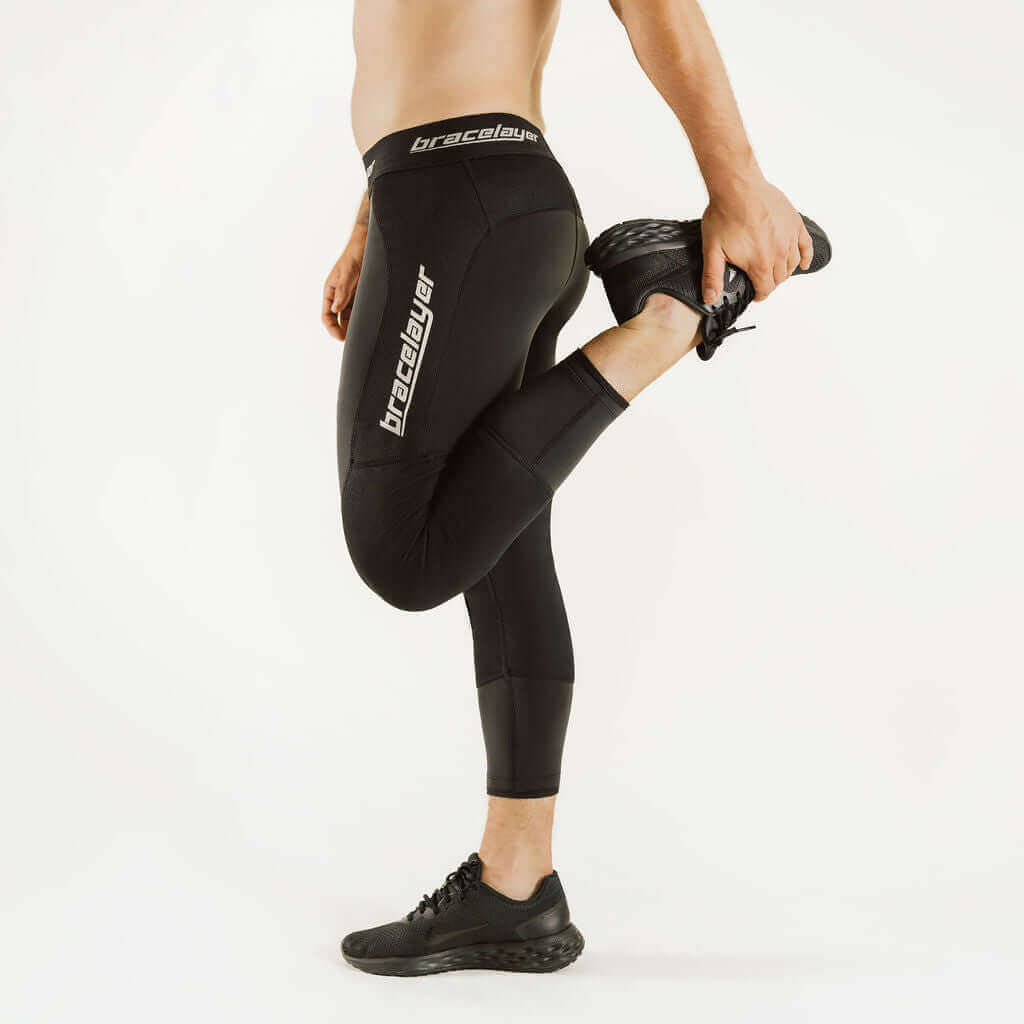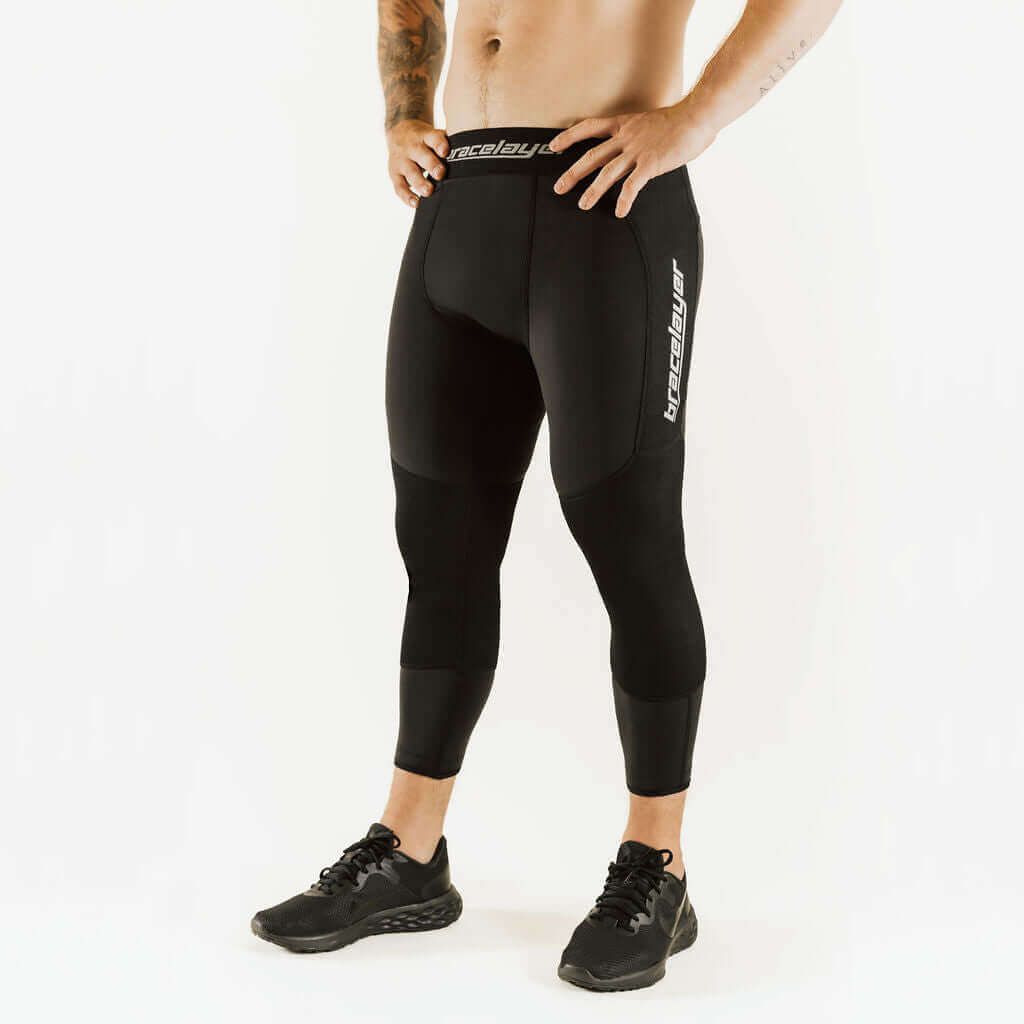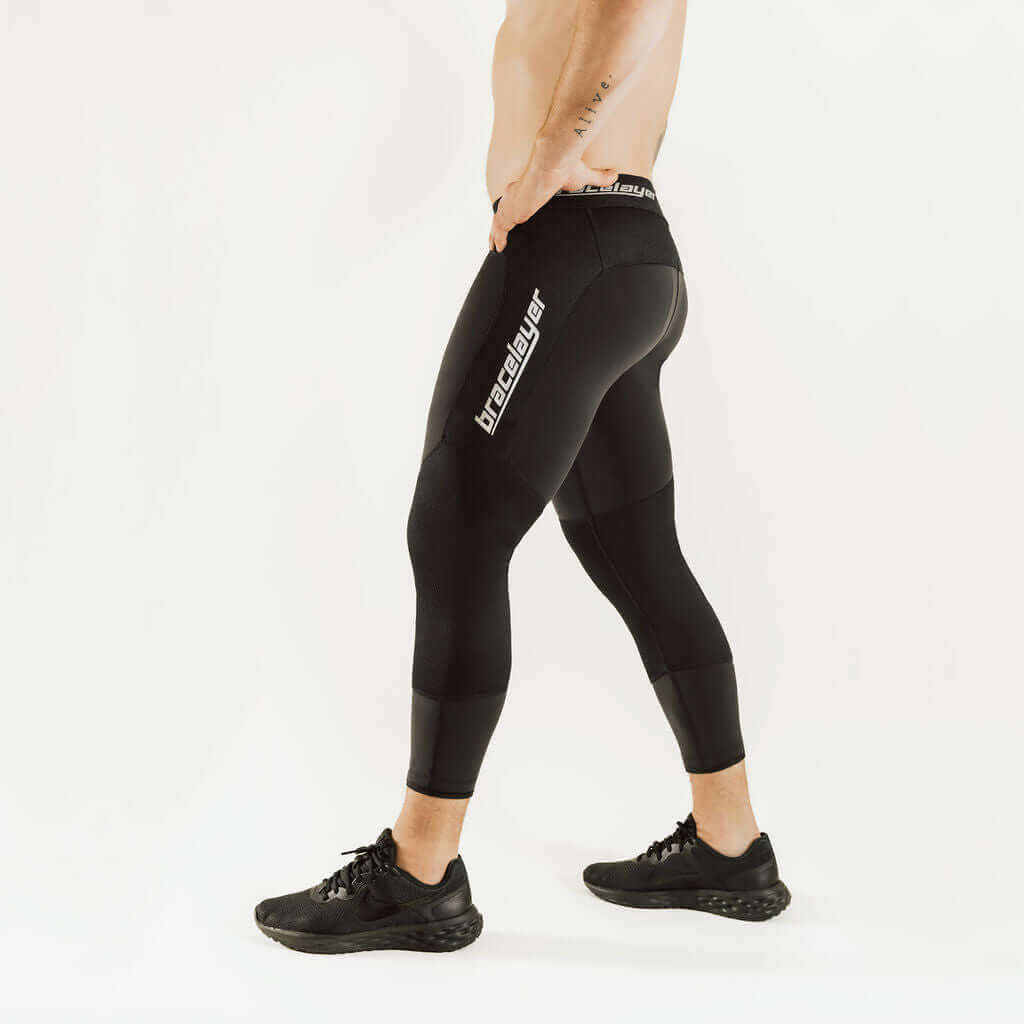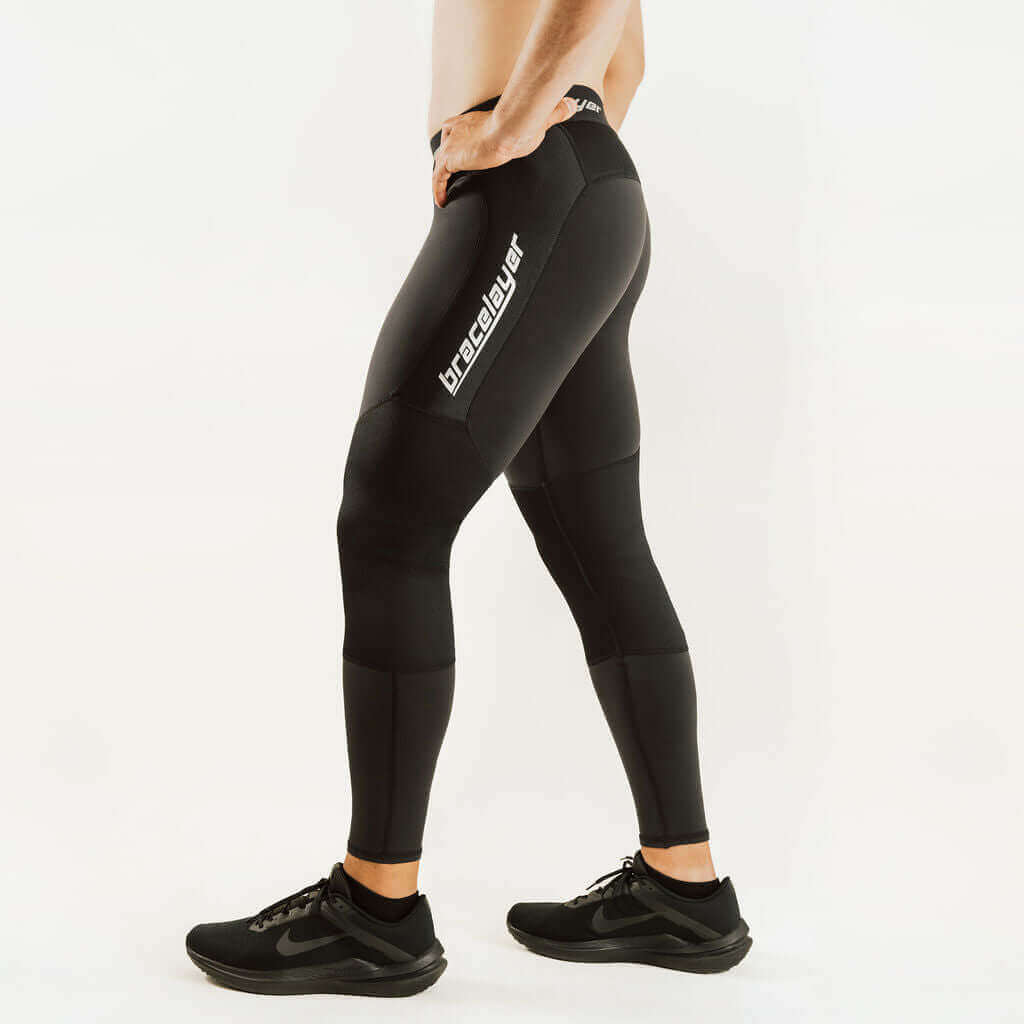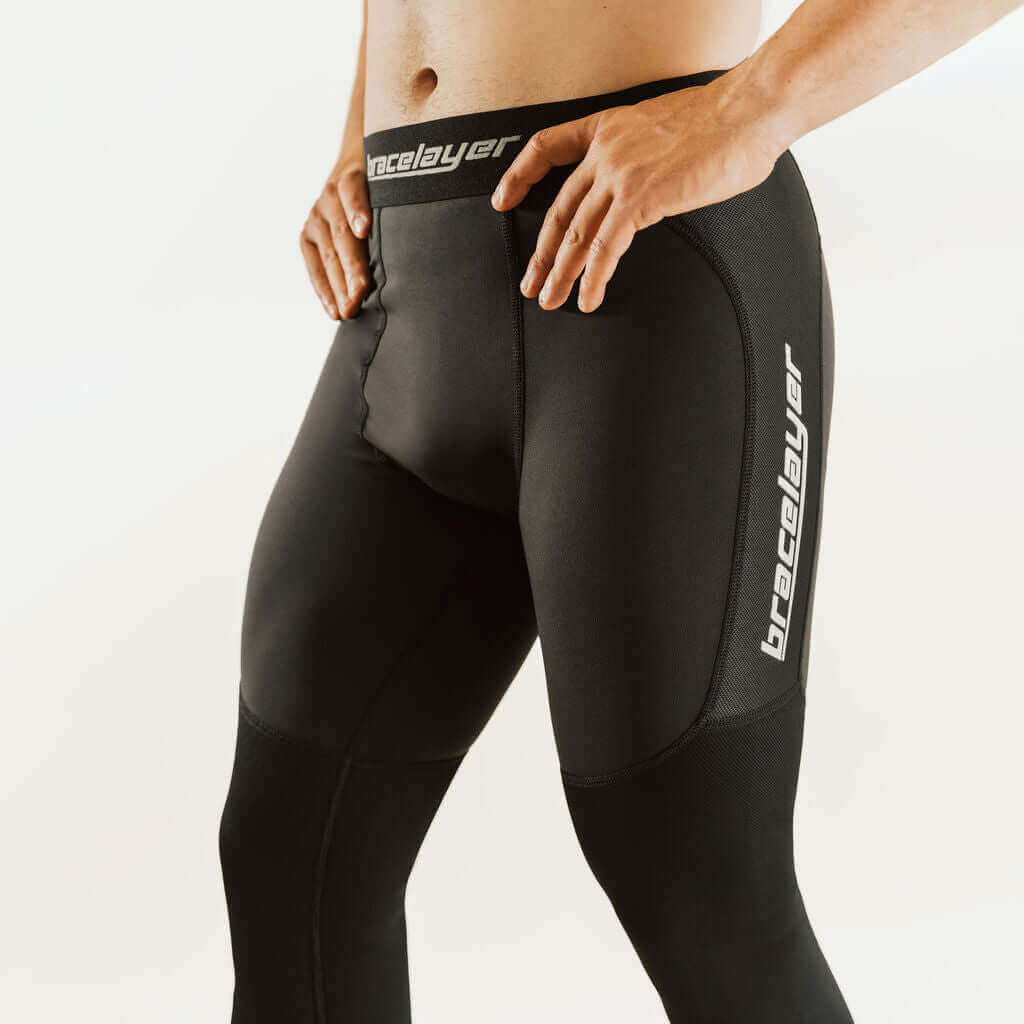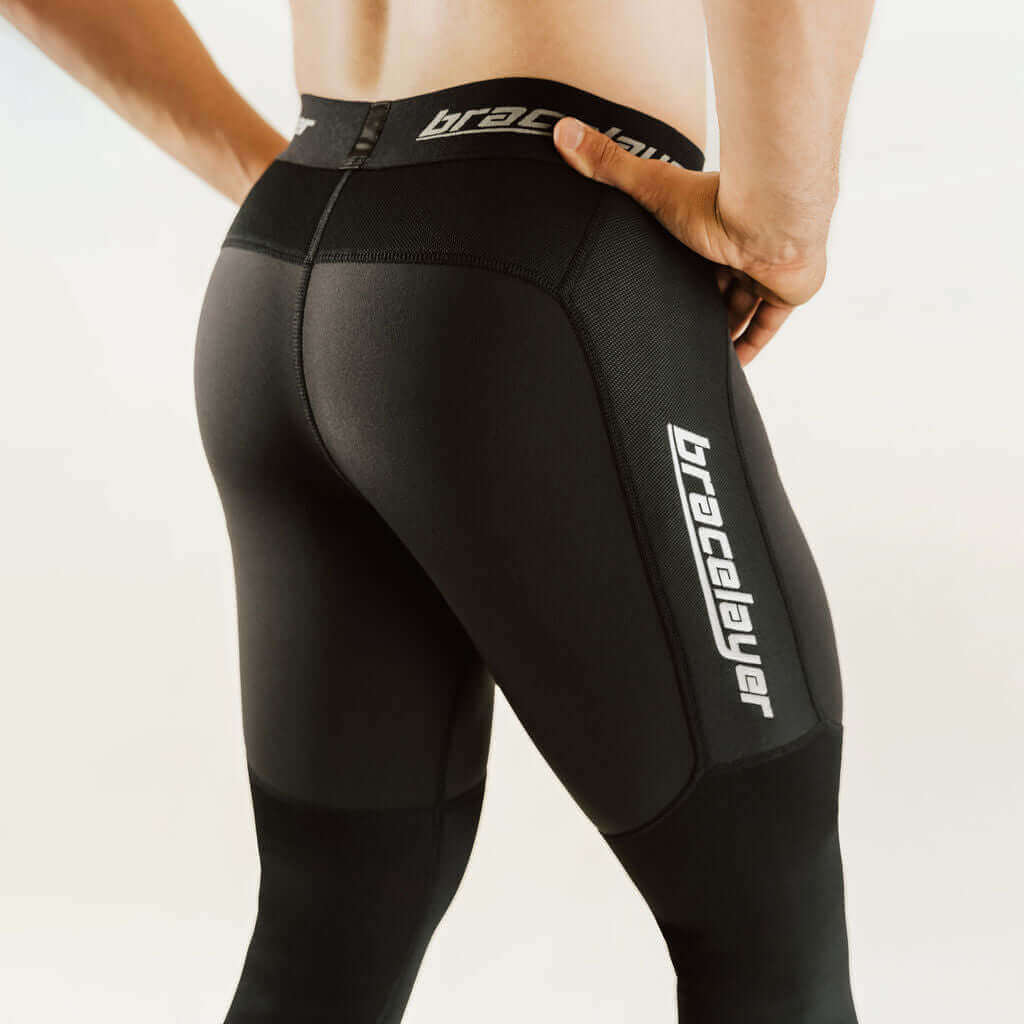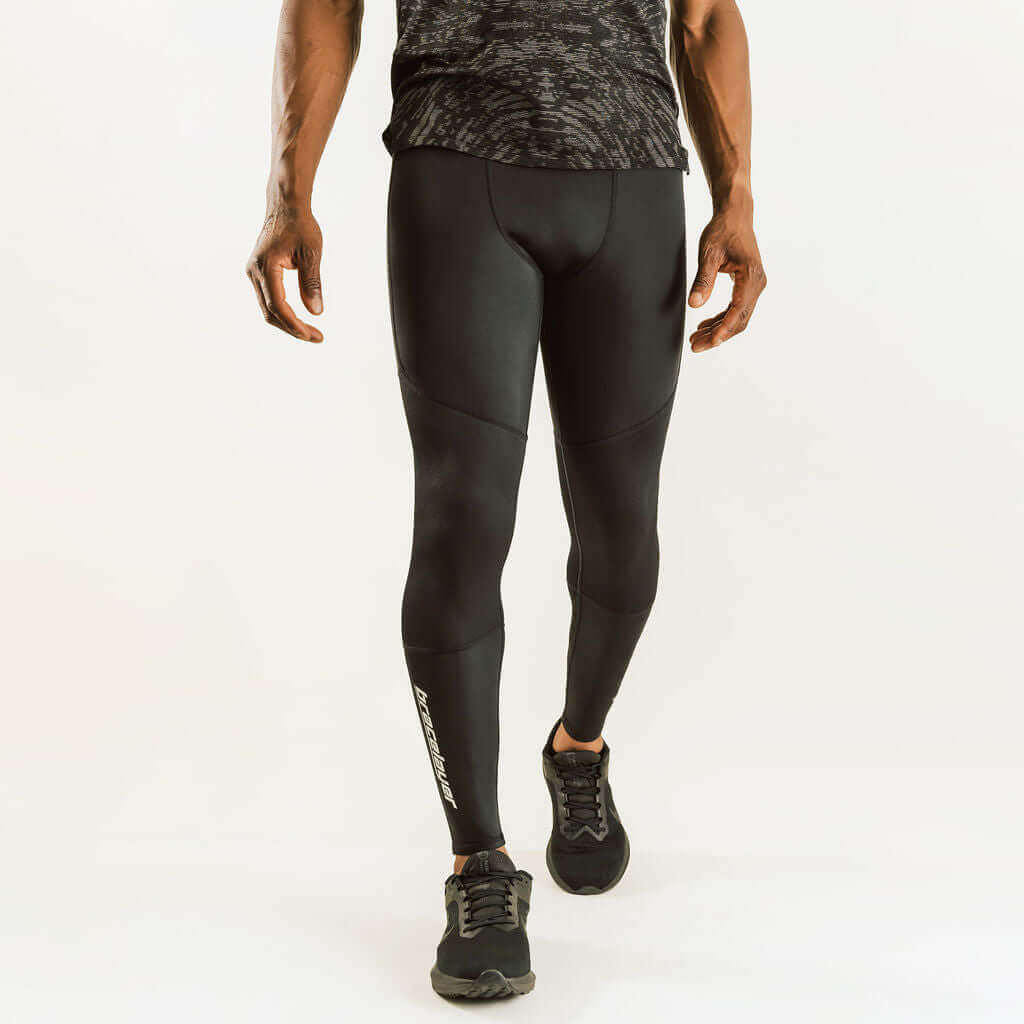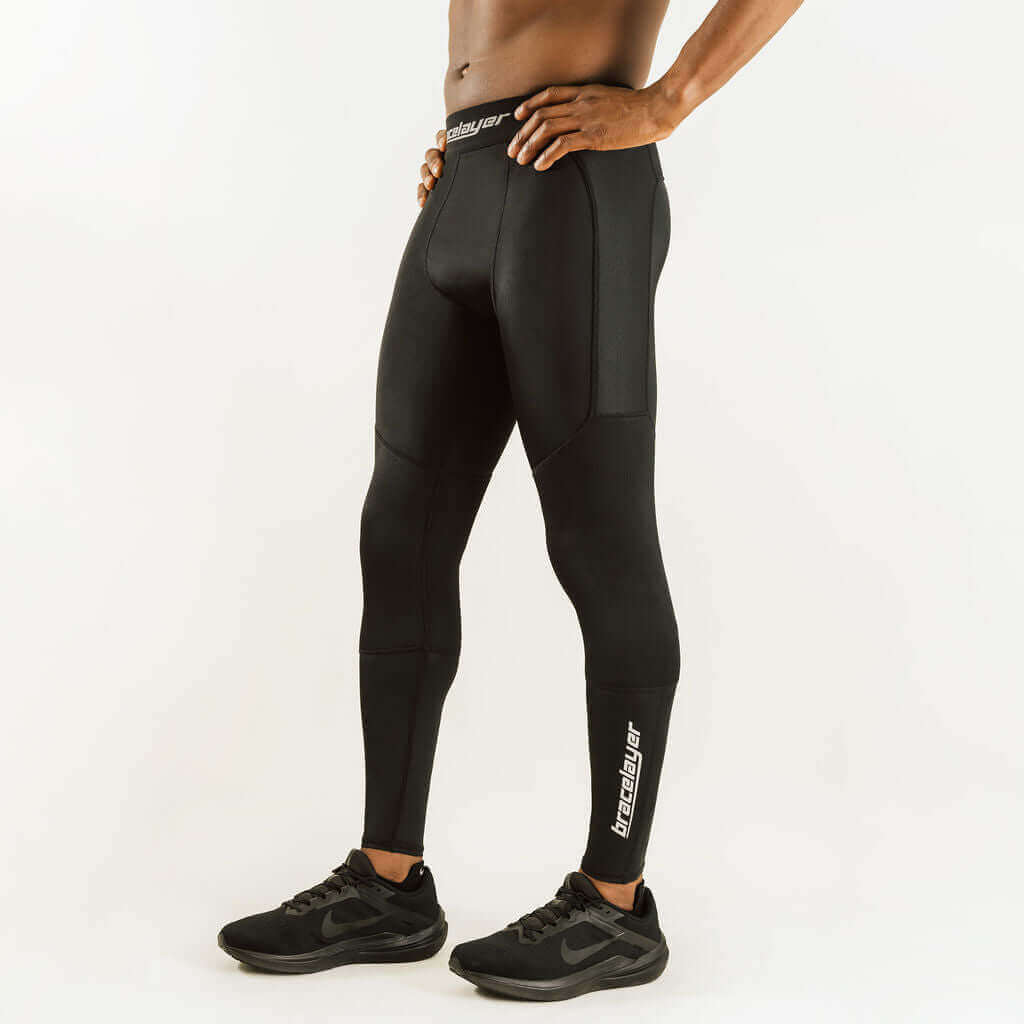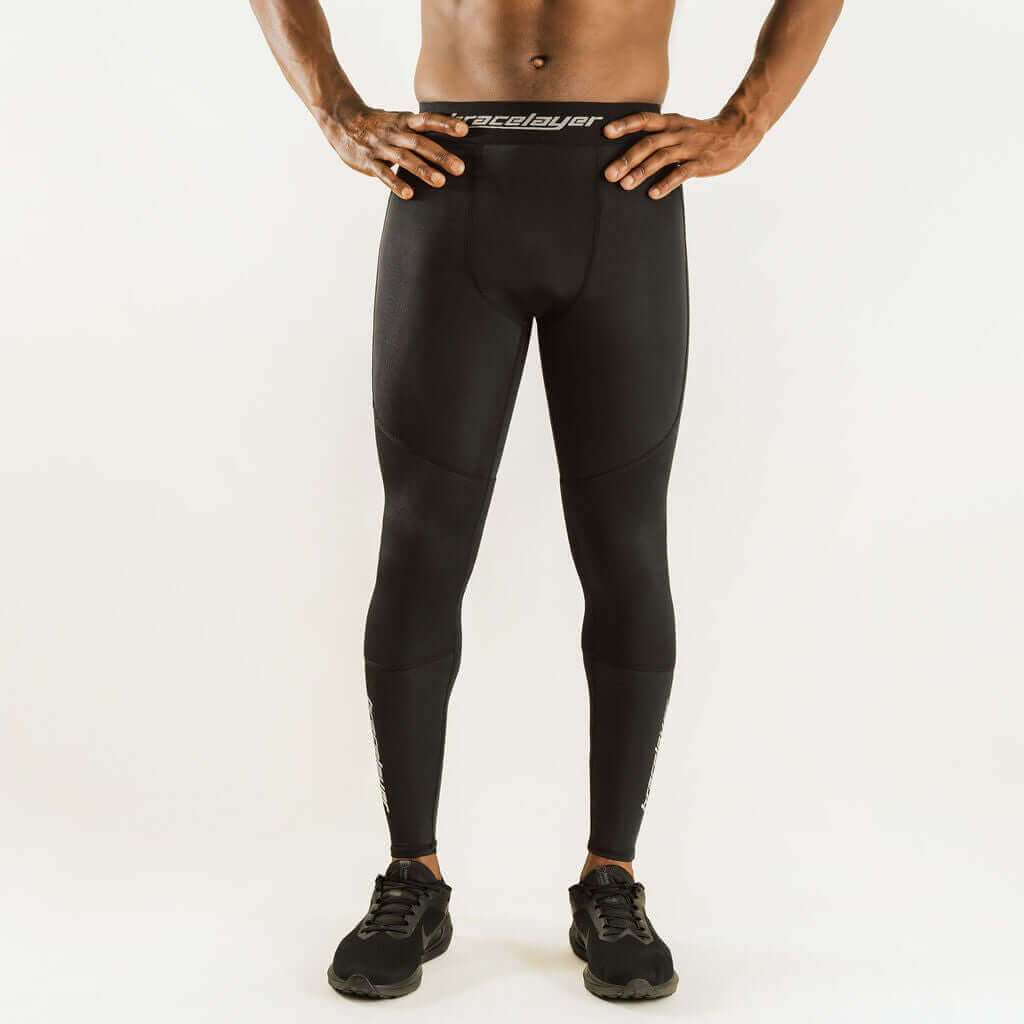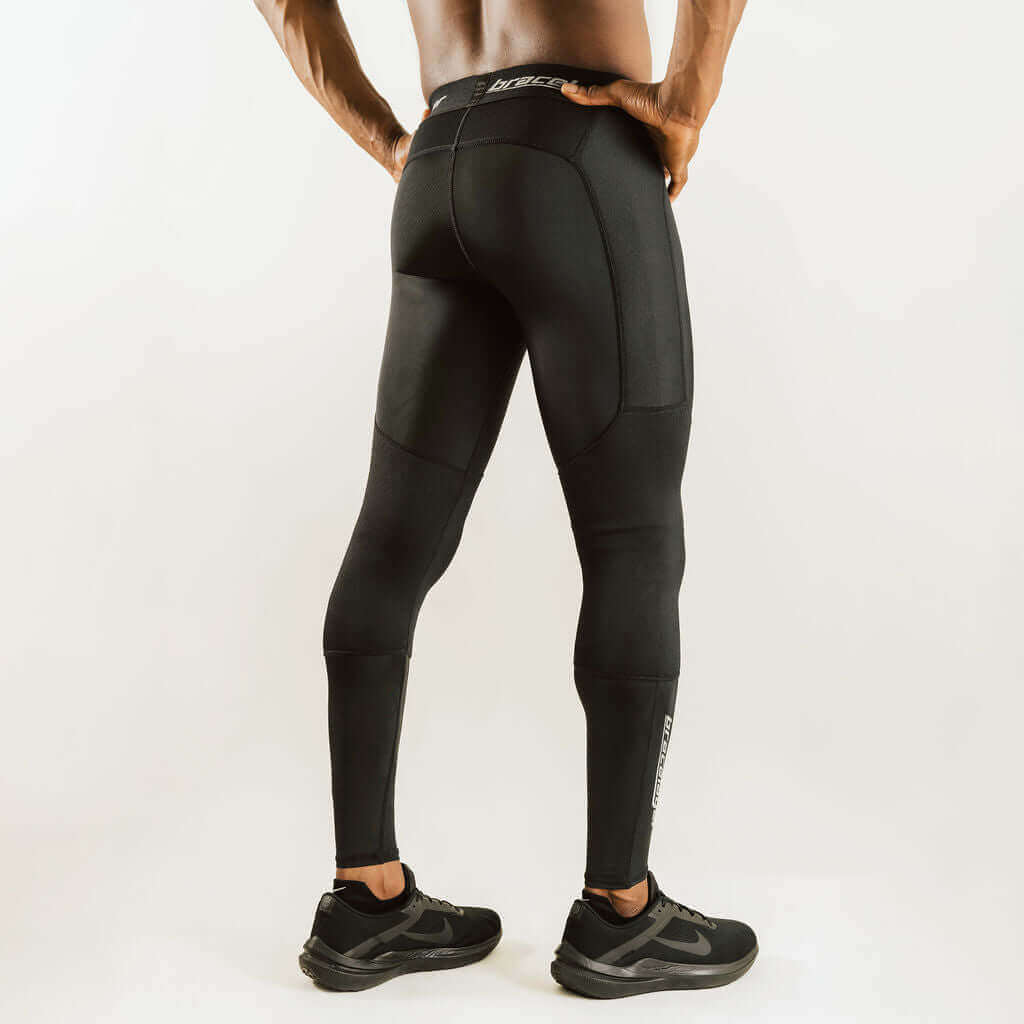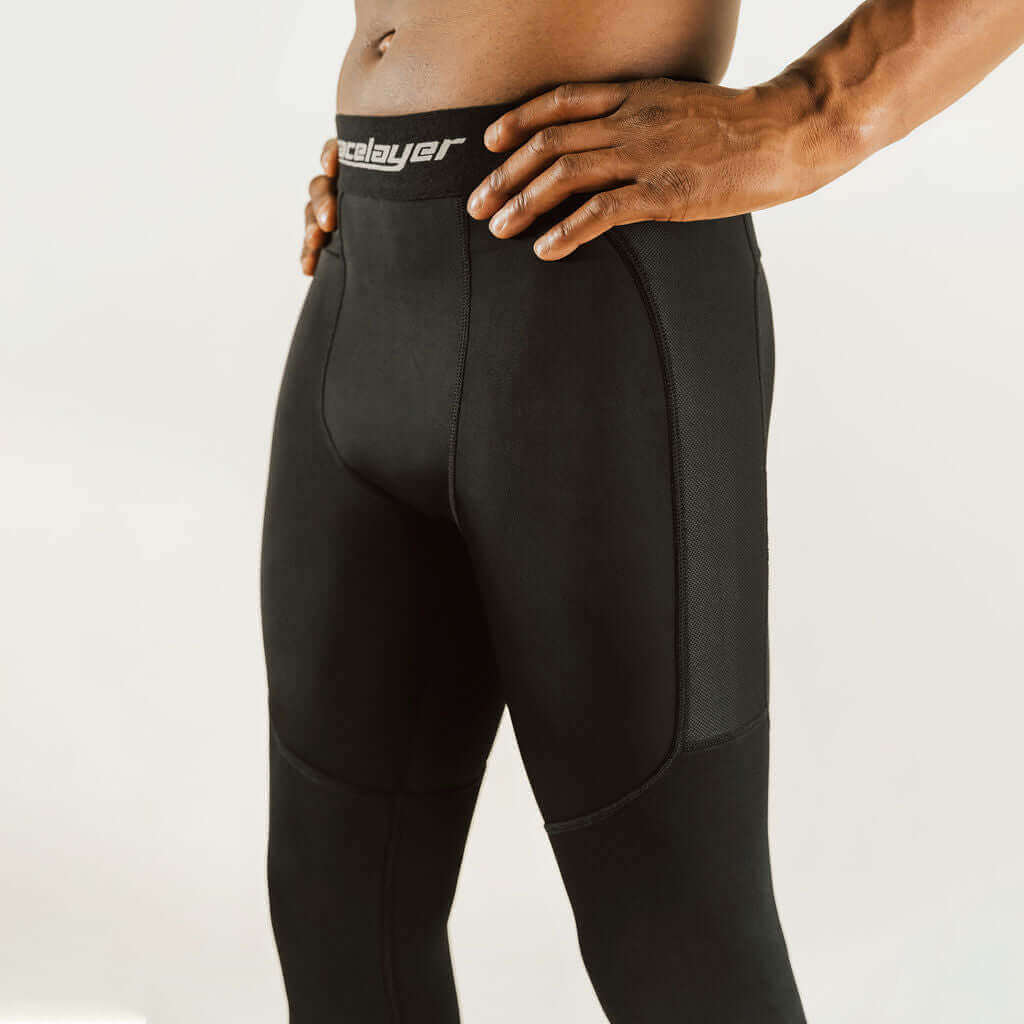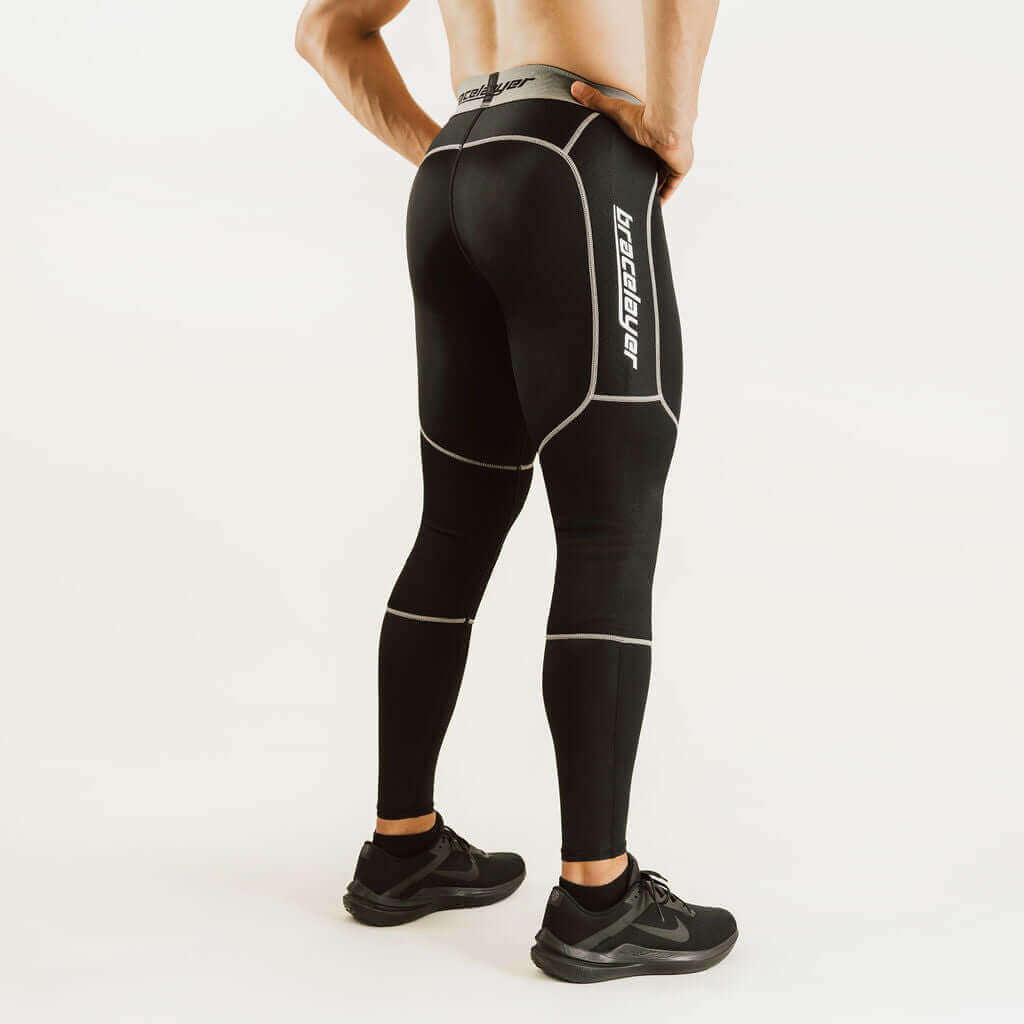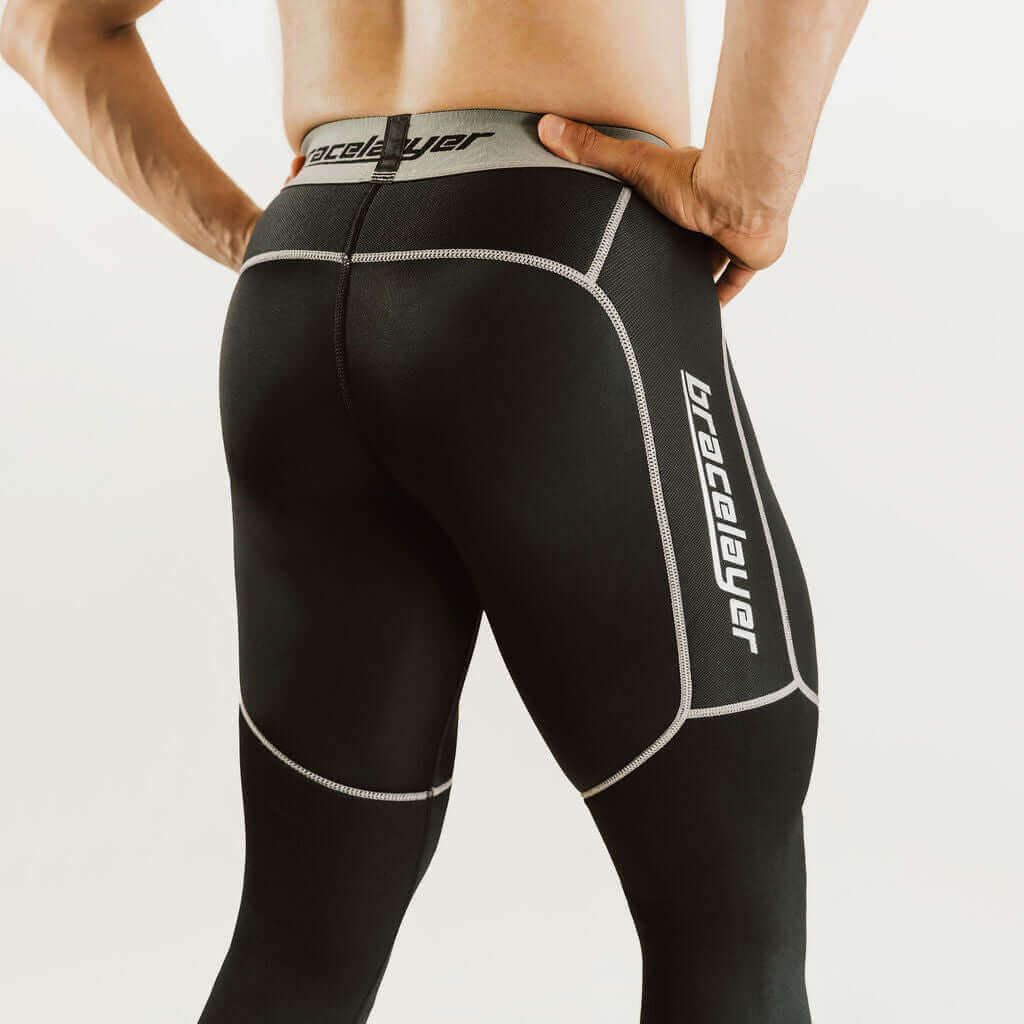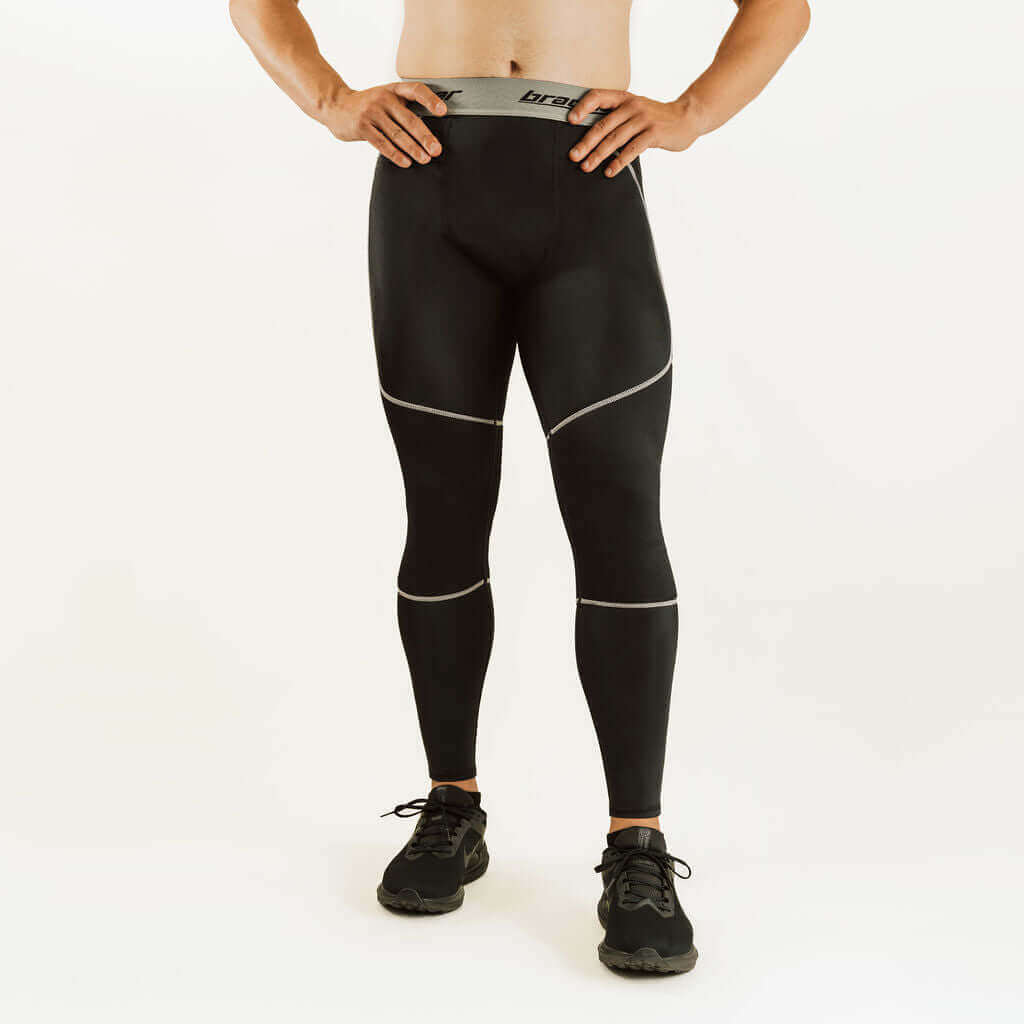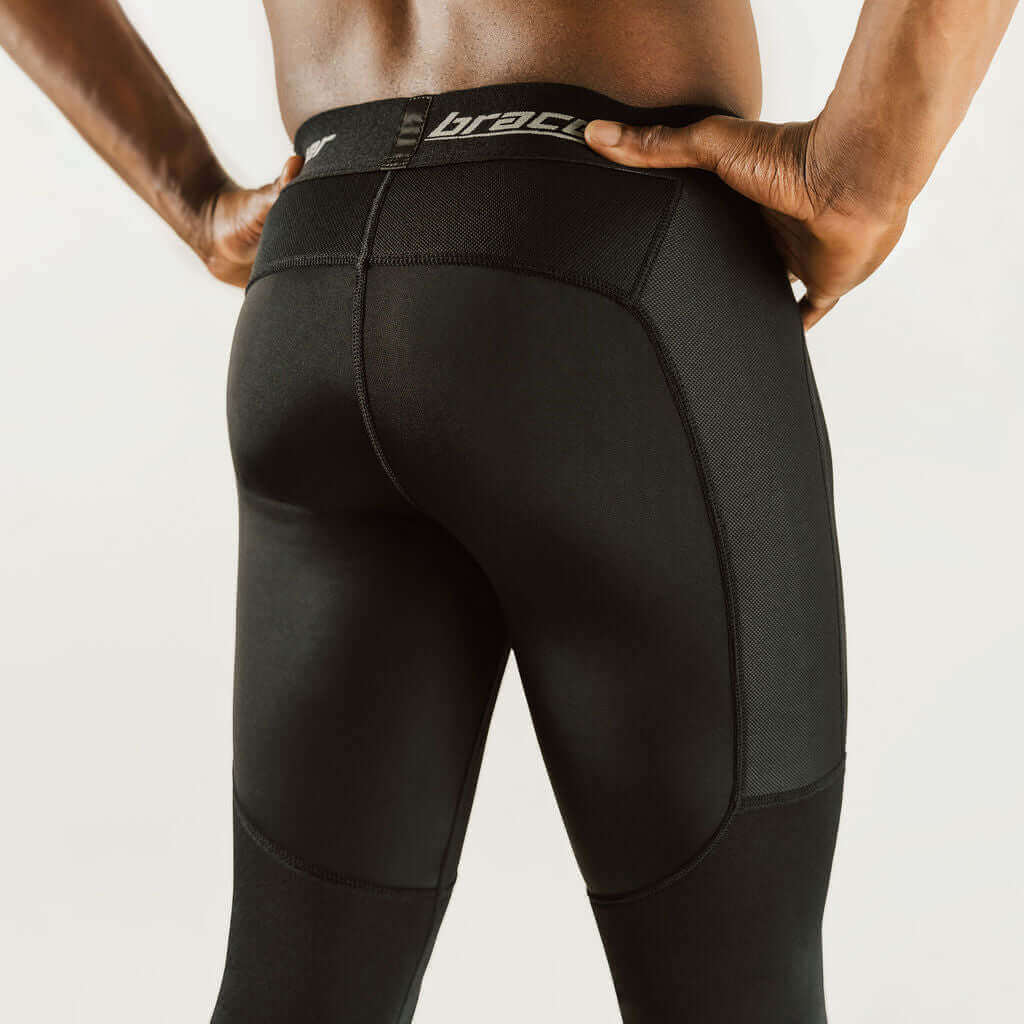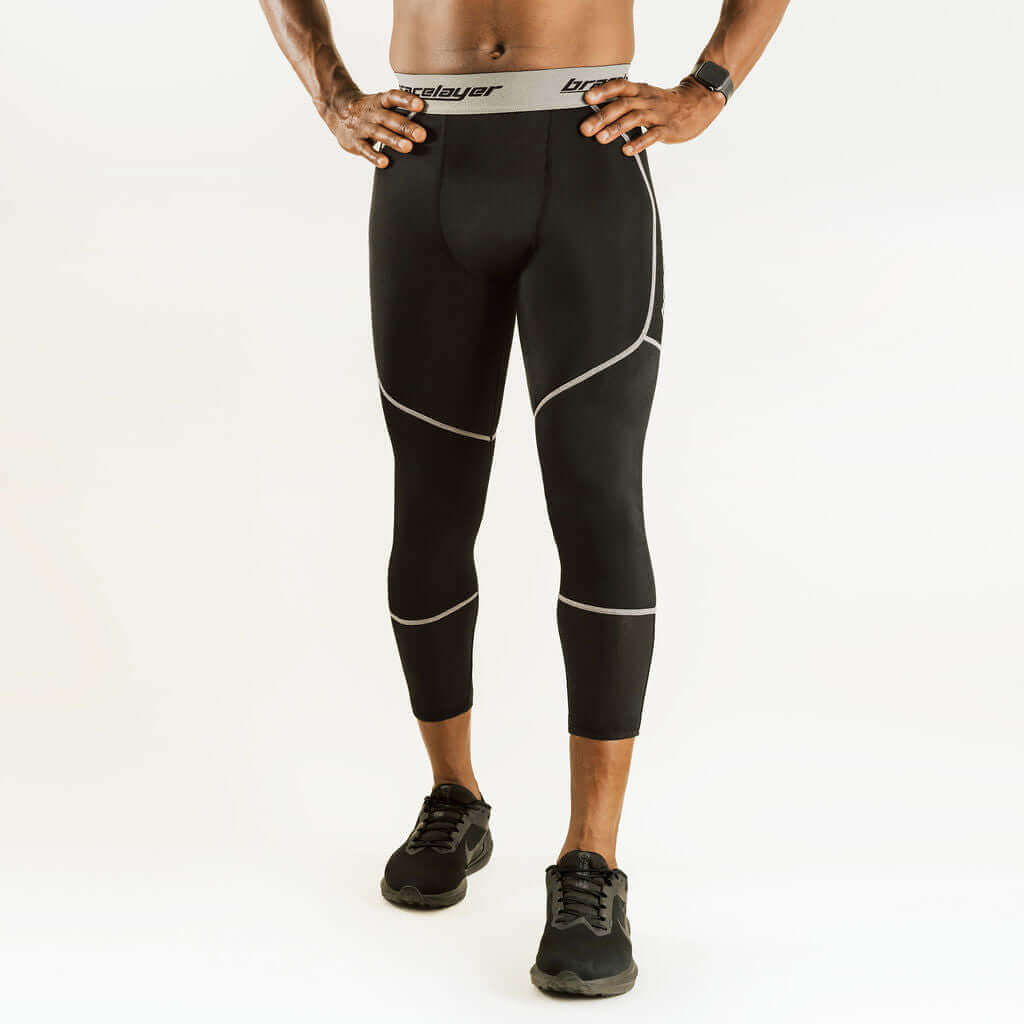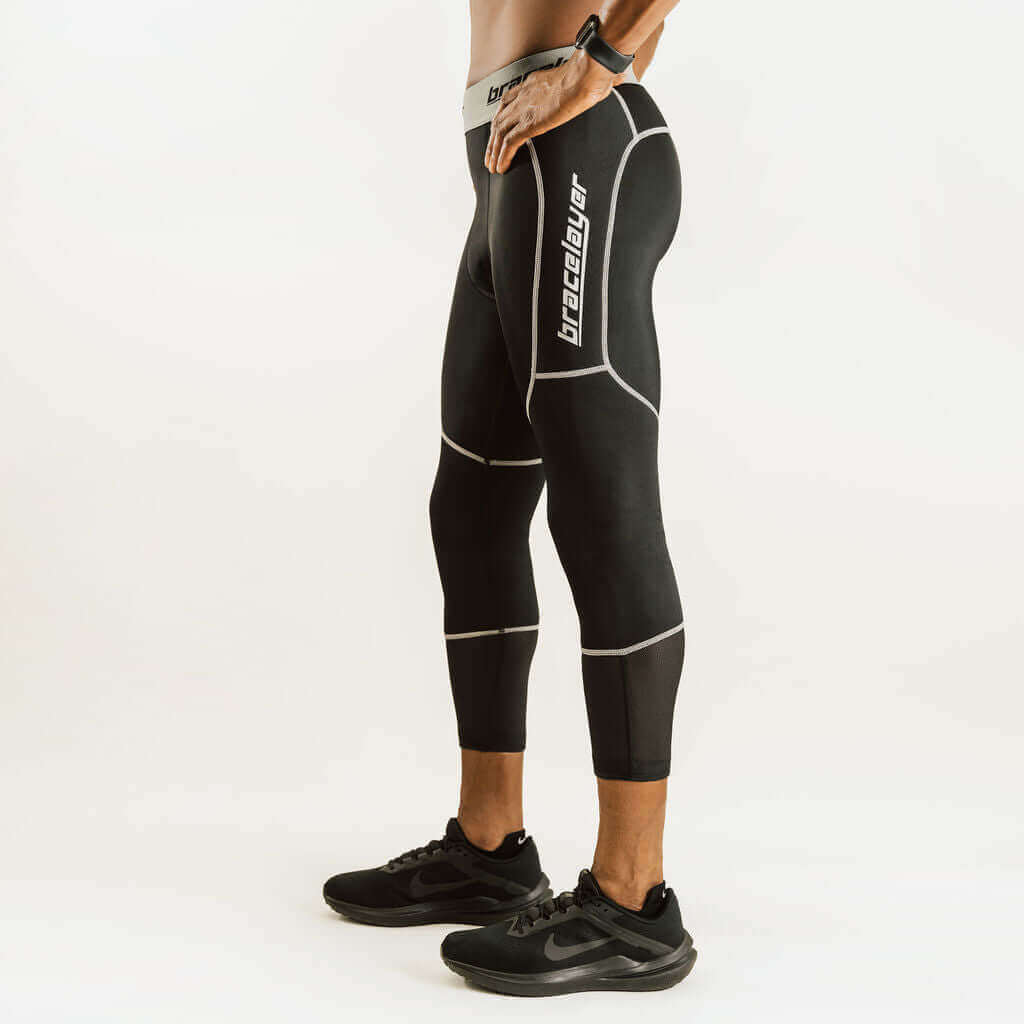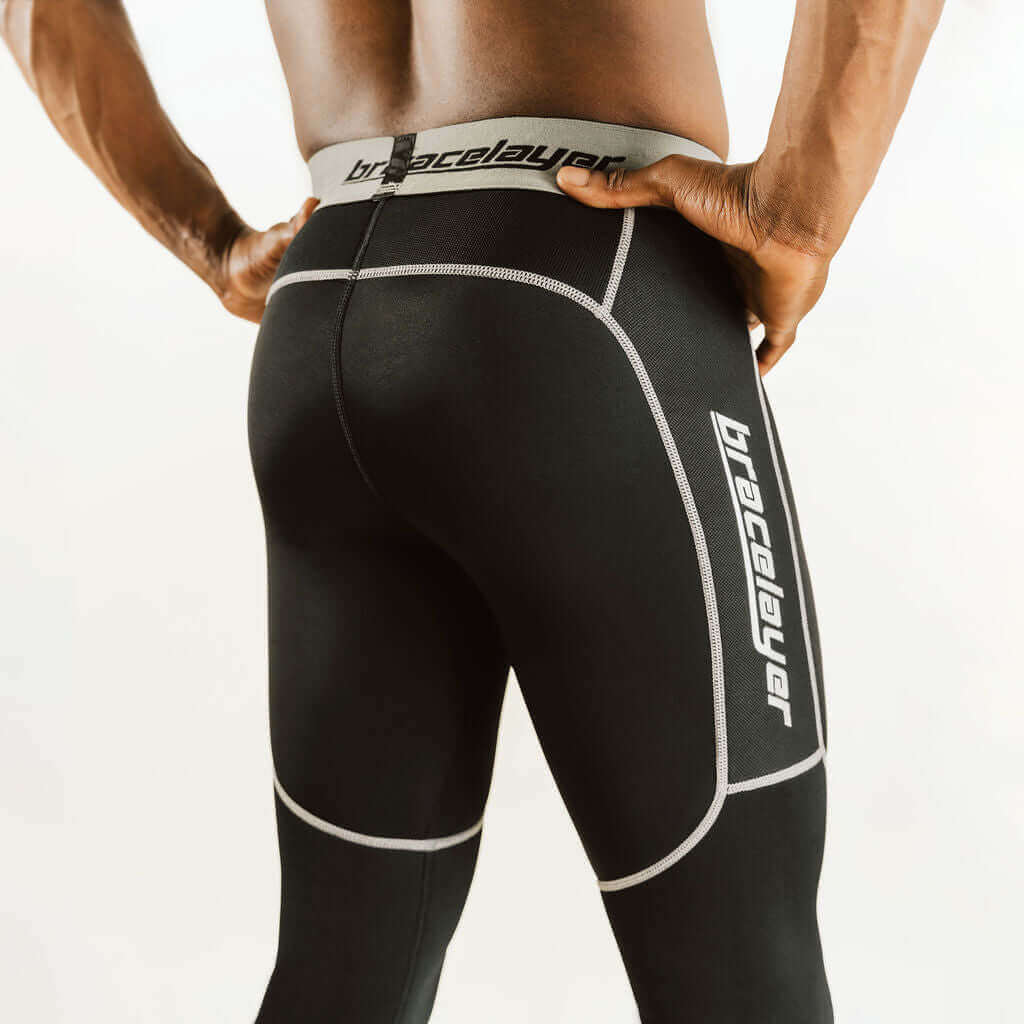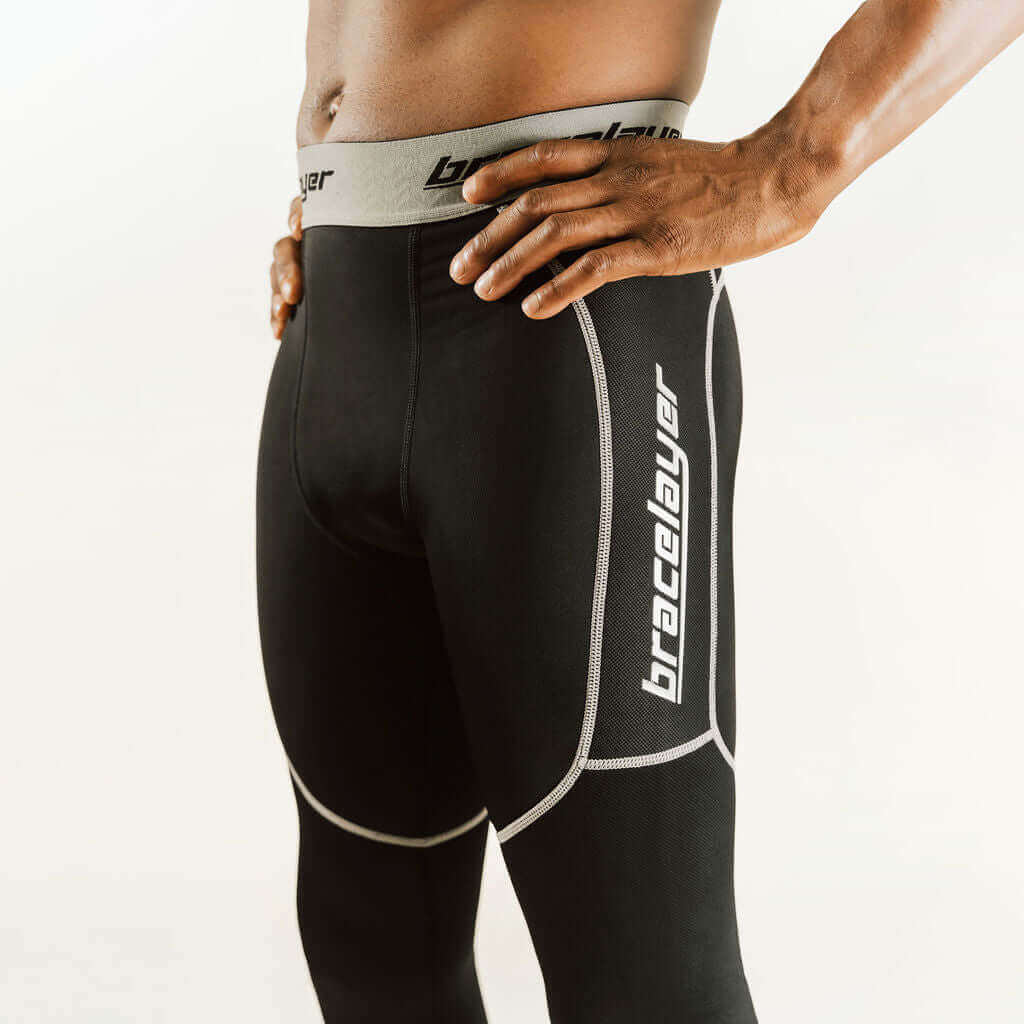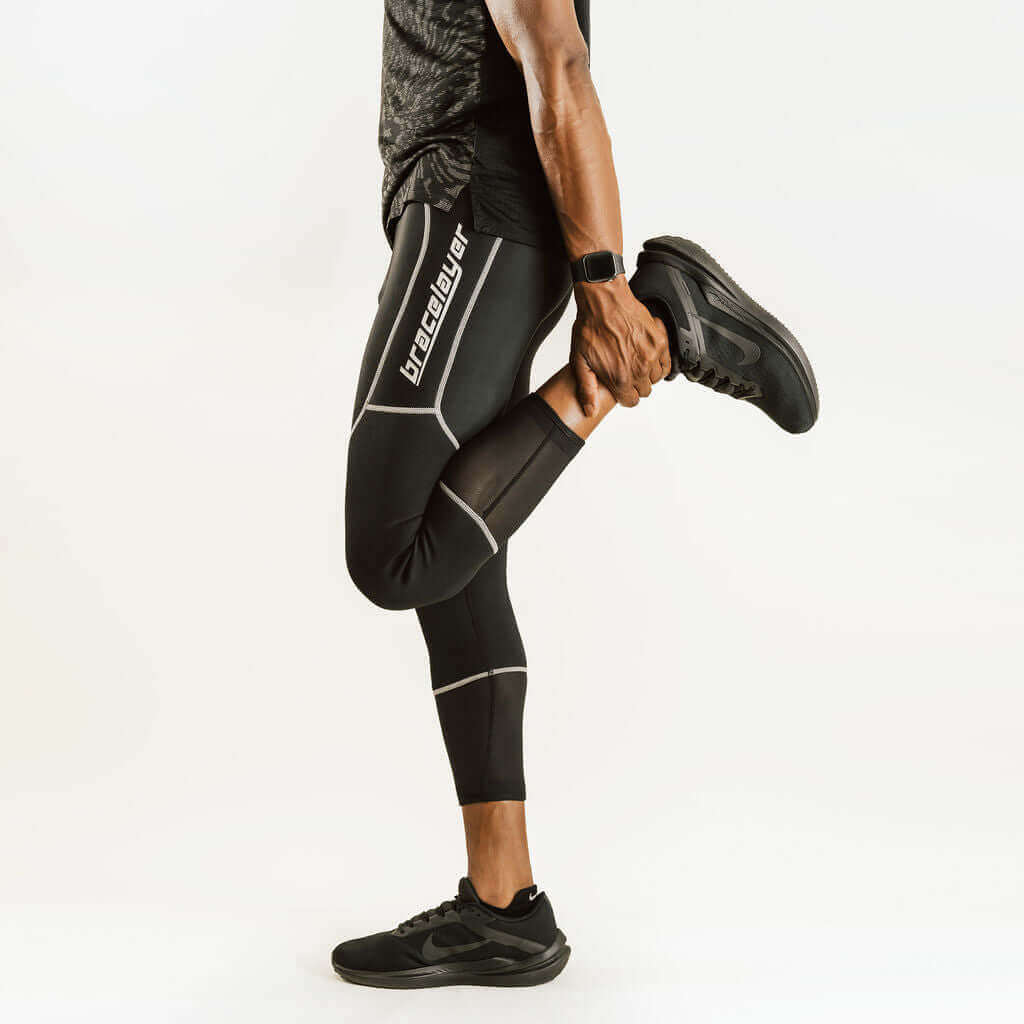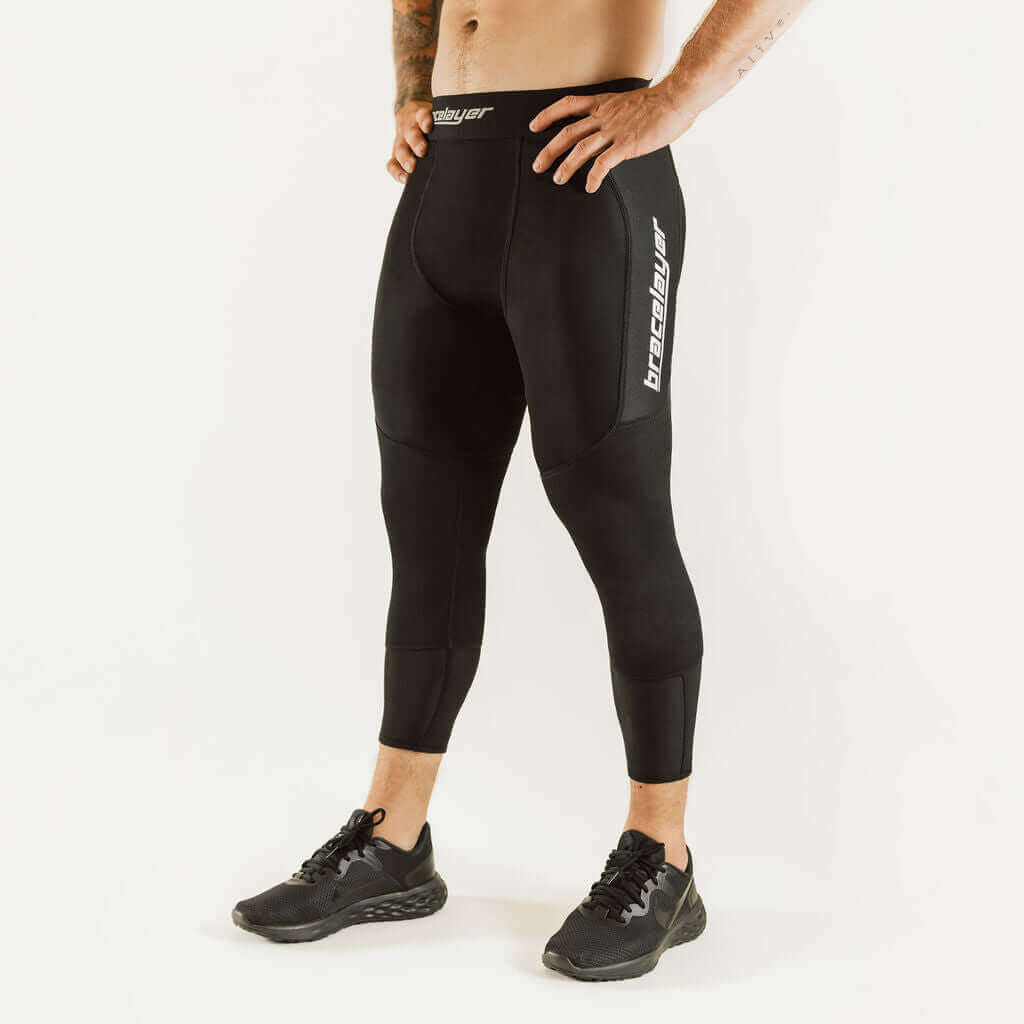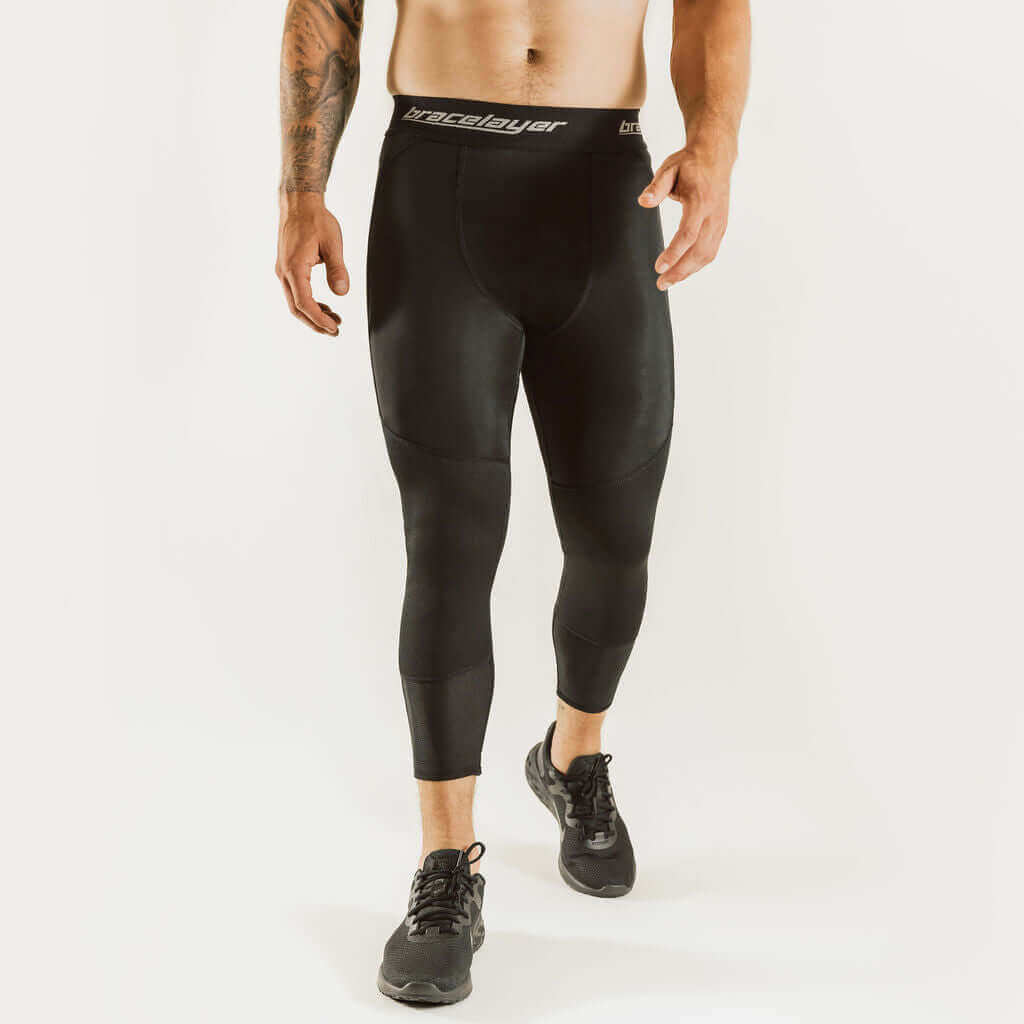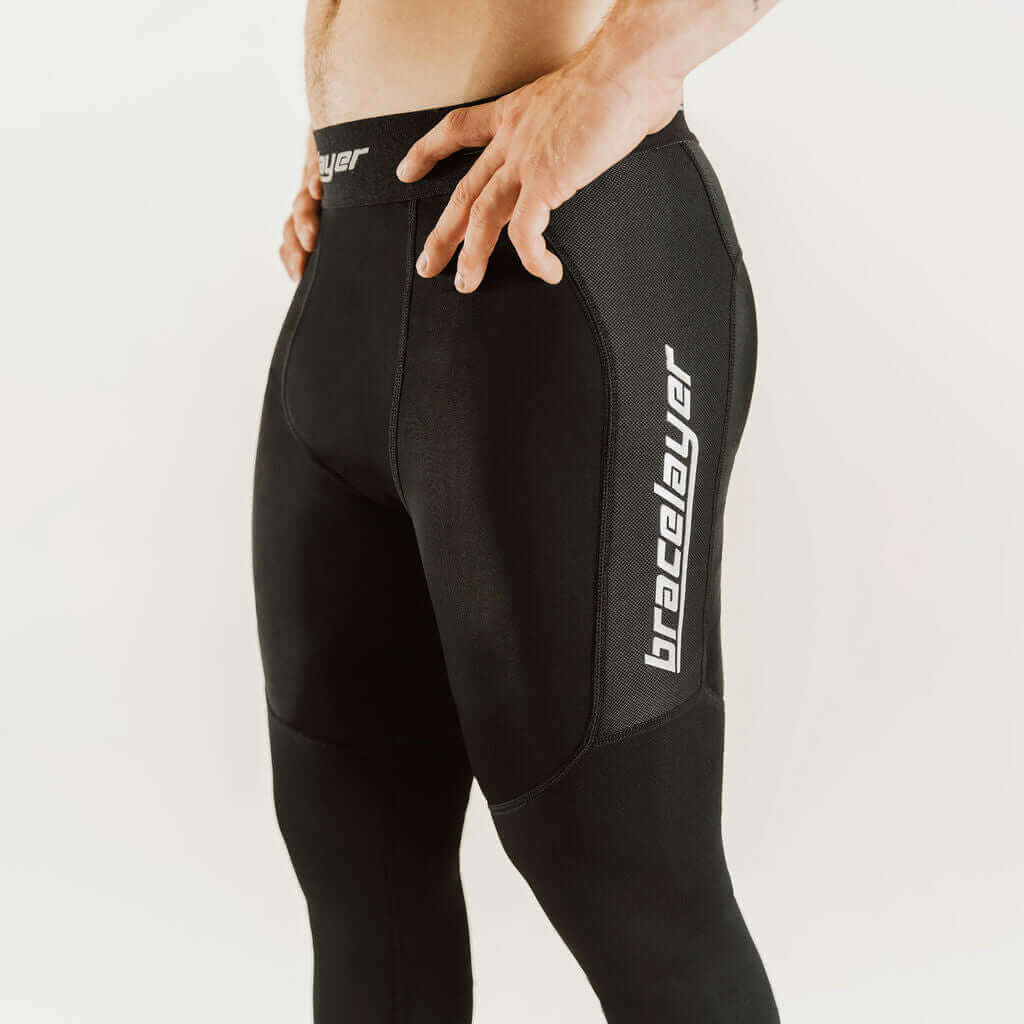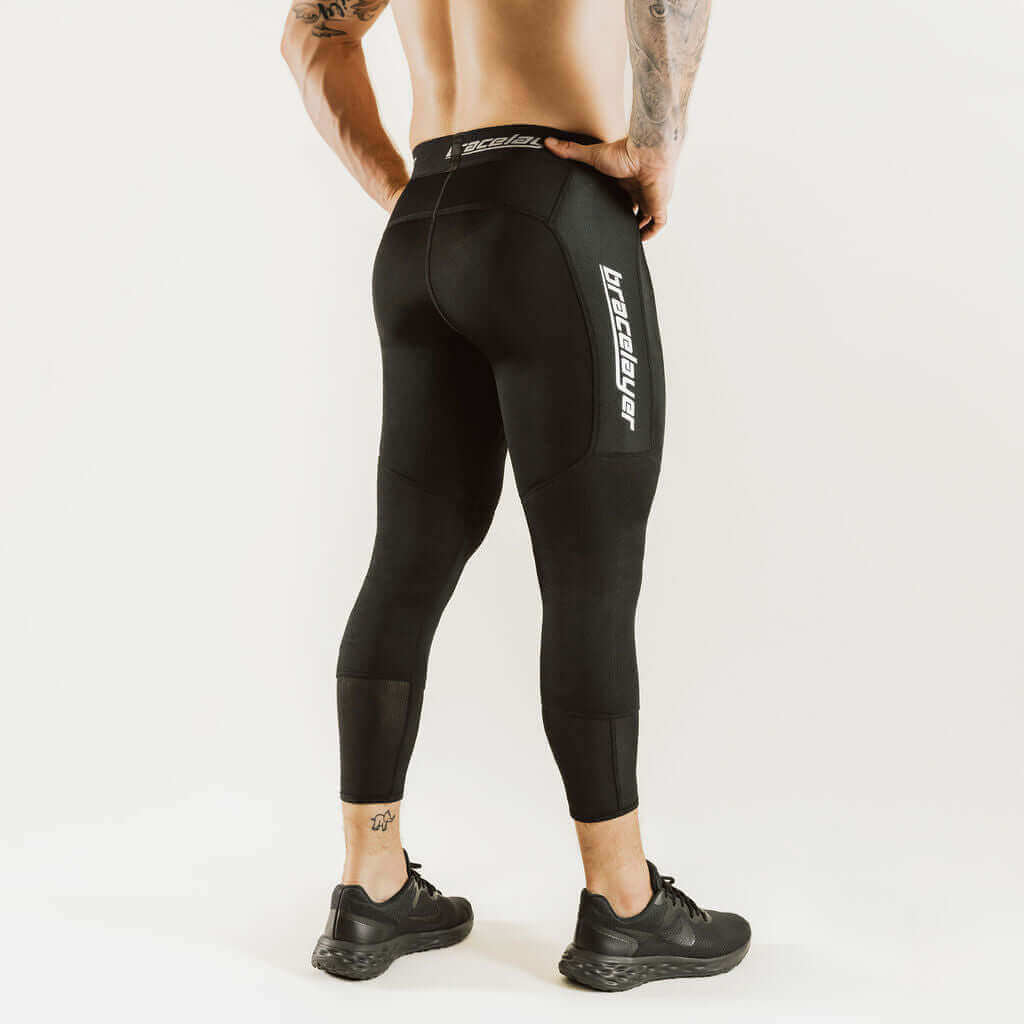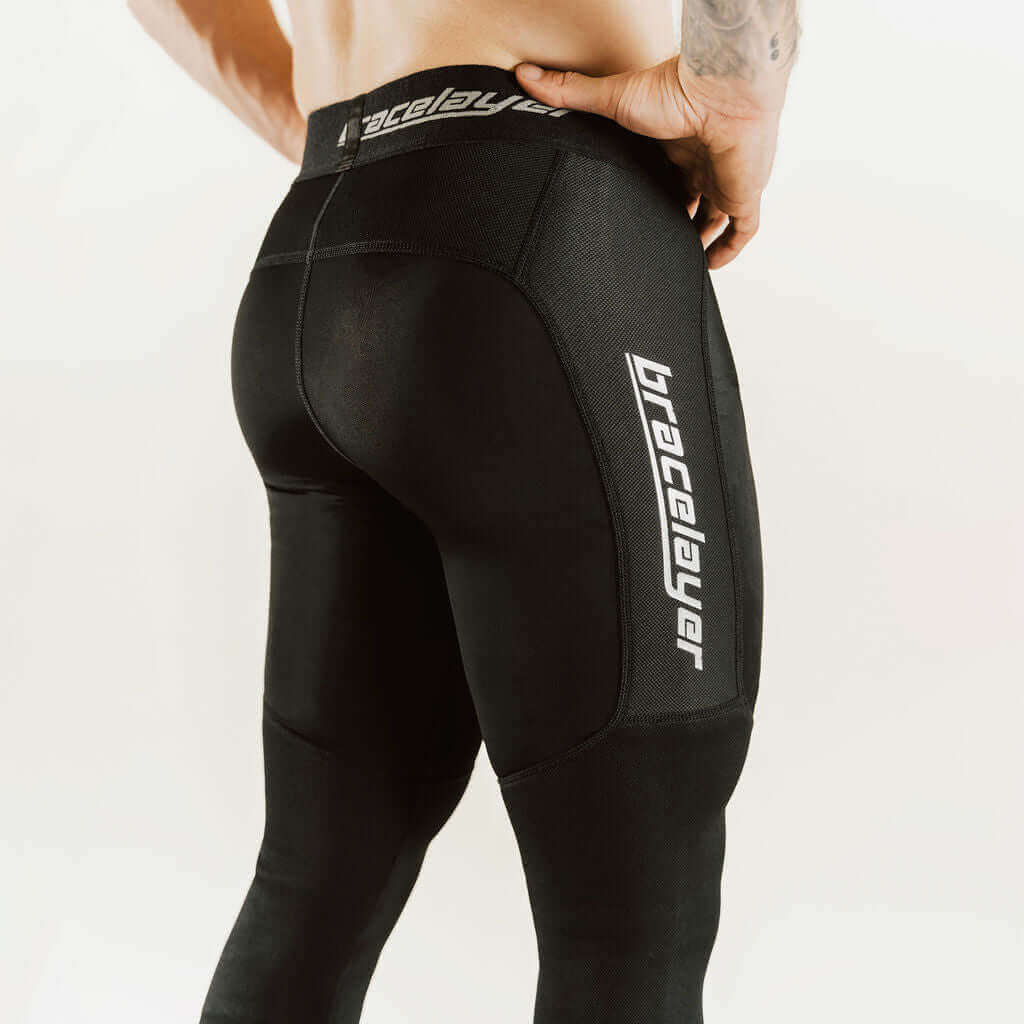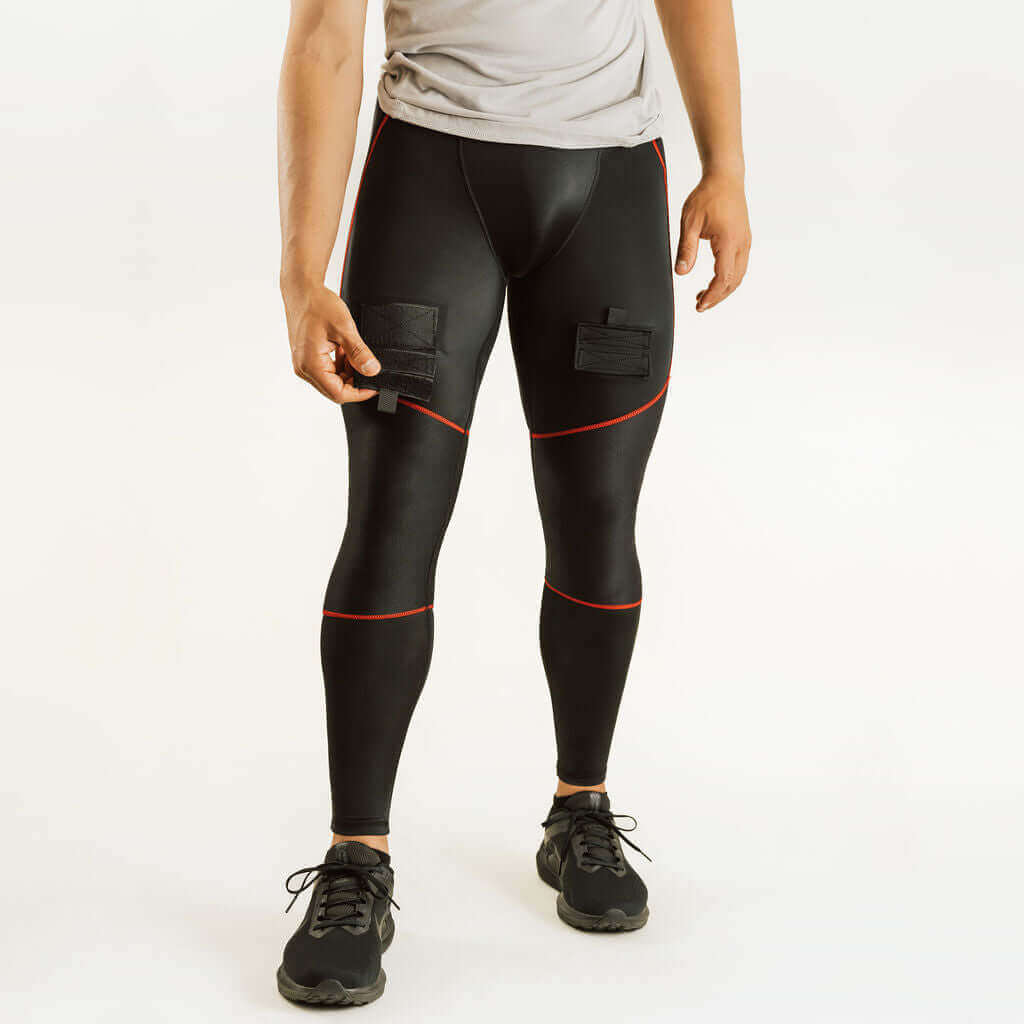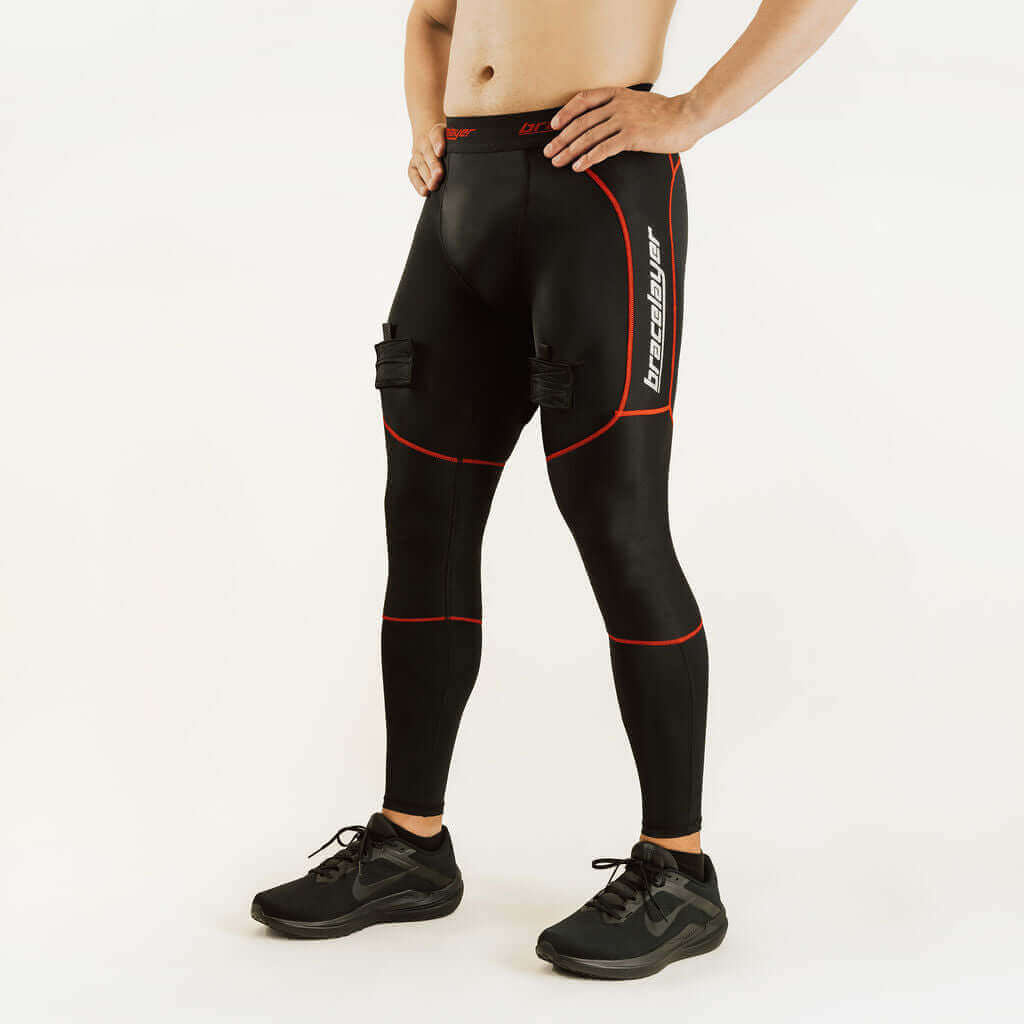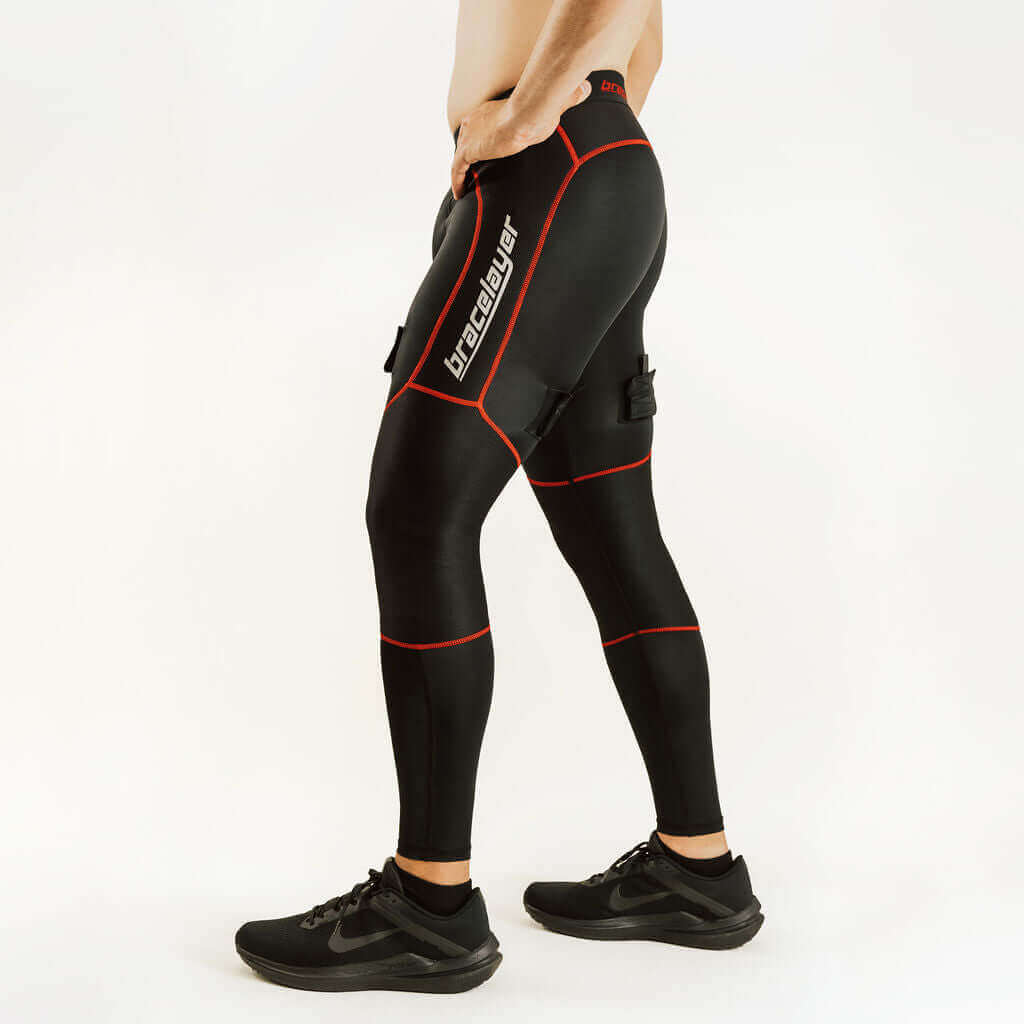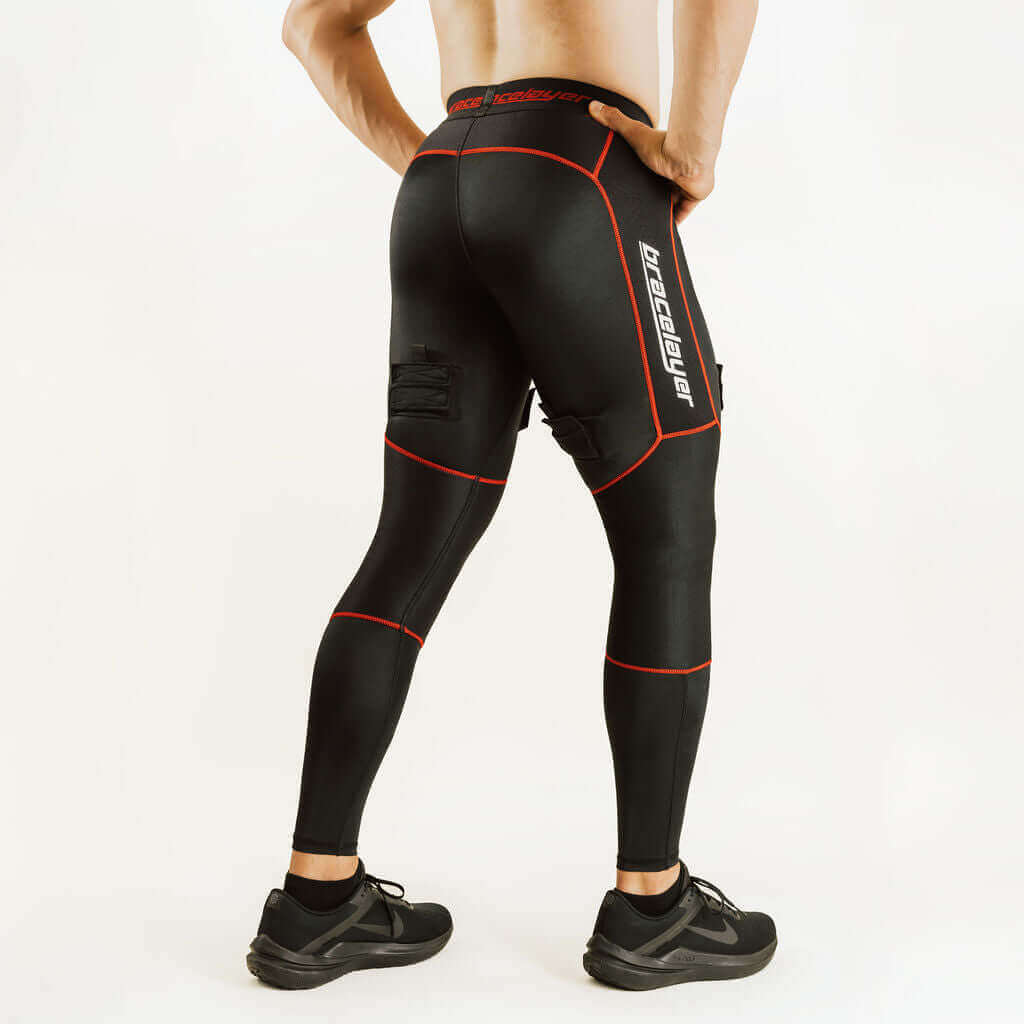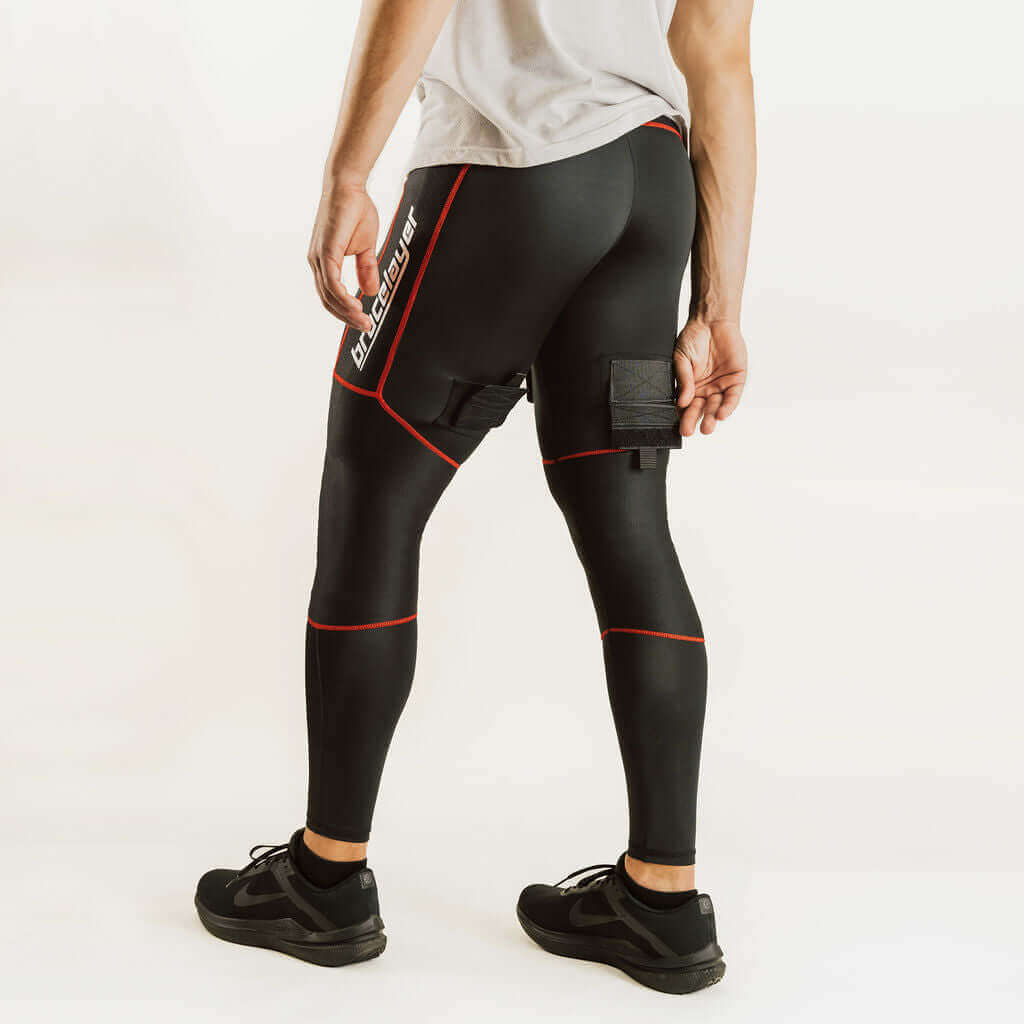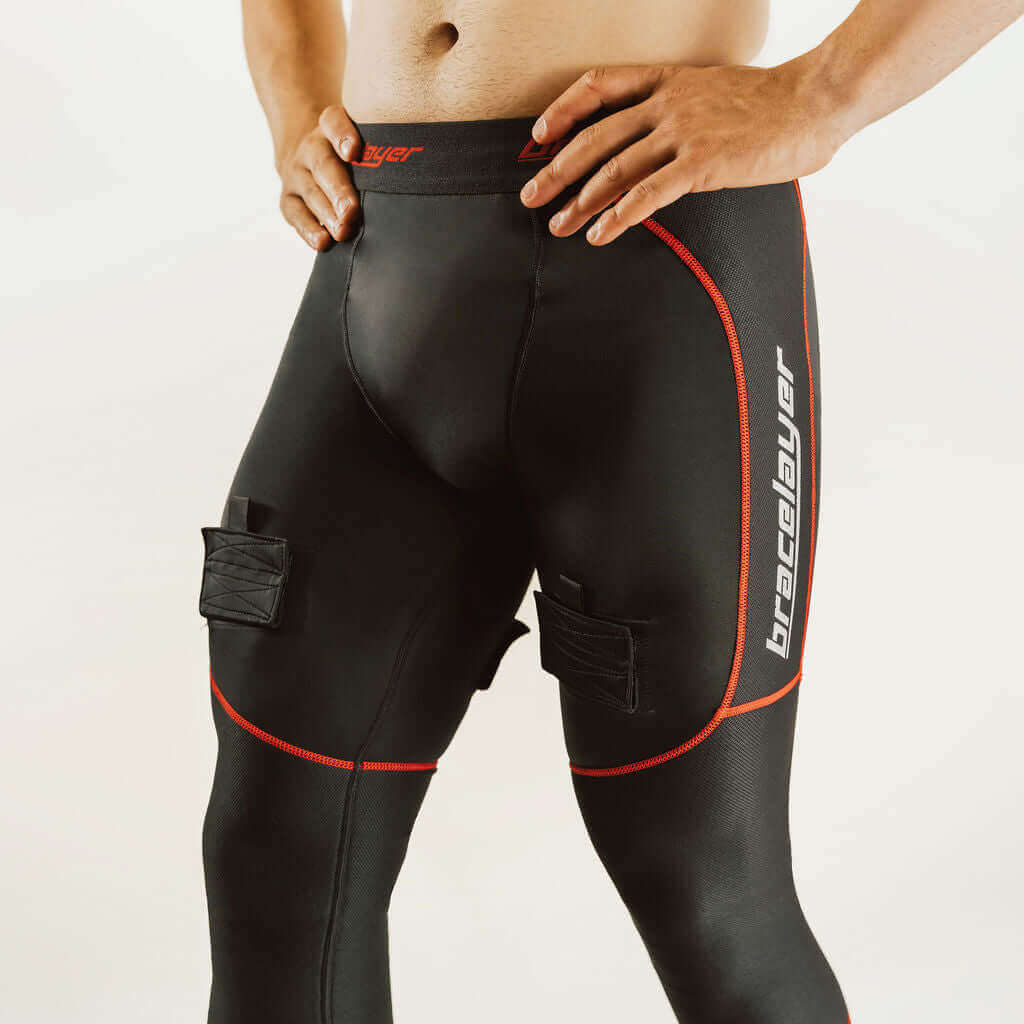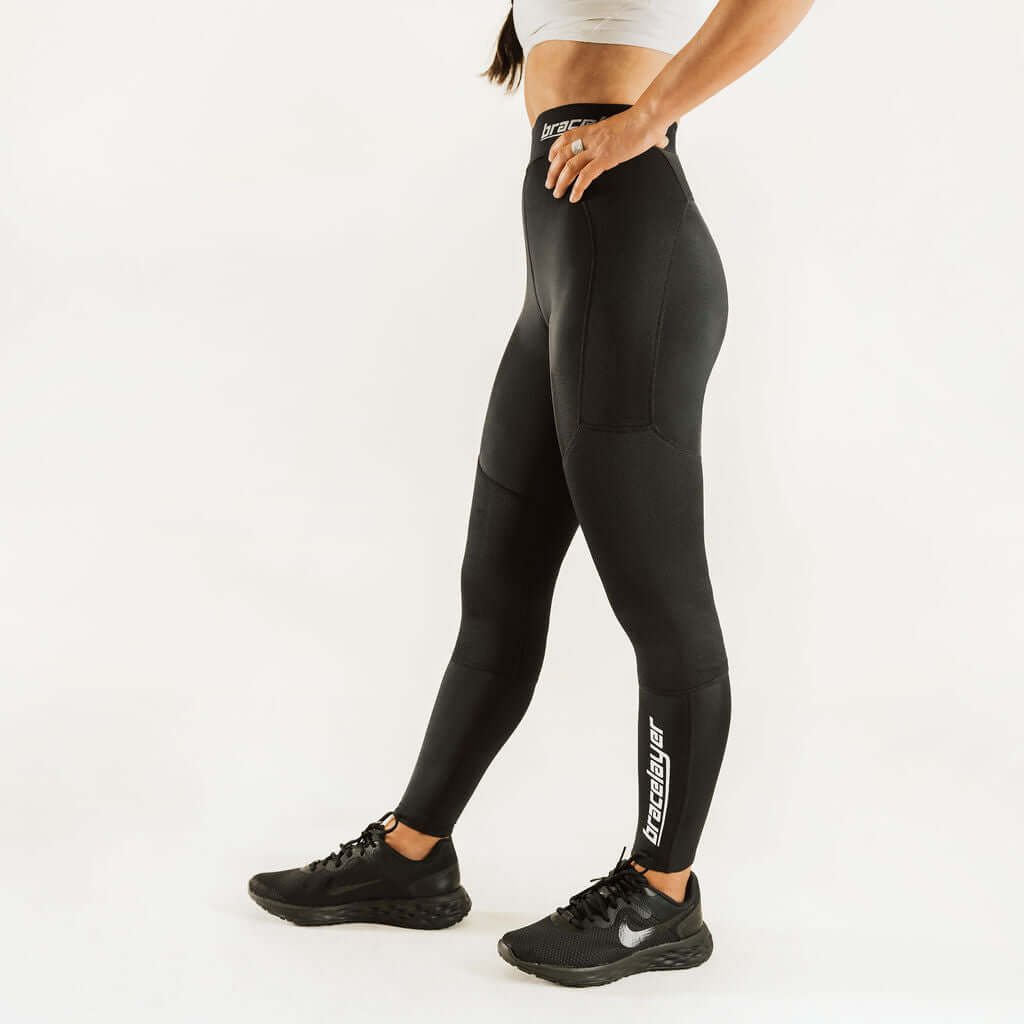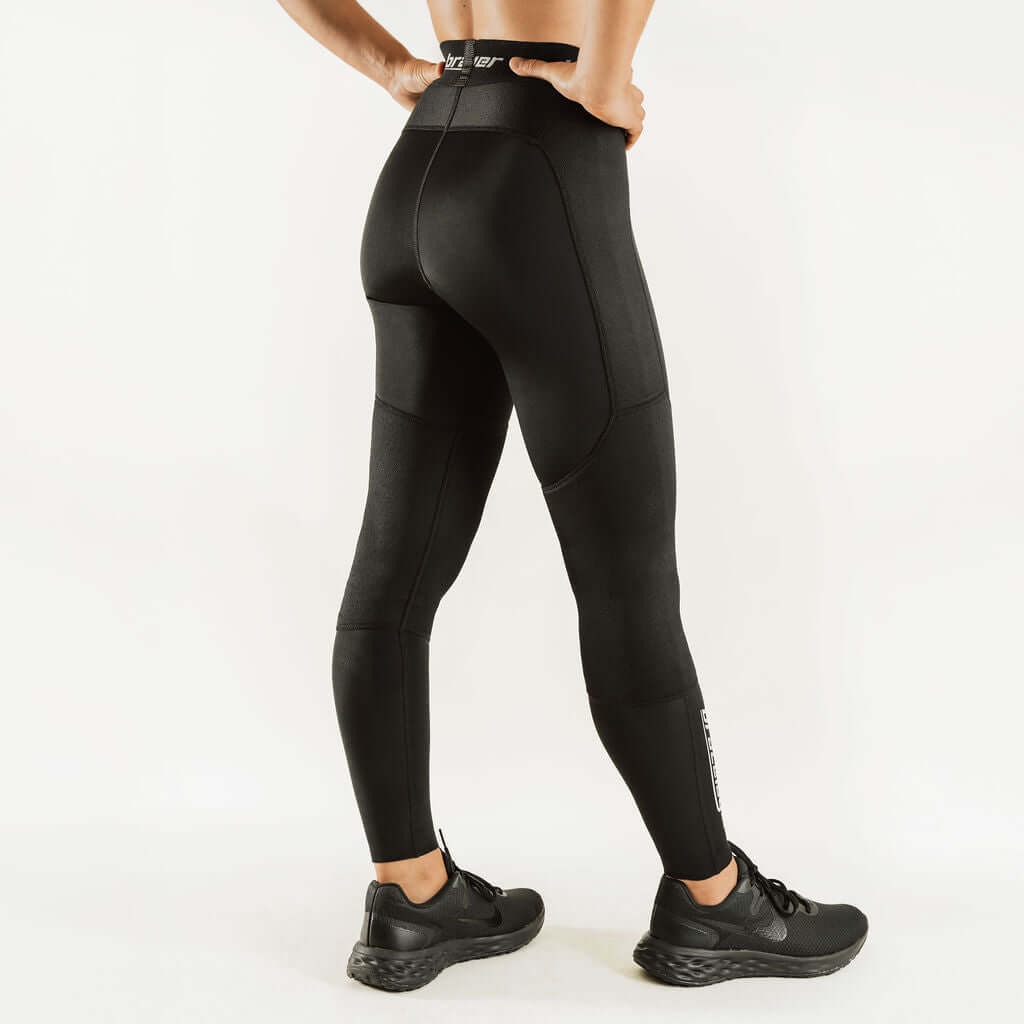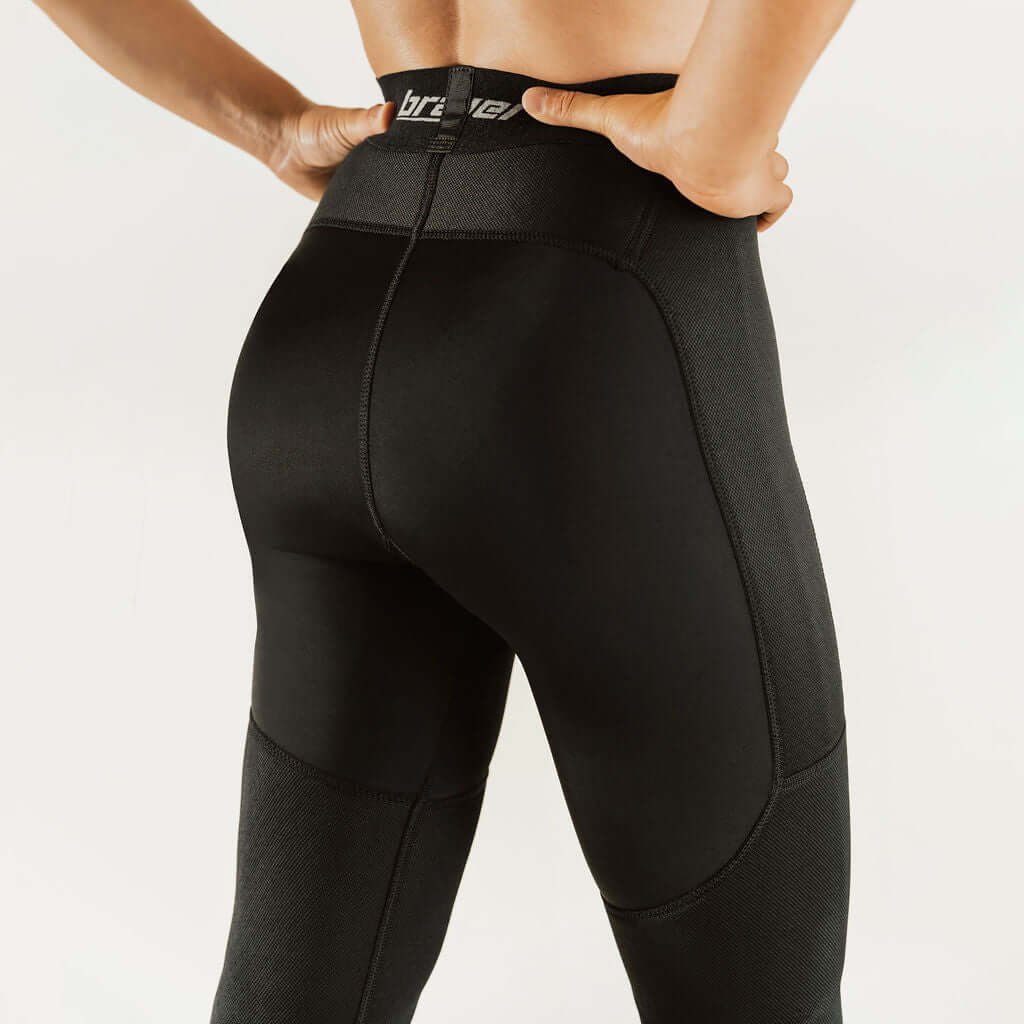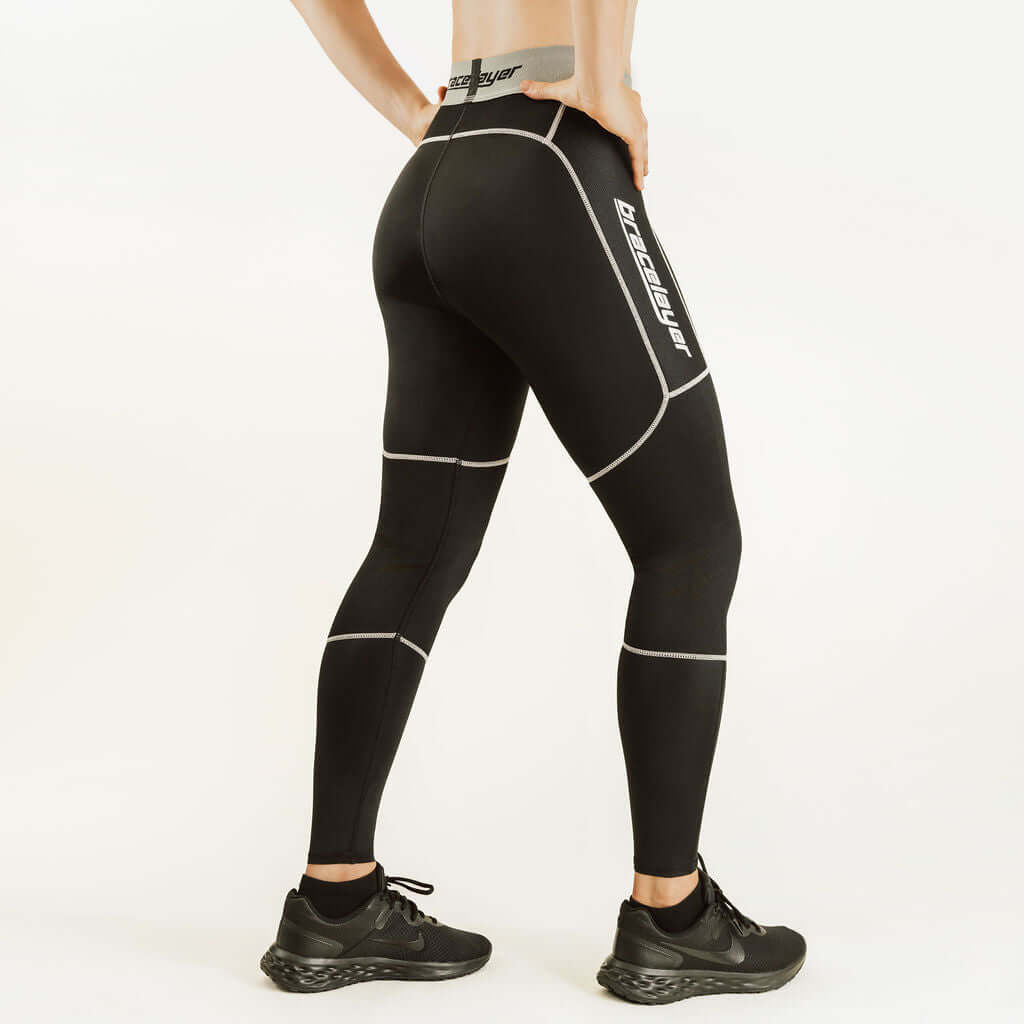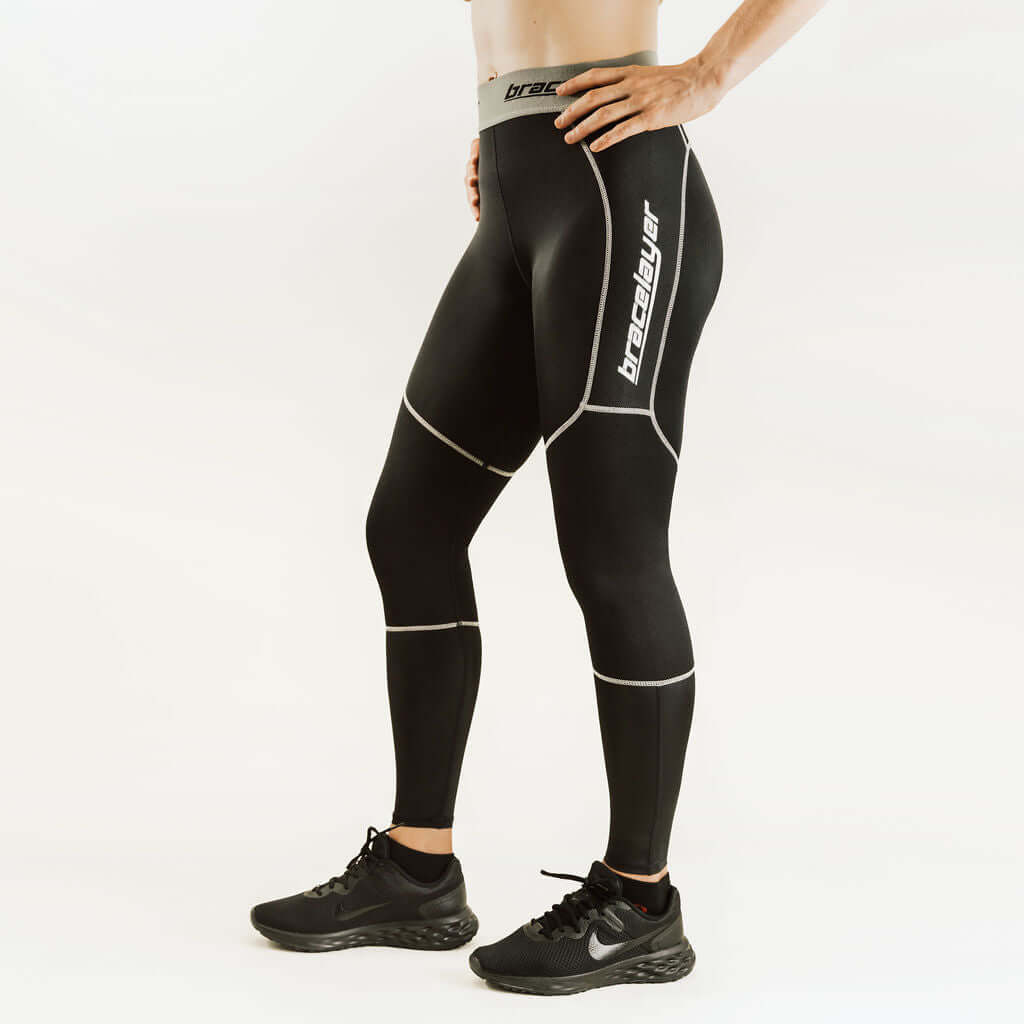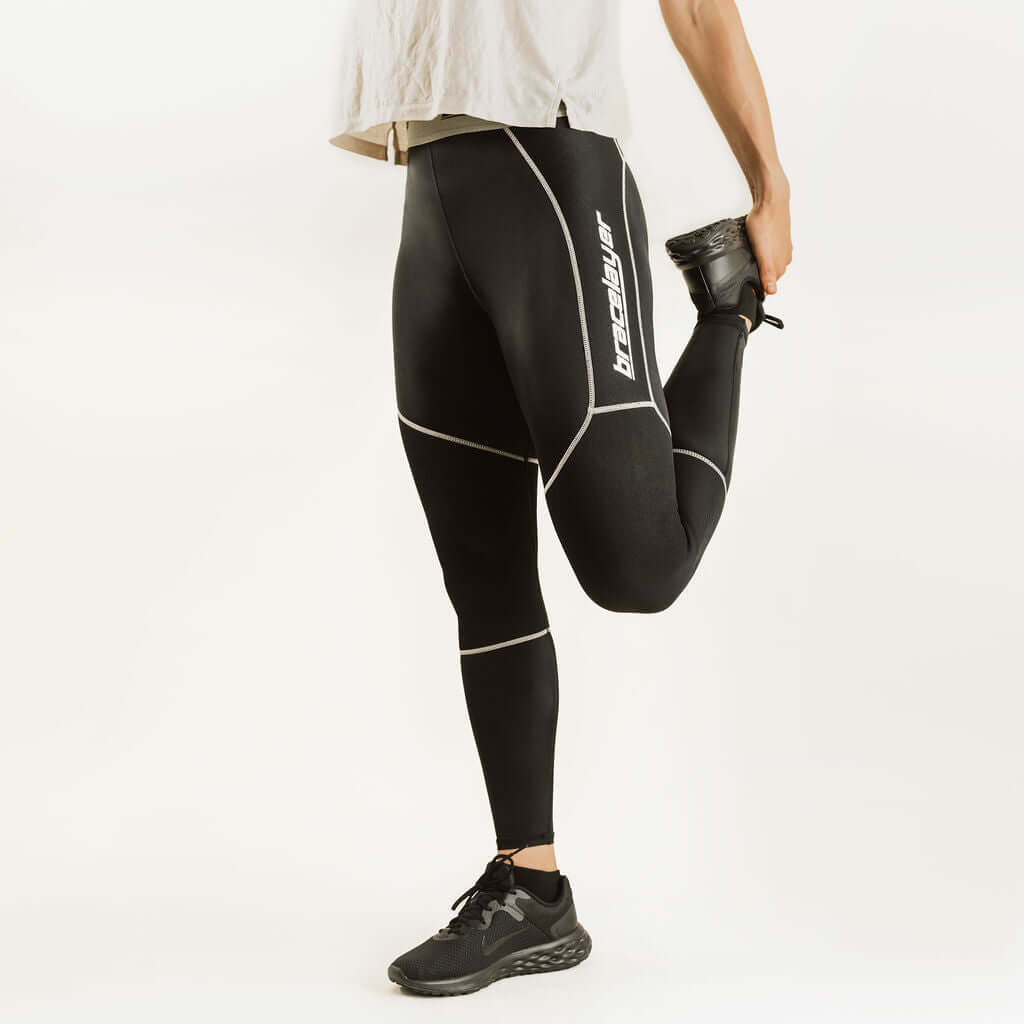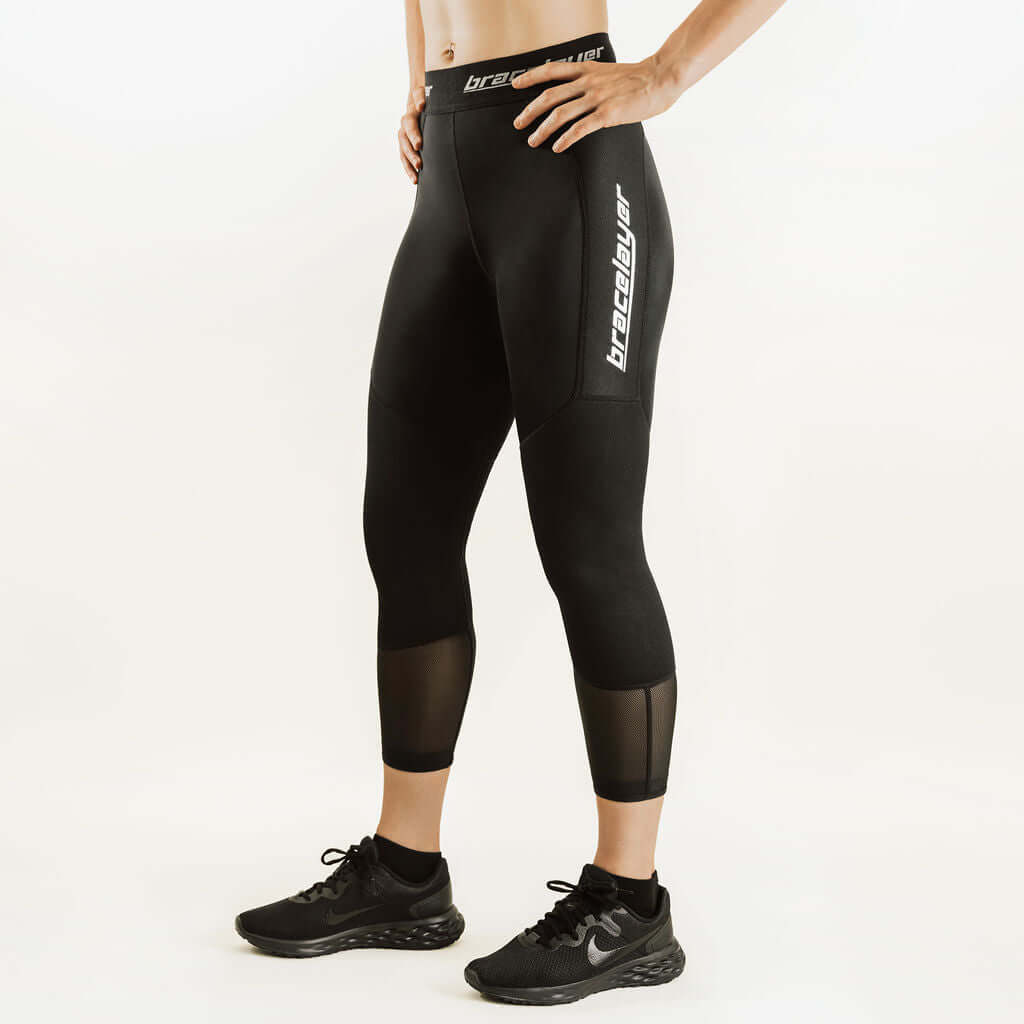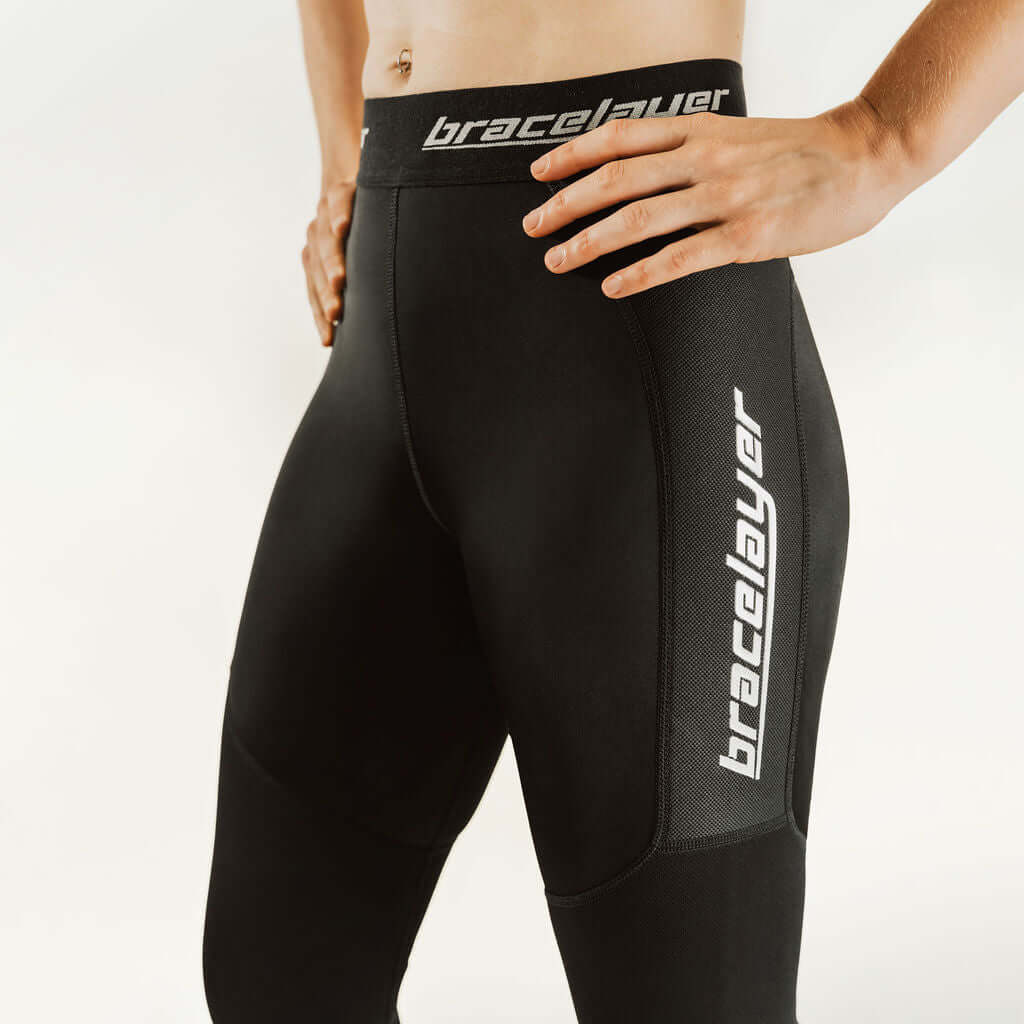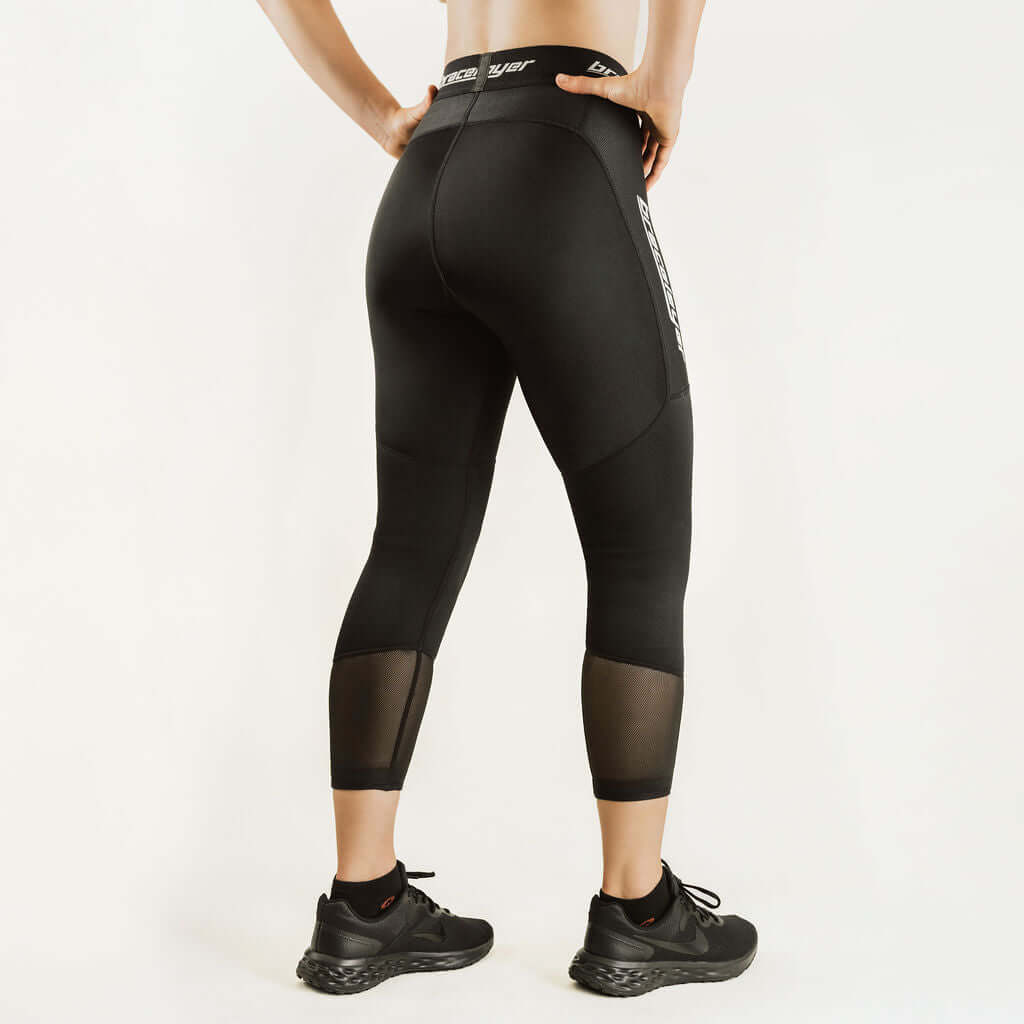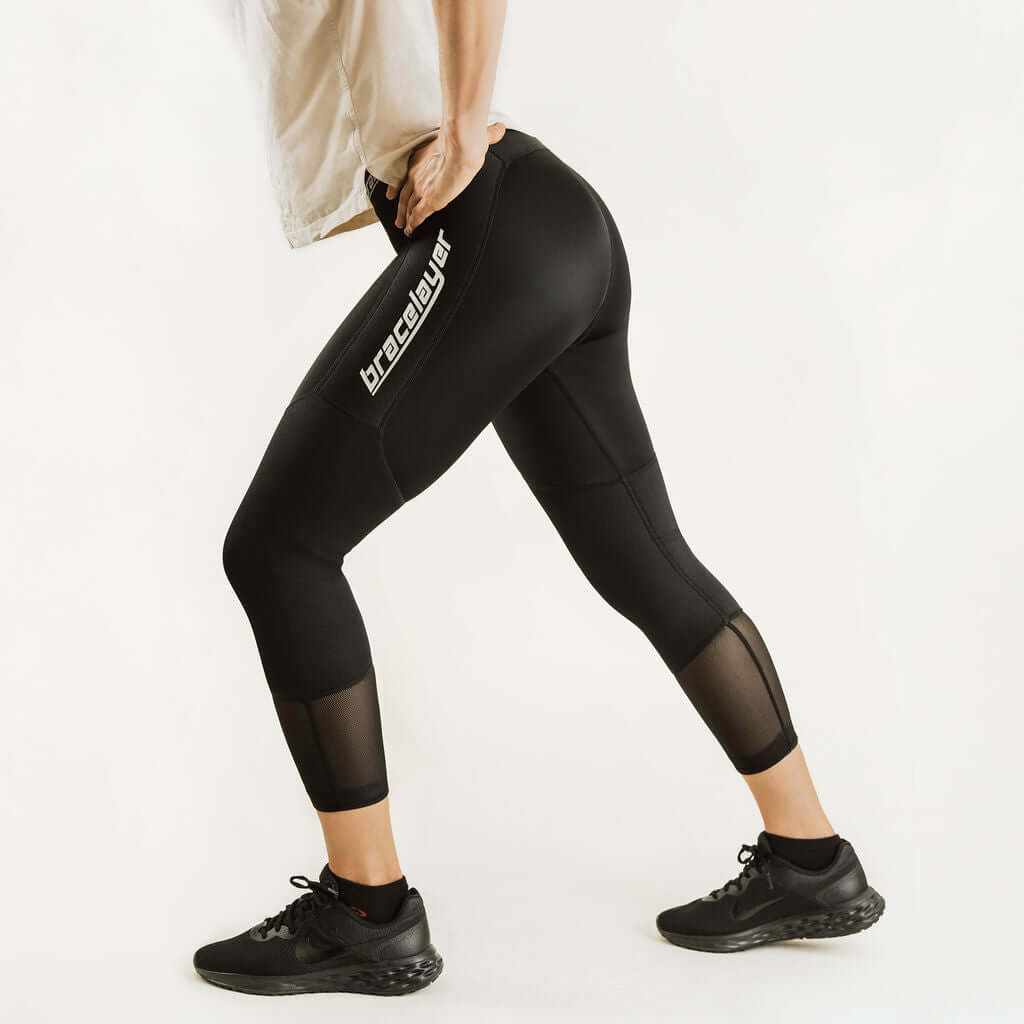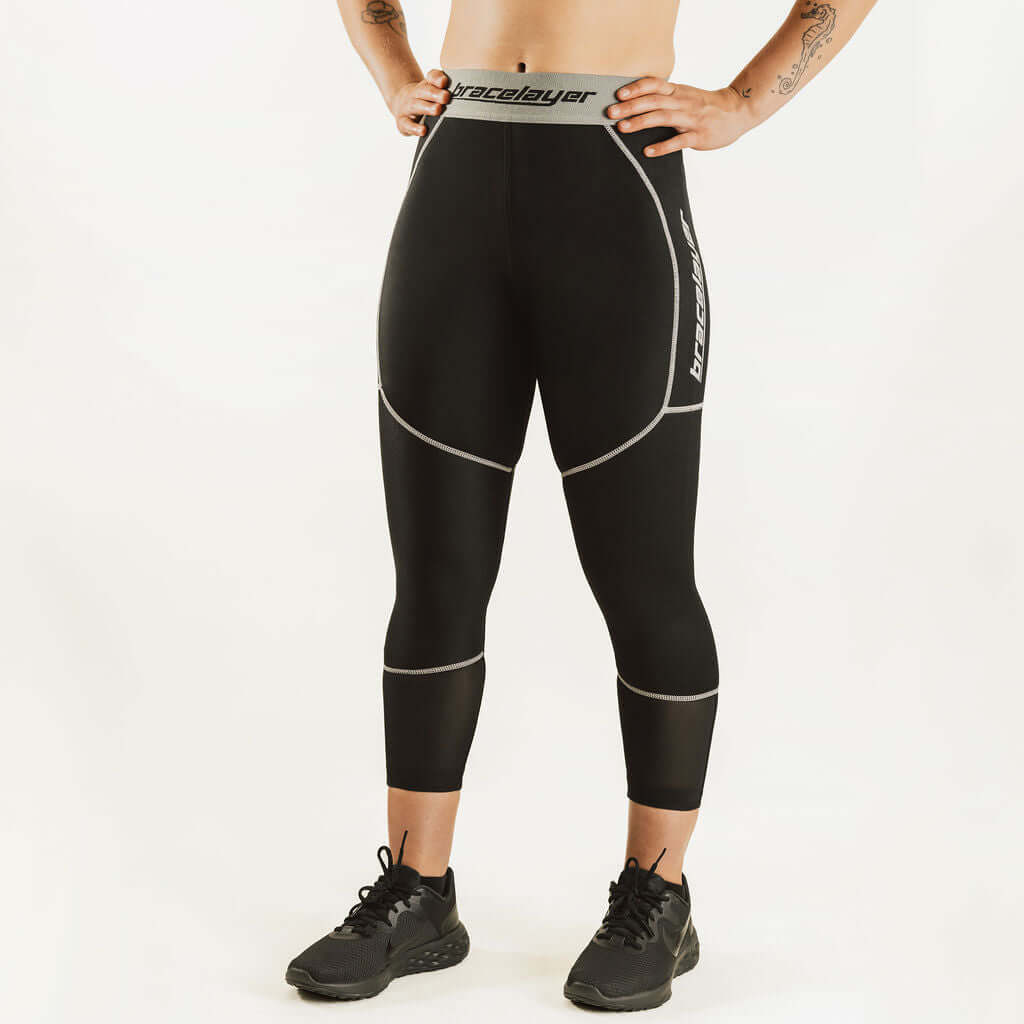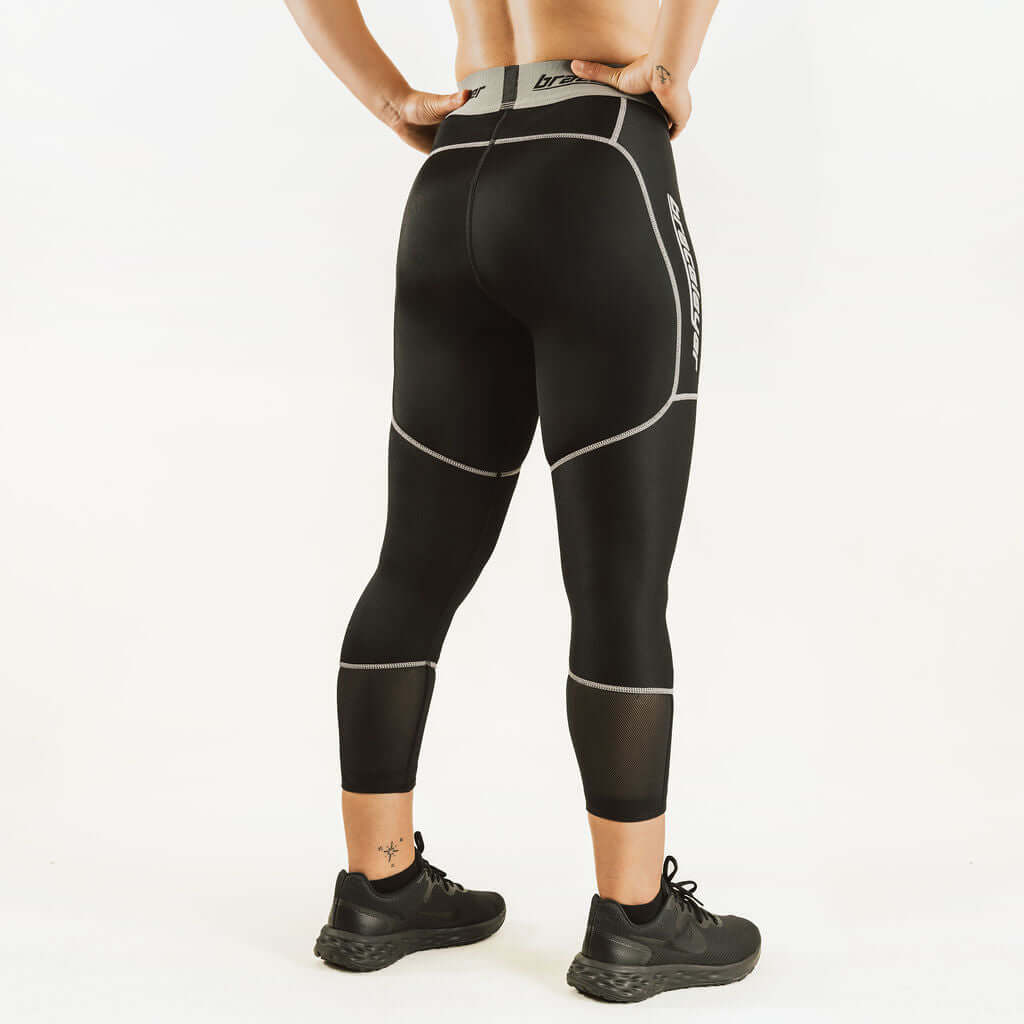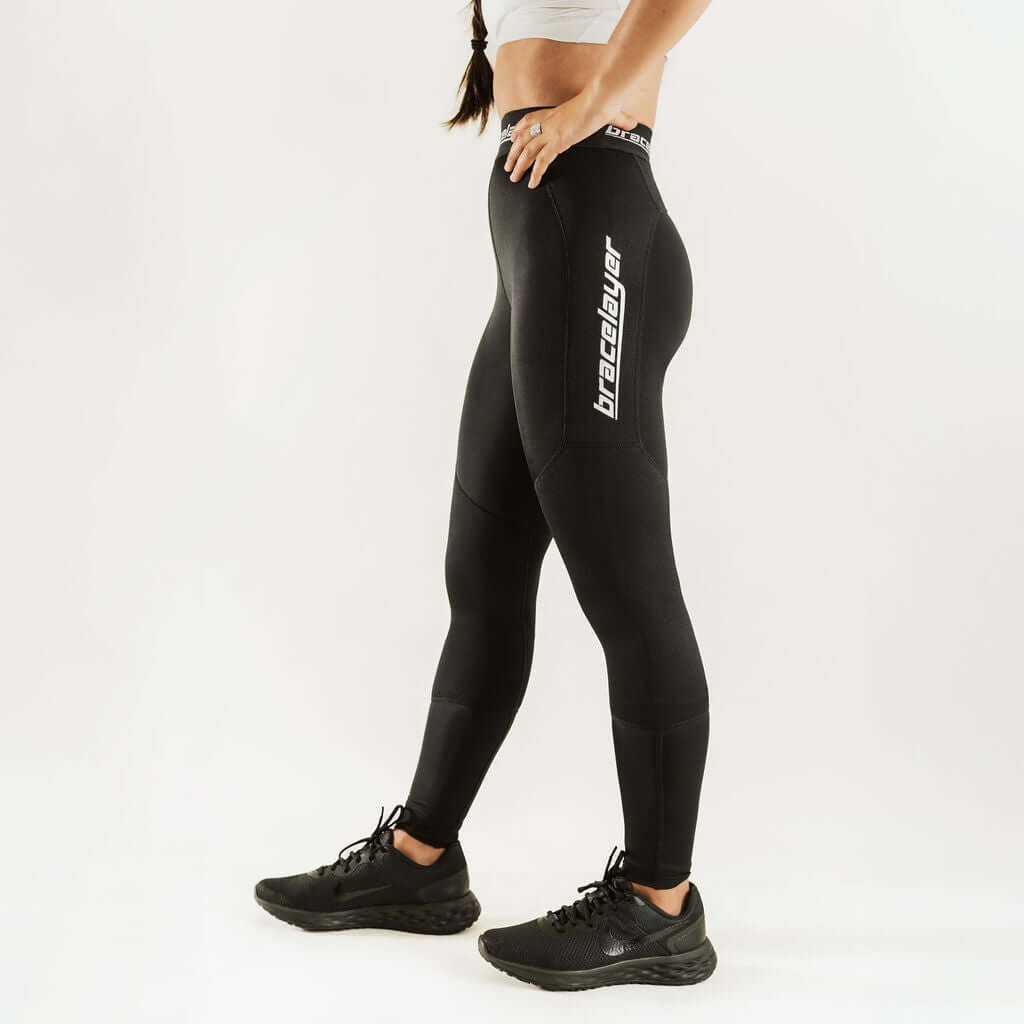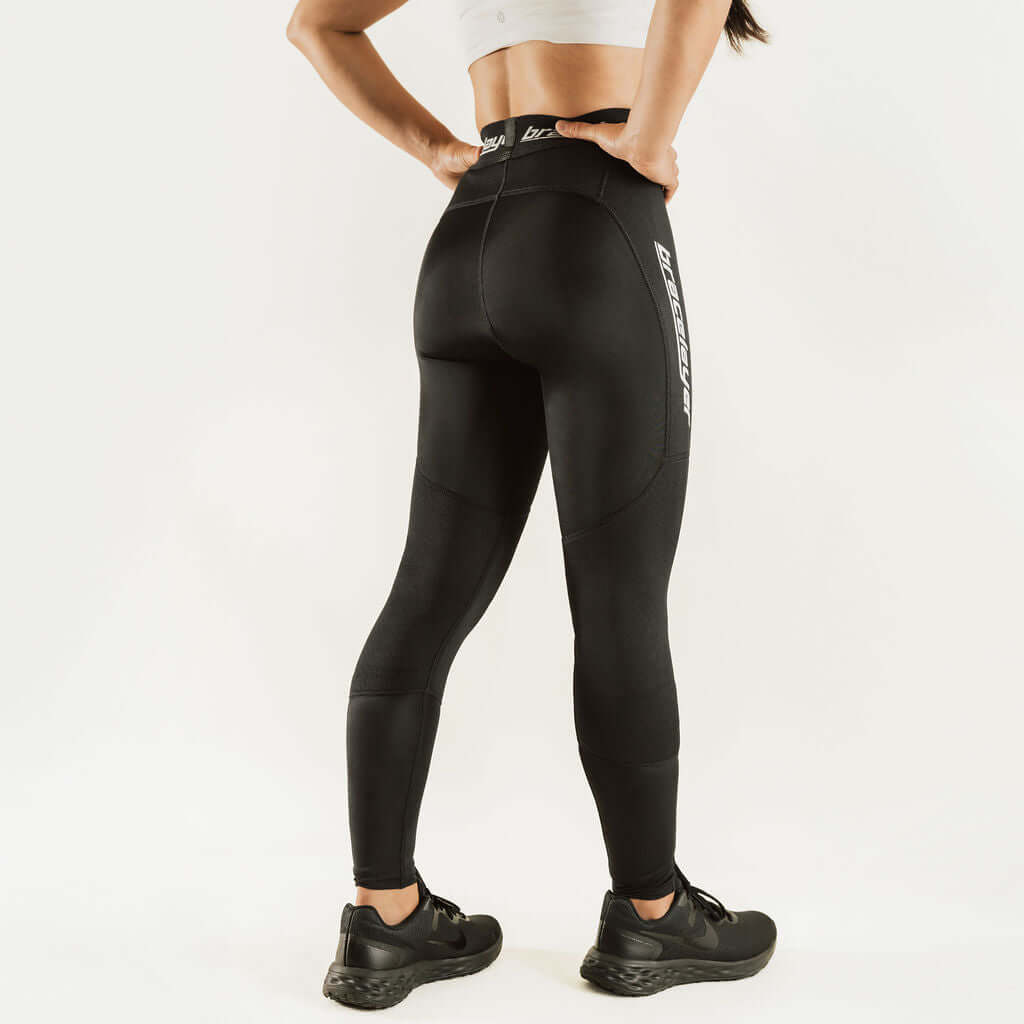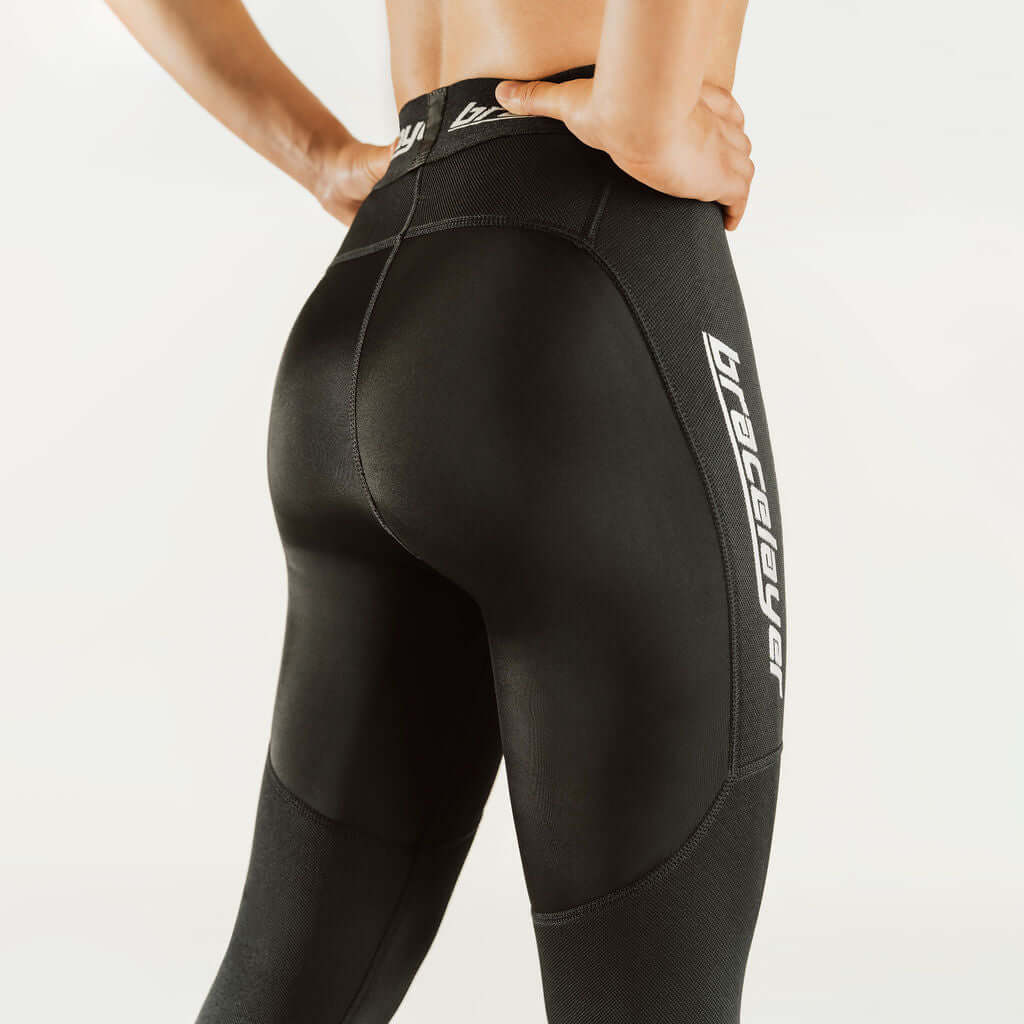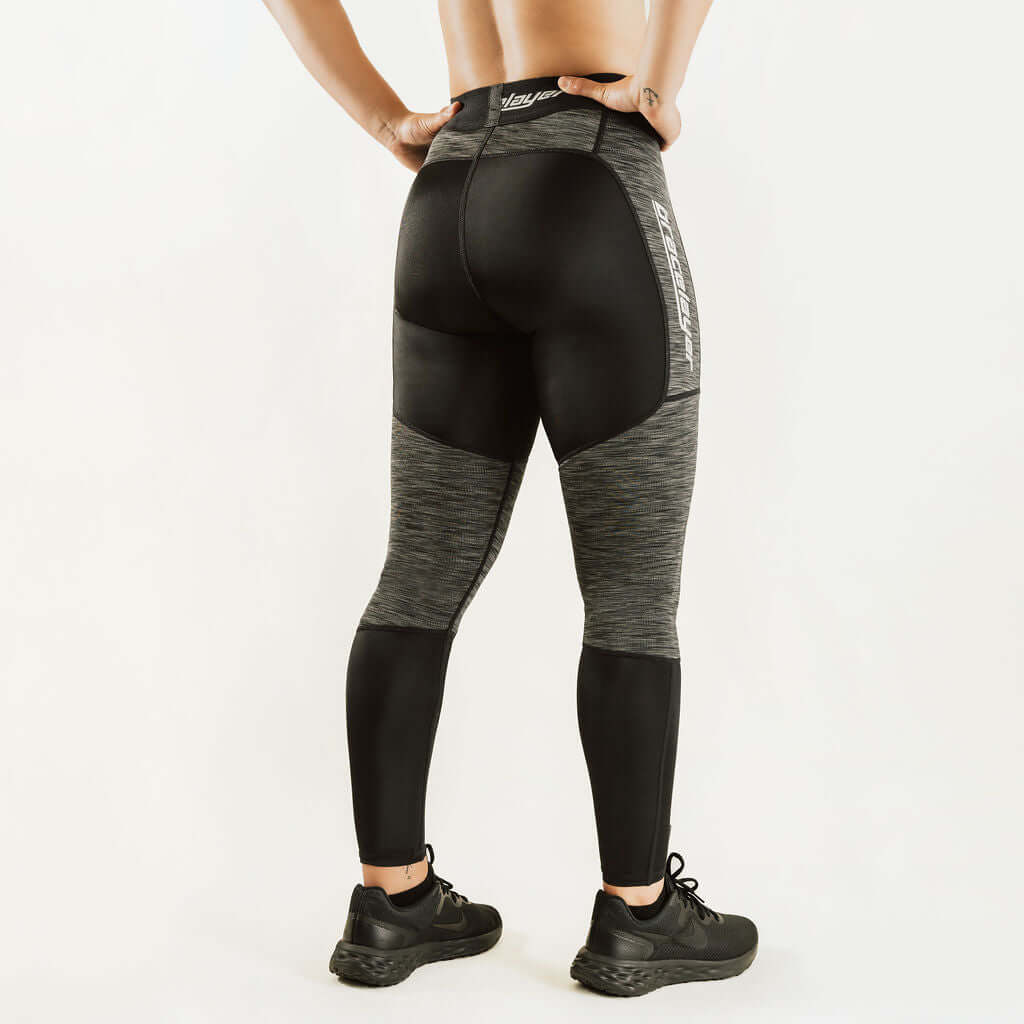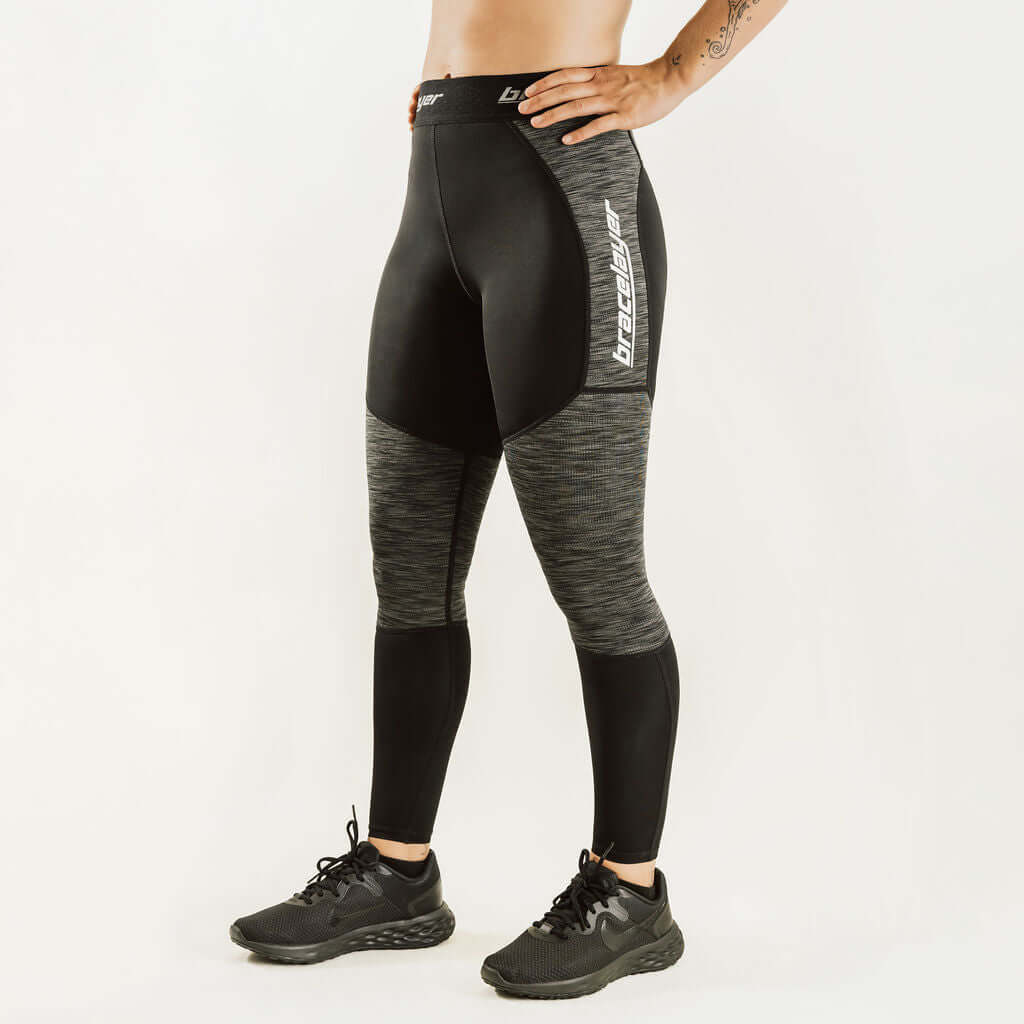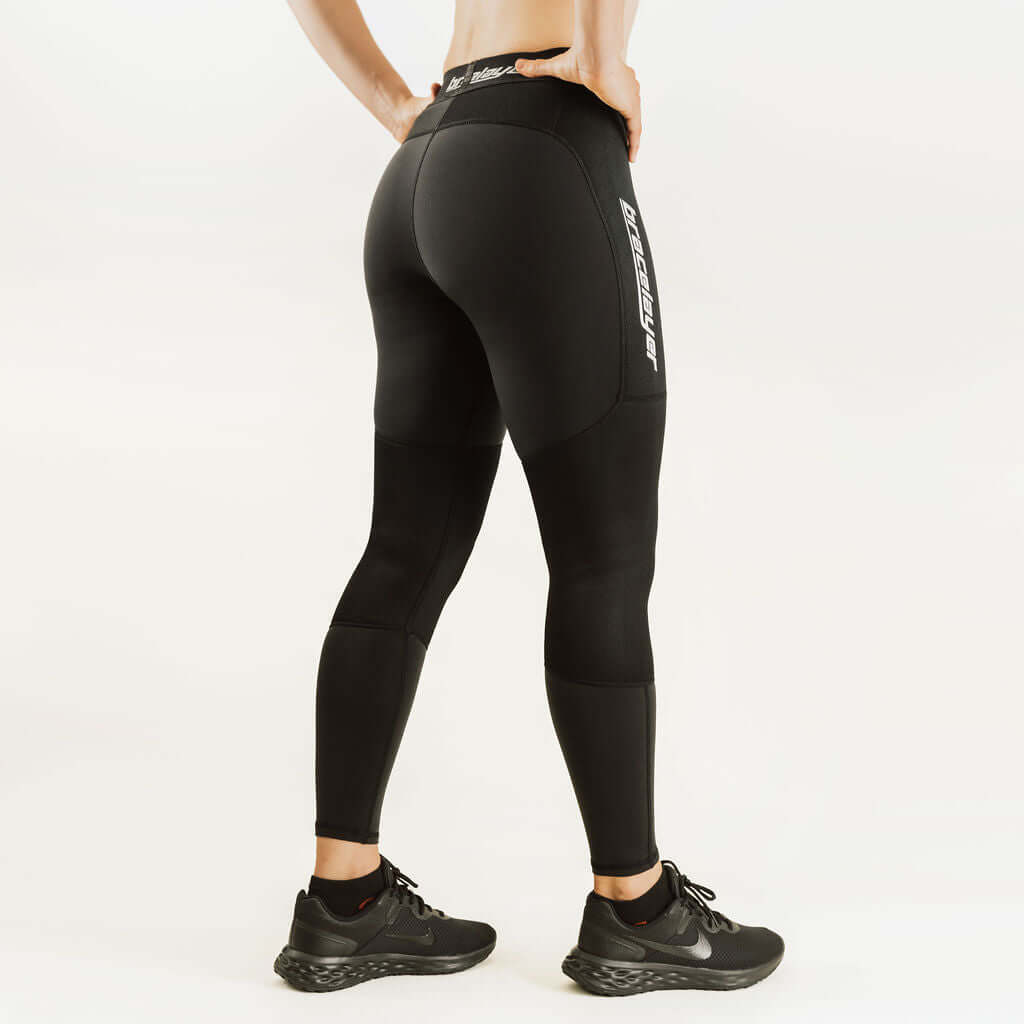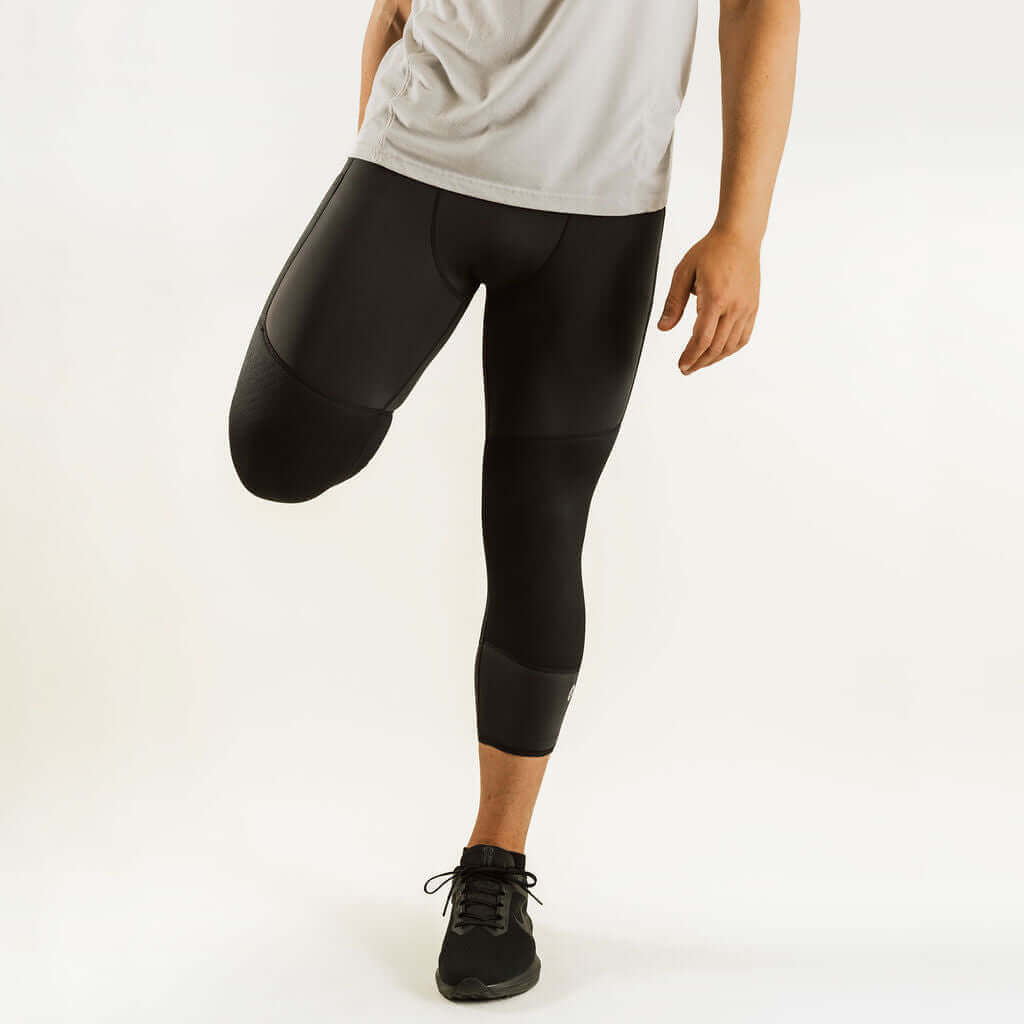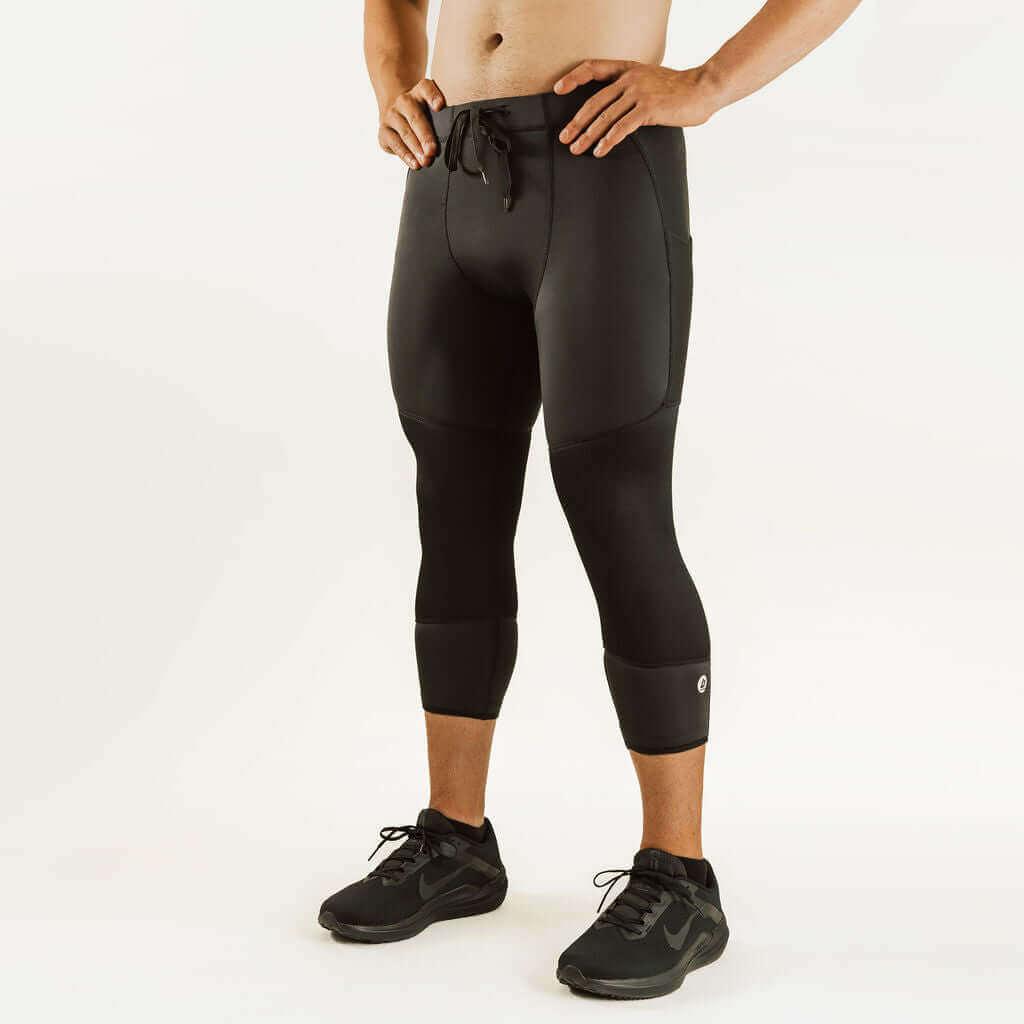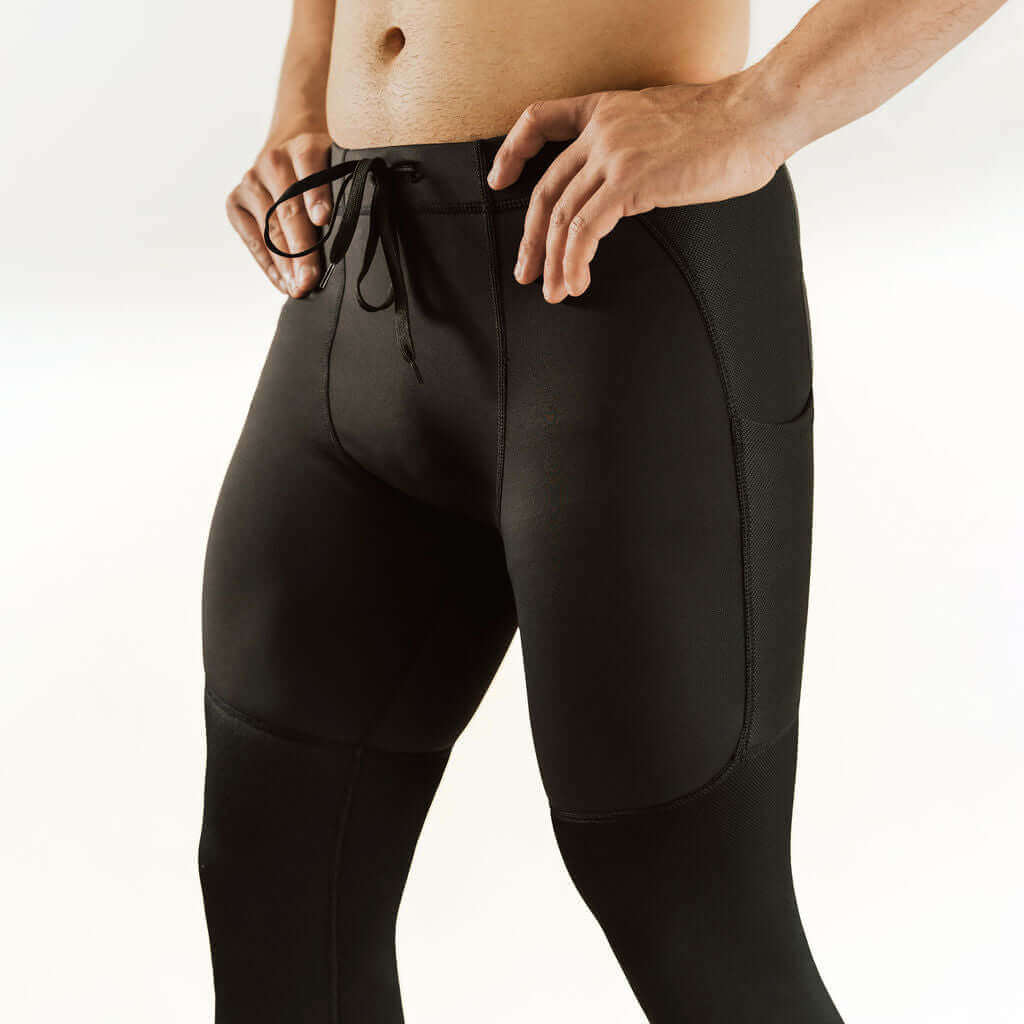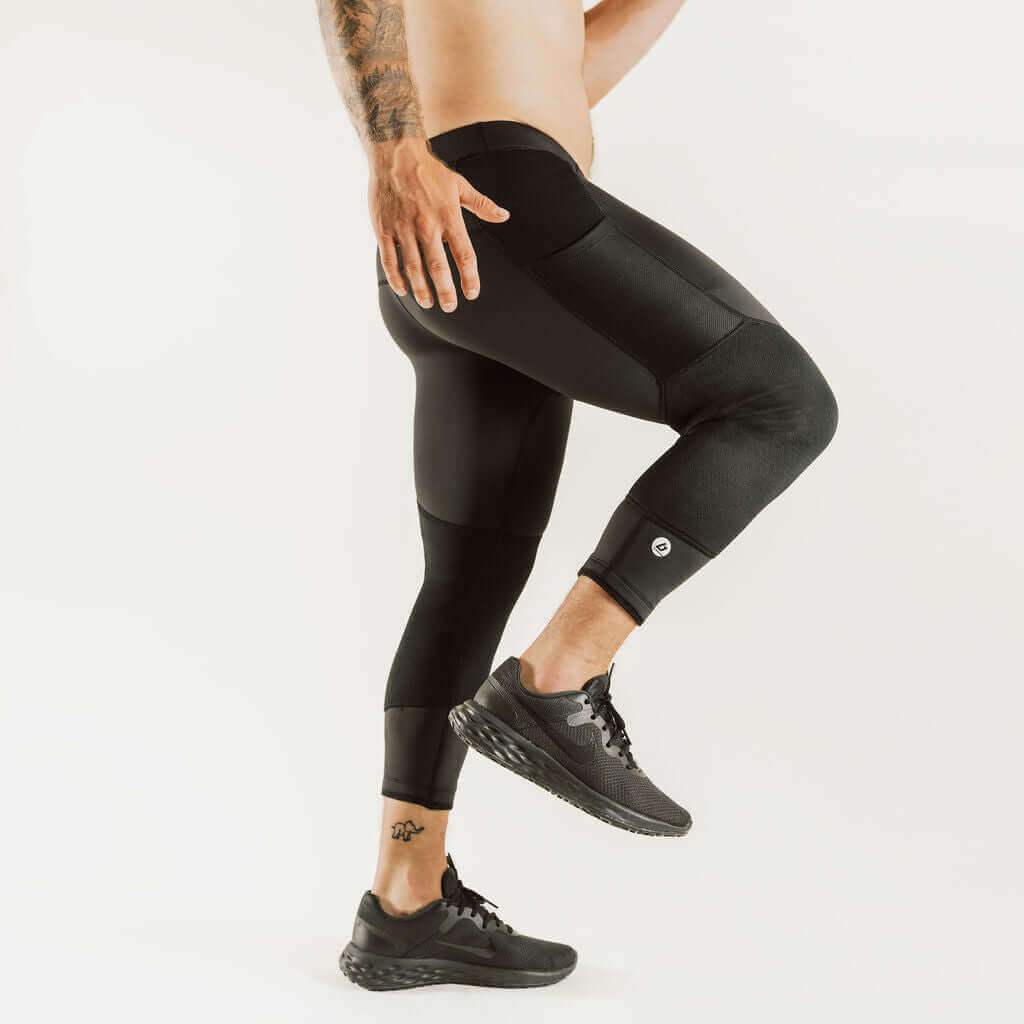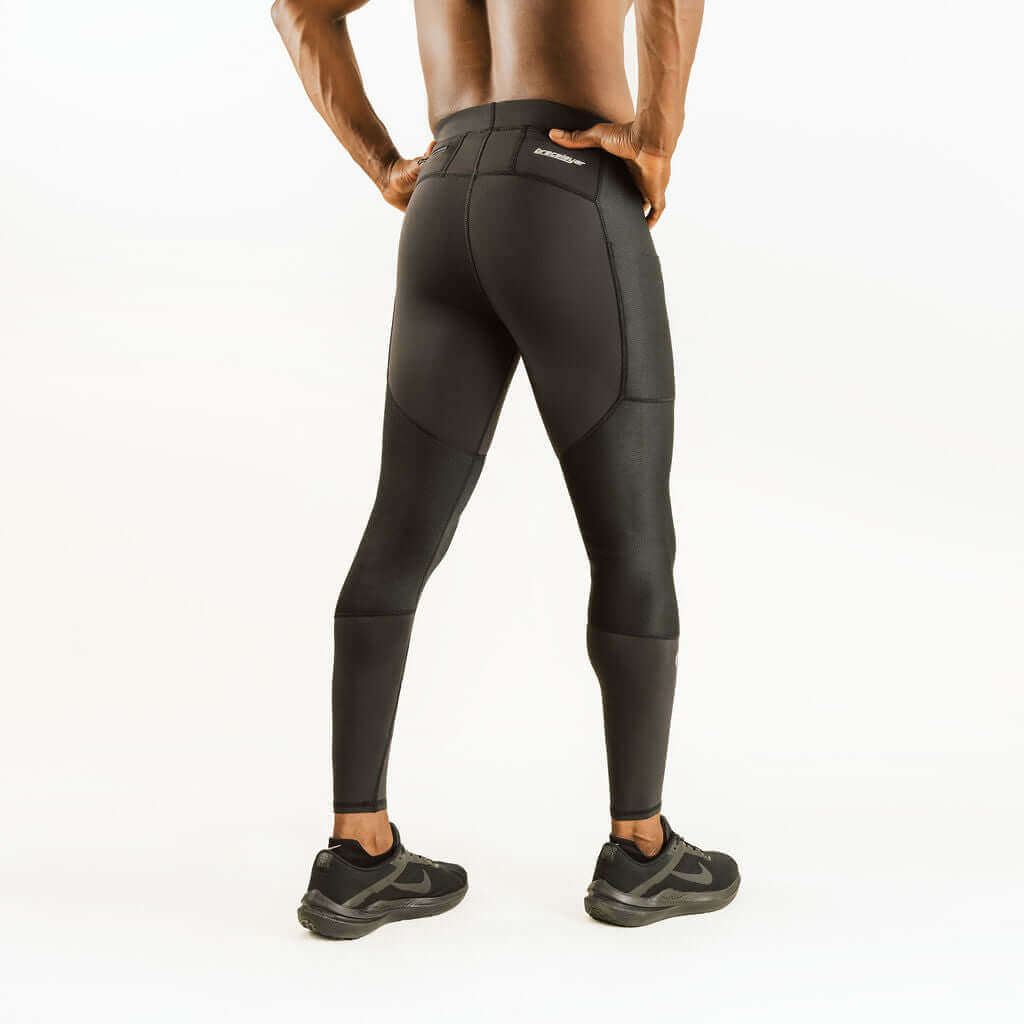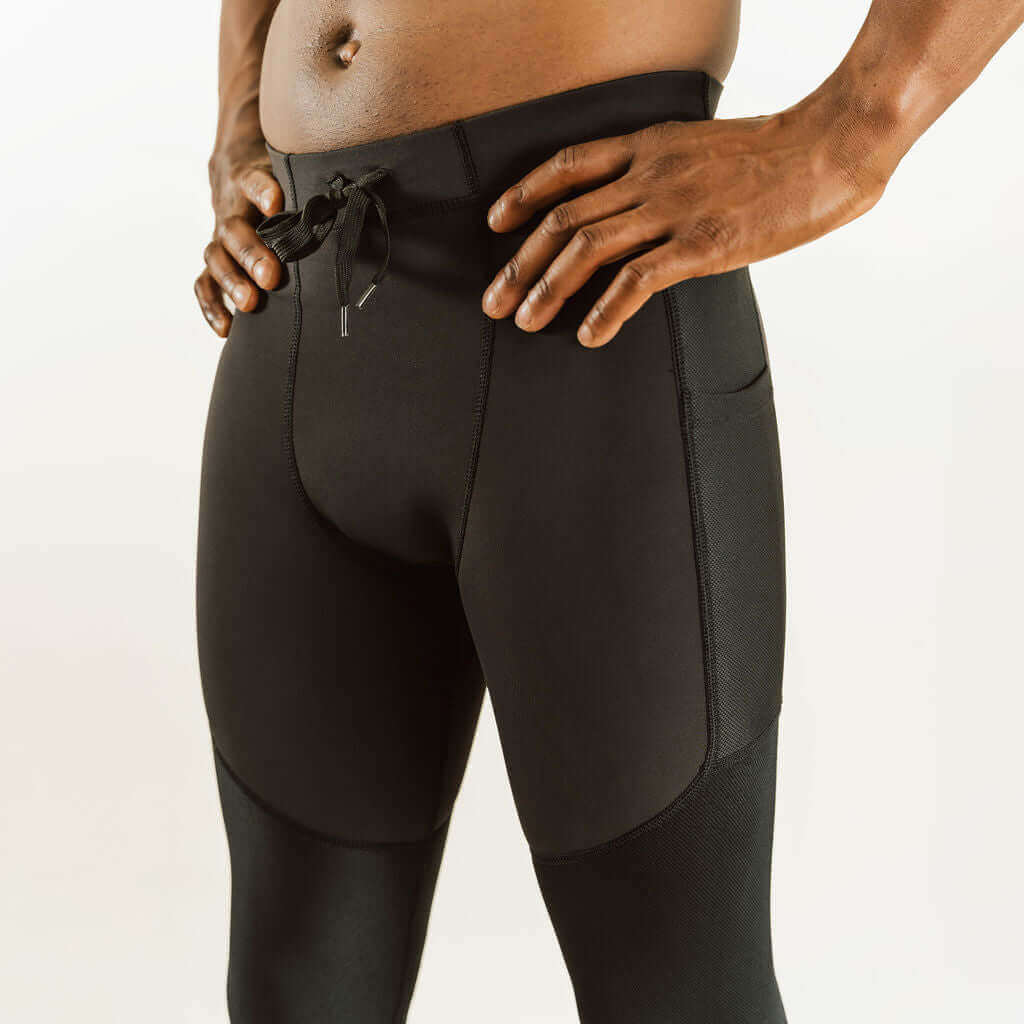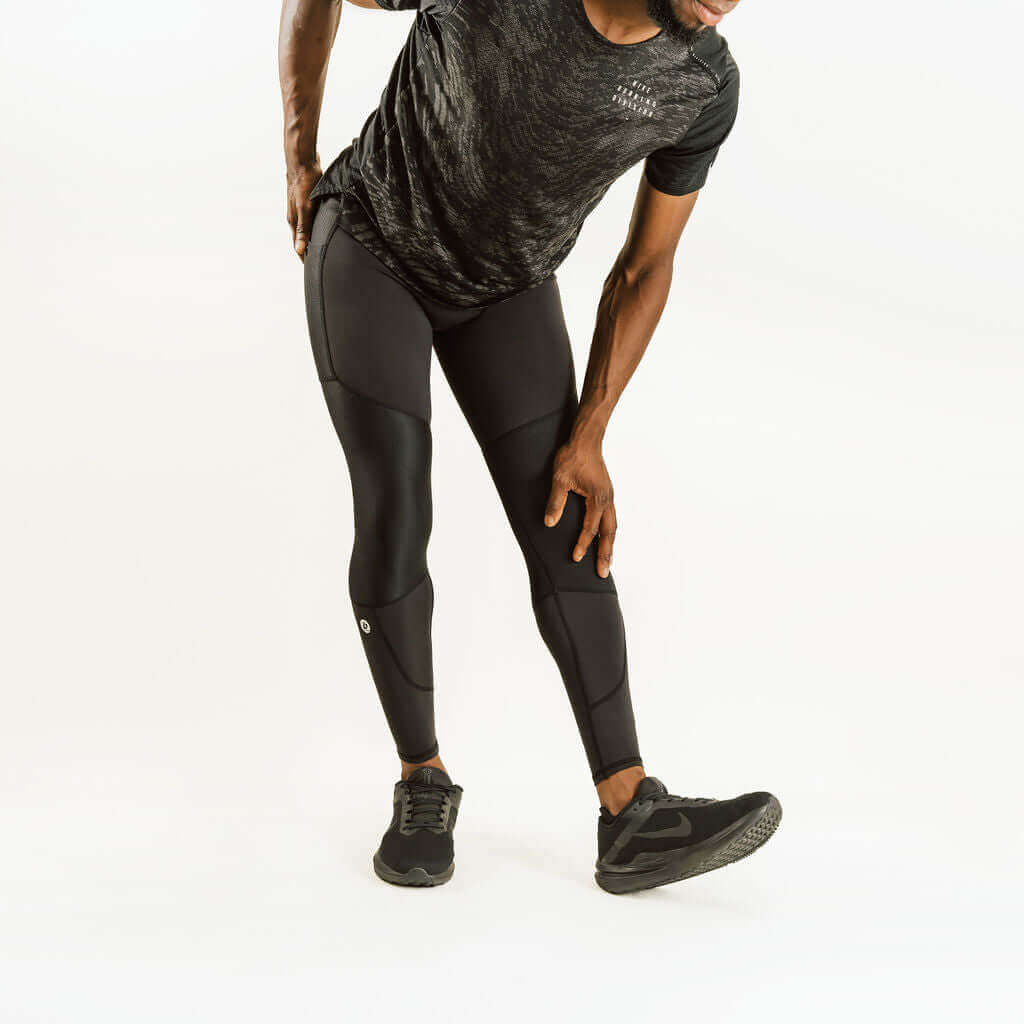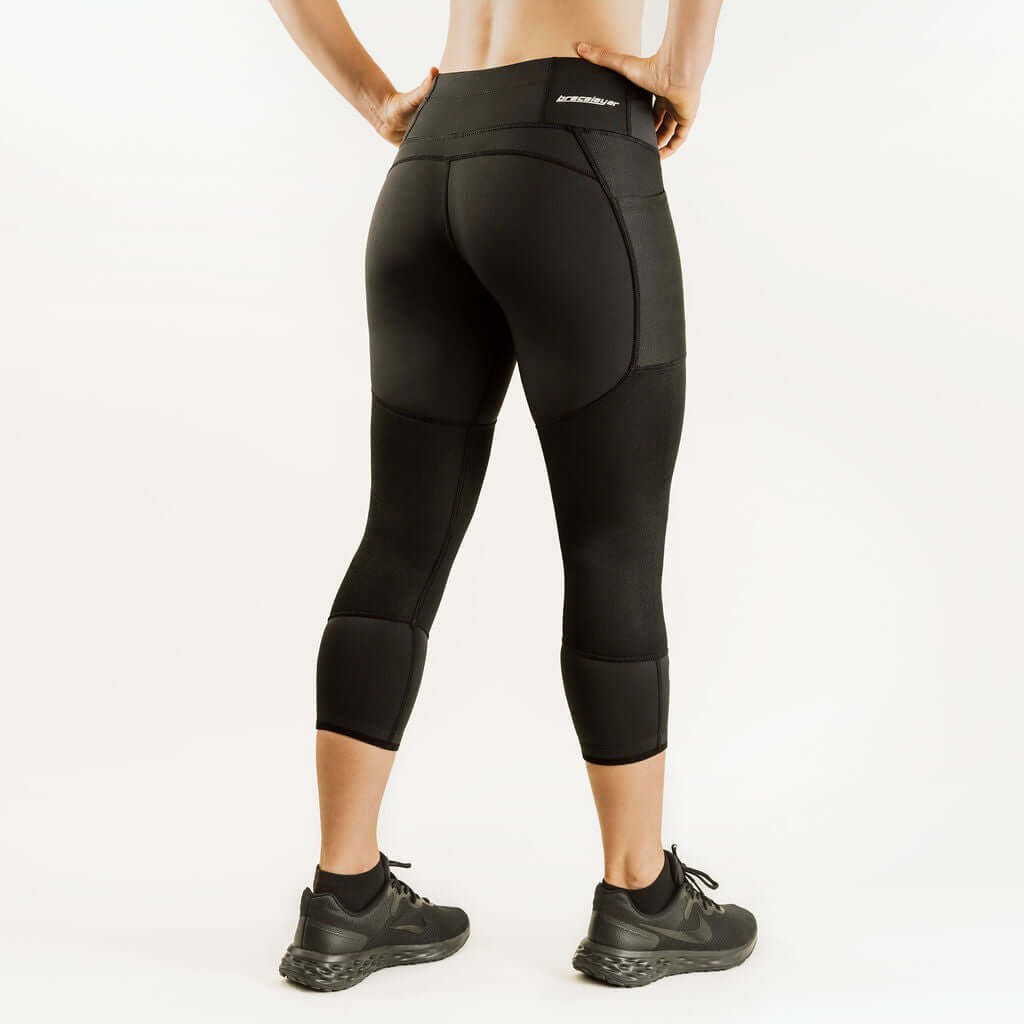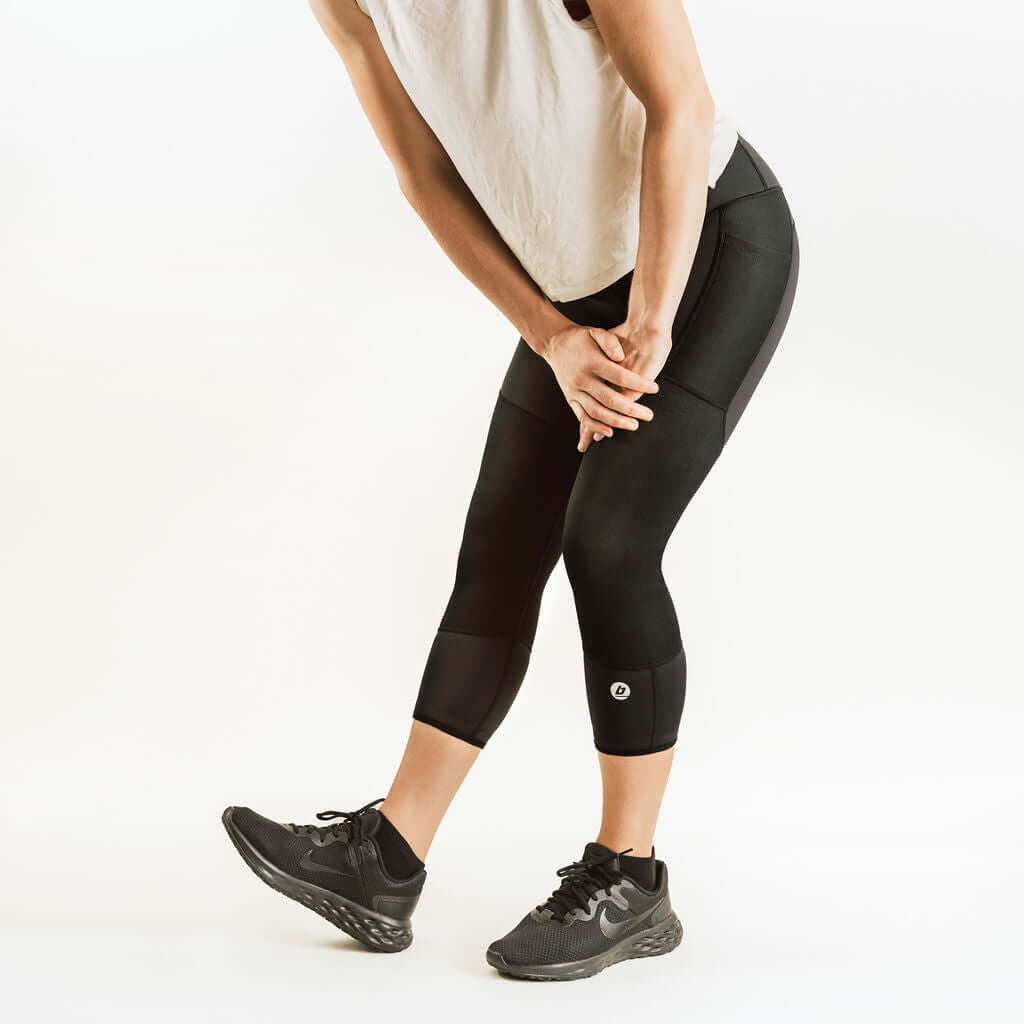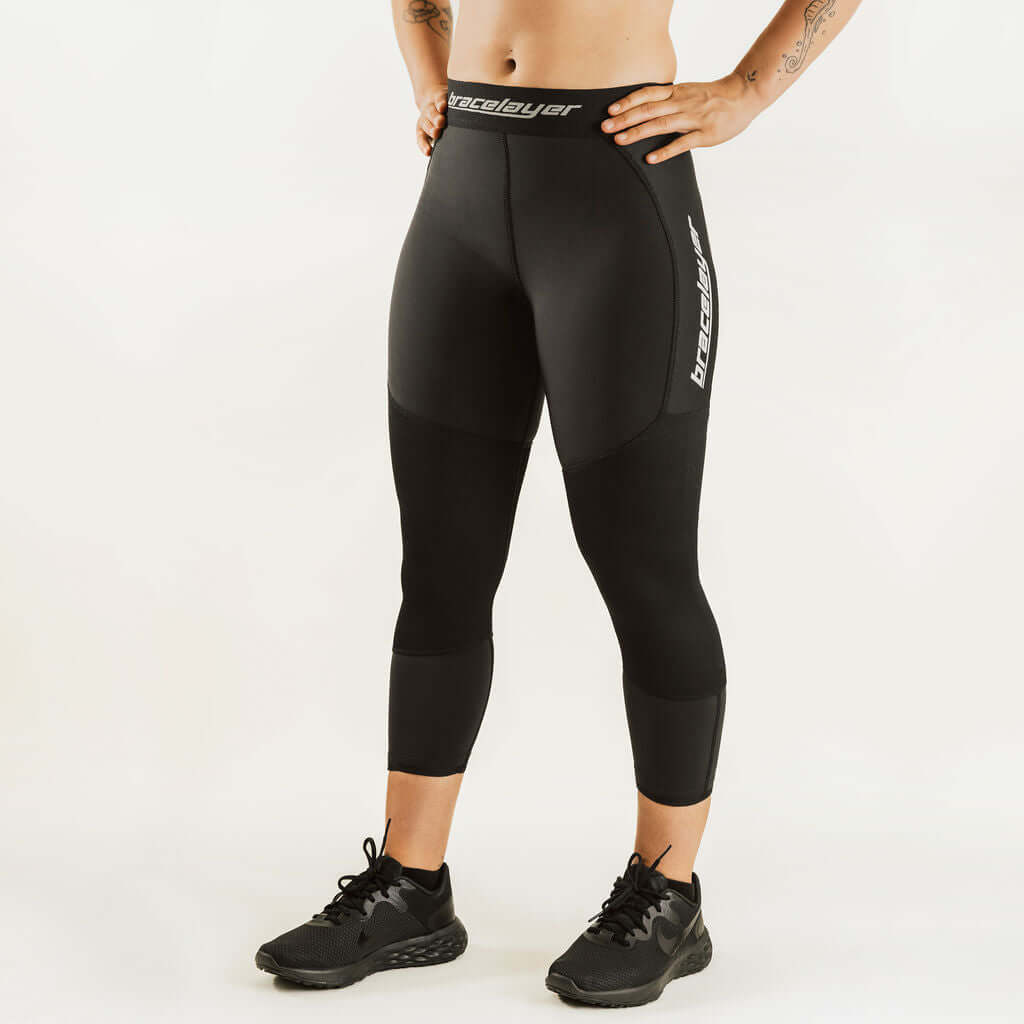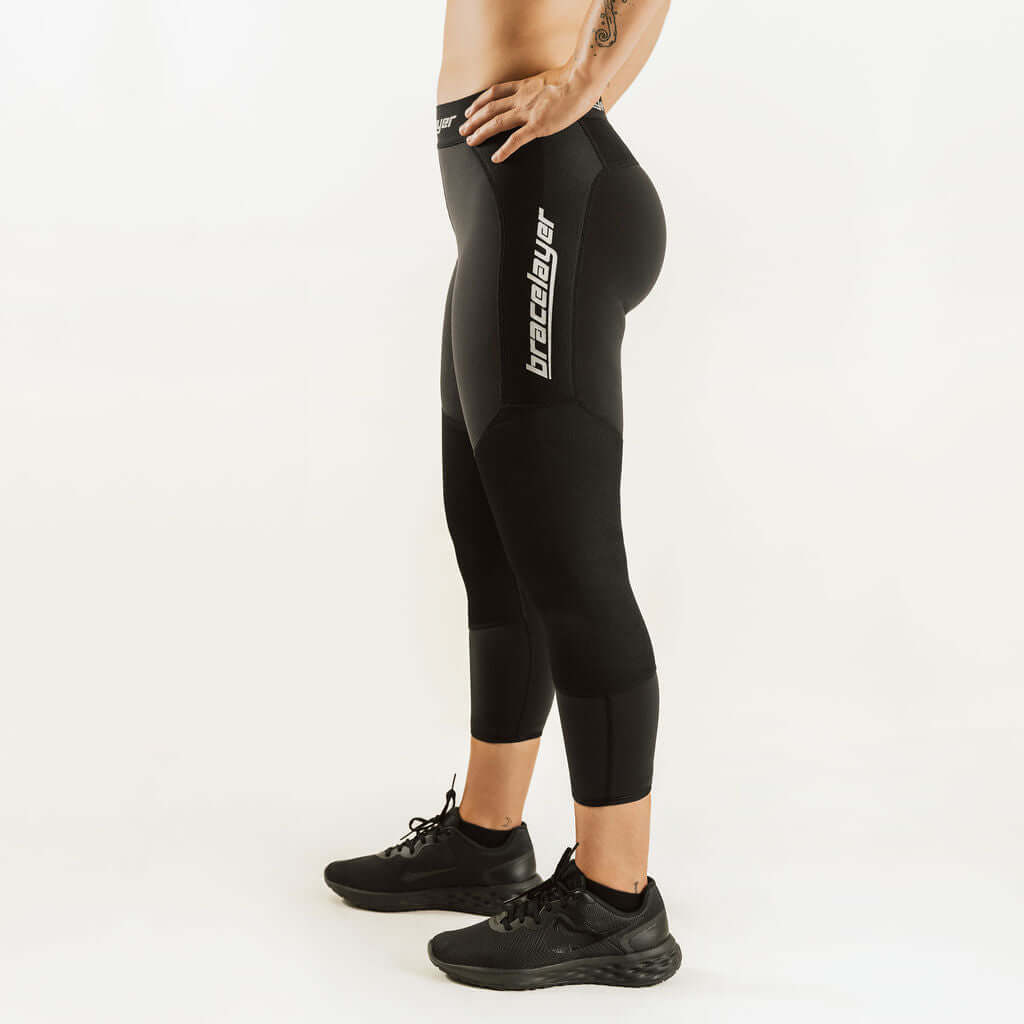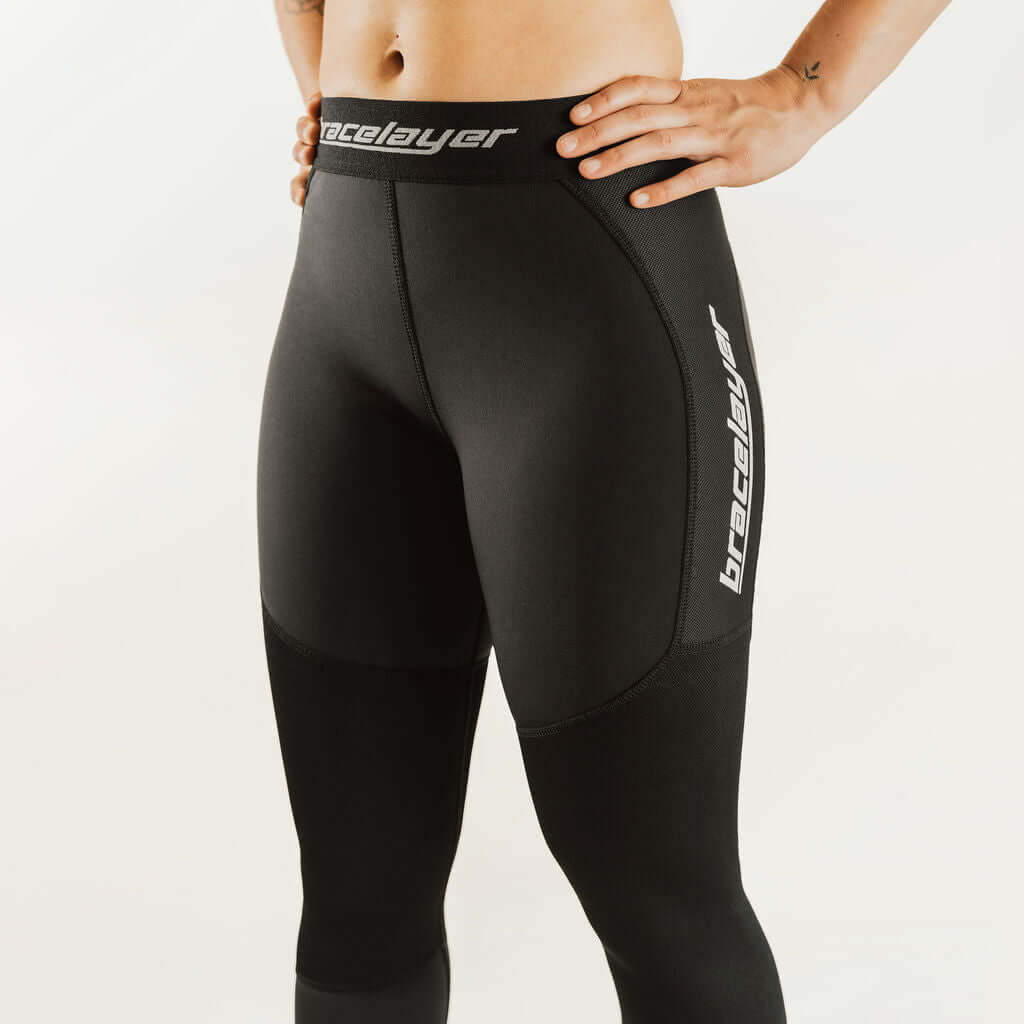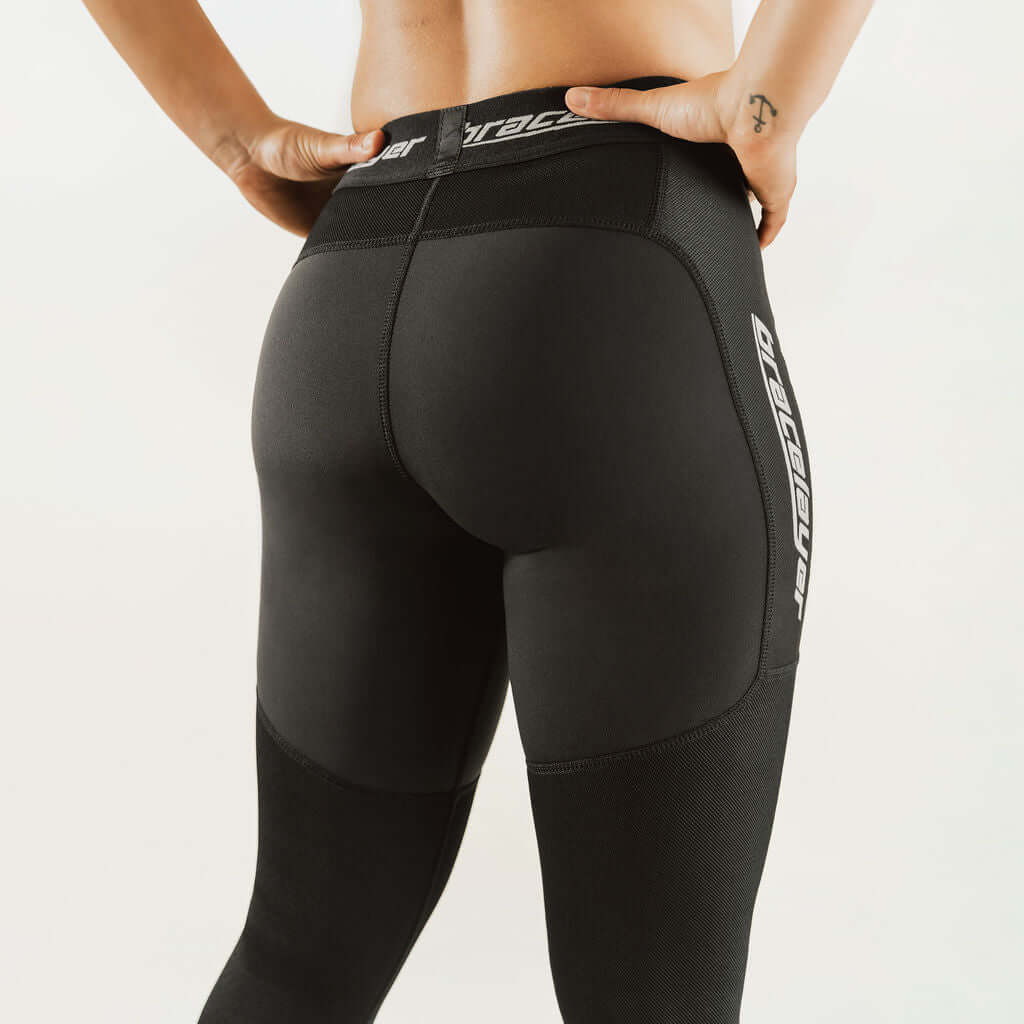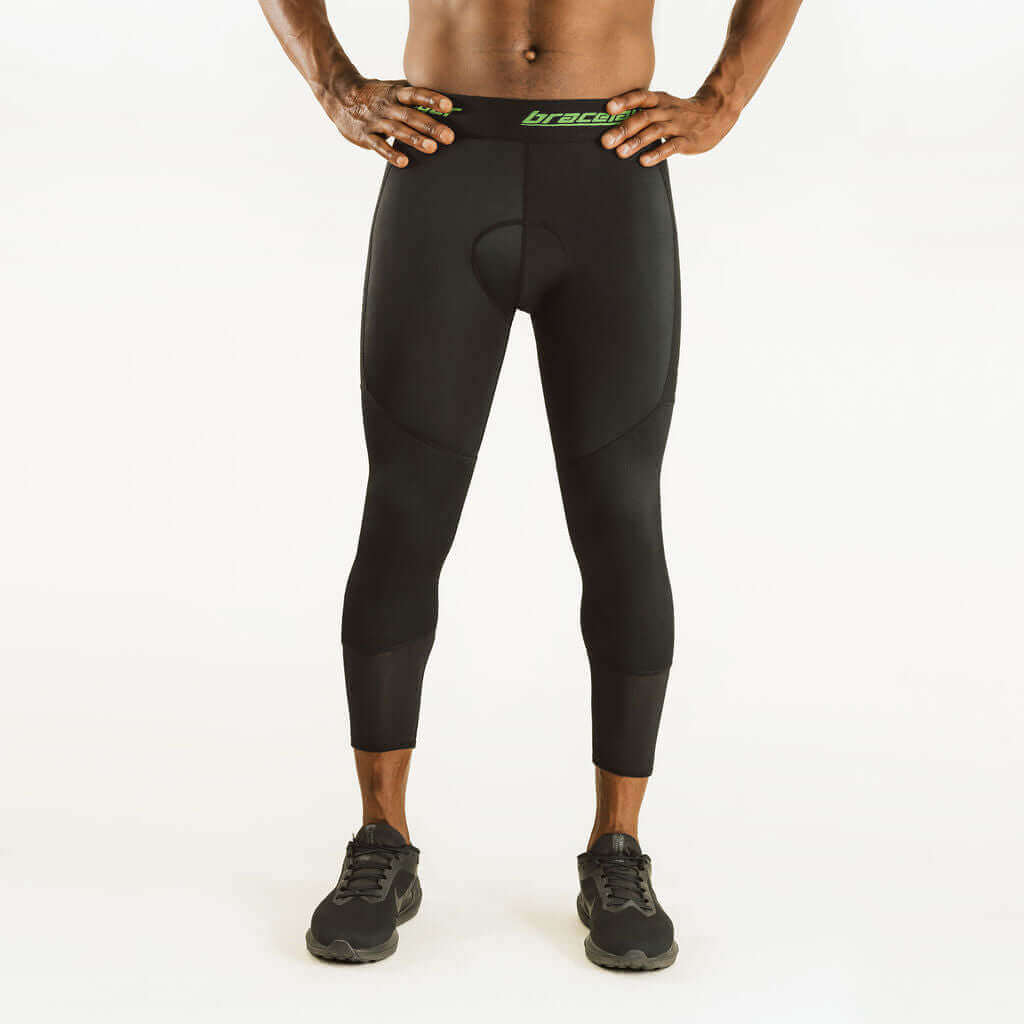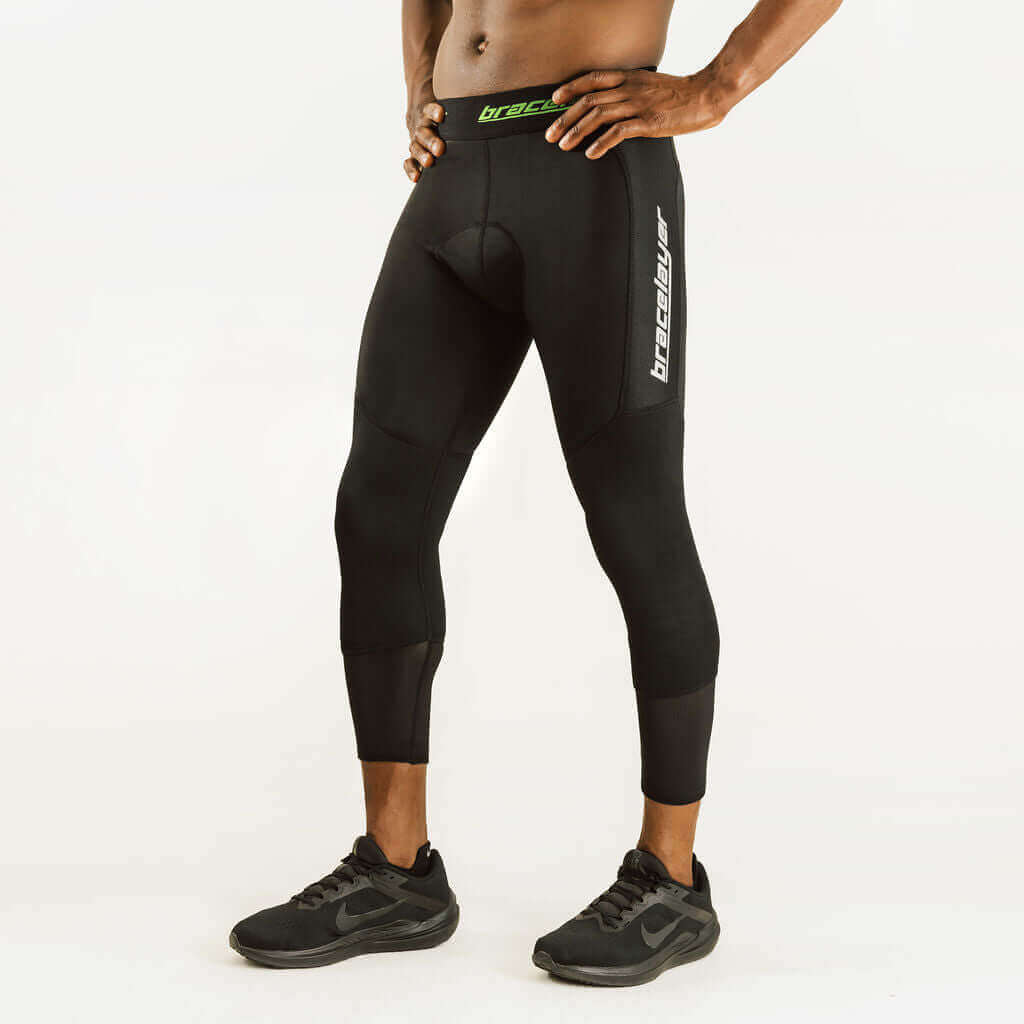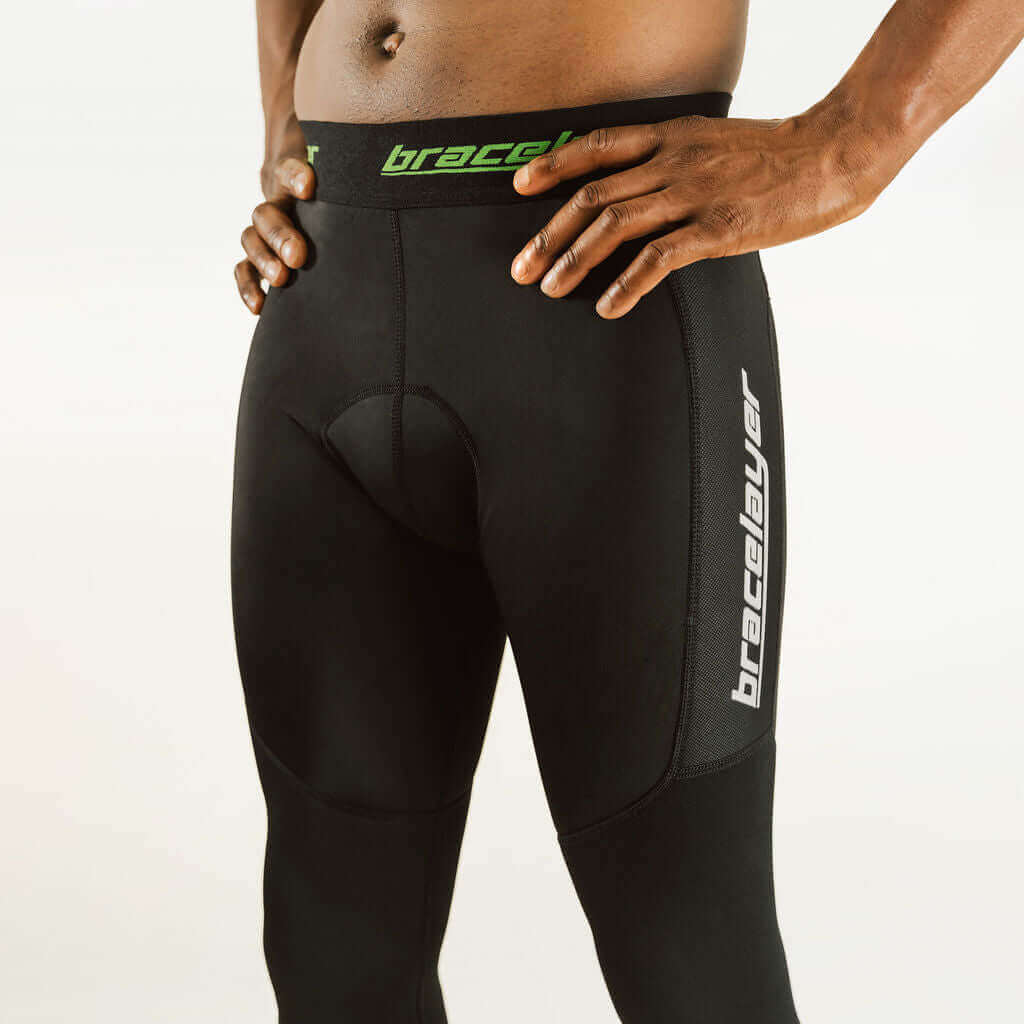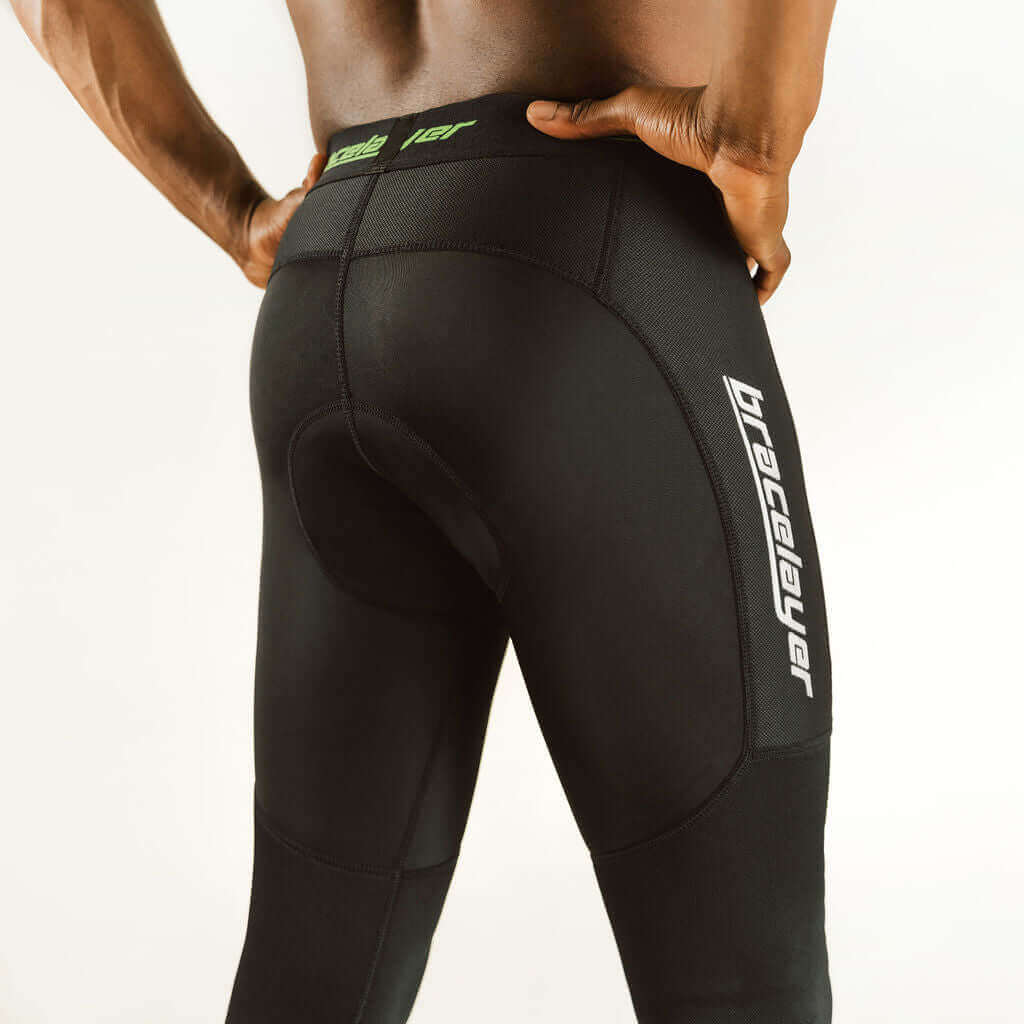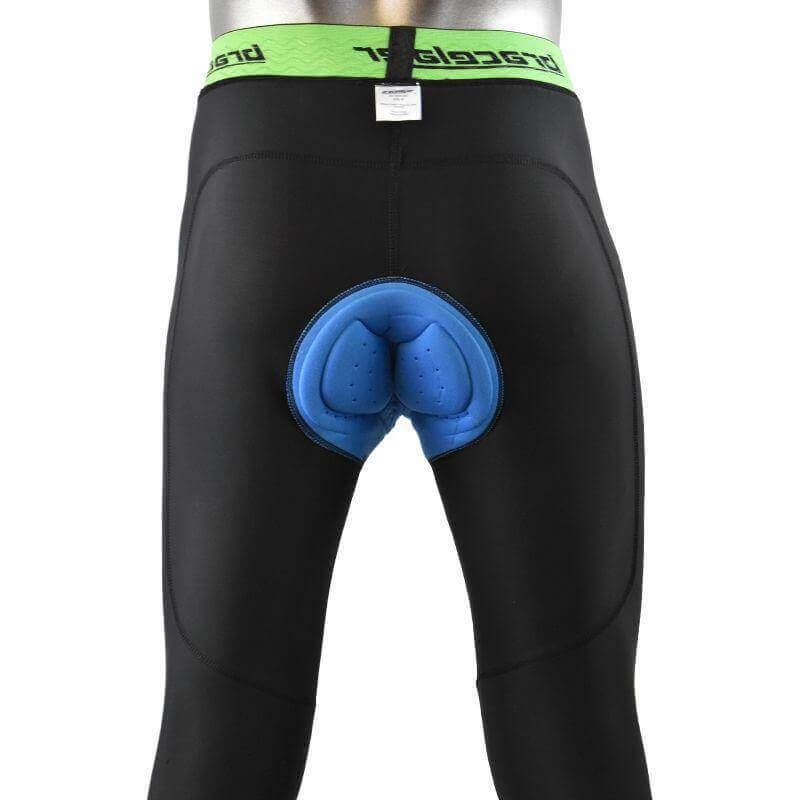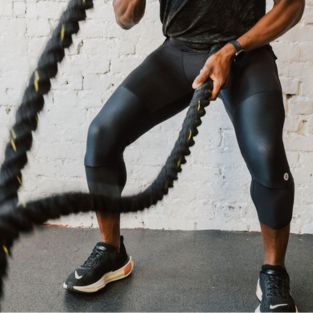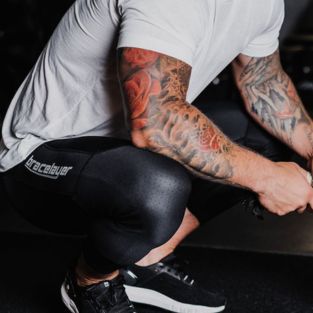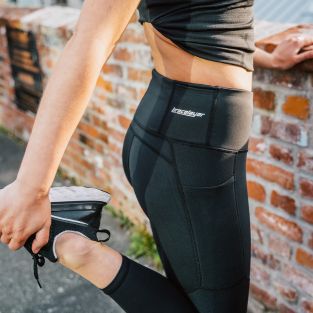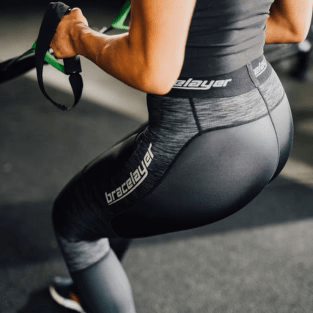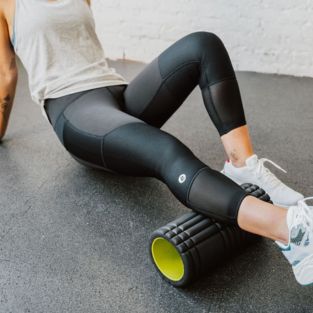The Ultimate Guide to Choosing the Right Knee Support Brace

Are knee issues preventing you from enjoying your active lifestyle? If so, you're not alone. Knee injuries are all too common and can greatly impact your ability to stay active. That's where knee support braces come in. With the right knee support brace, you can prevent injuries, relieve pain, and get back to doing the activities you love.
In this comprehensive guide, we will help you choose the perfect knee support brace for your active lifestyle. Whether you're a runner, a sports enthusiast, or simply looking for extra support during your workouts, we've got you covered. We'll explore different types of knee support braces, their features, and how to identify the right fit for you.
From compression sleeves to hinged braces, we will break down the pros and cons of each option, ensuring that you have all the information you need to make an informed decision. Plus, we'll provide valuable tips on how to care for and maintain your knee support brace for extended use.
Don't let knee pain hold you back any longer. Unlock the full potential of your active lifestyle with the ultimate guide to choosing the right knee support brace.
The importance of knee support for active individuals
Active individuals put a lot of strain on their knees, whether they are running, playing sports, or engaging in high-impact workouts. The constant movement and pressure can lead to various knee problems, such as sprains, strains, and even more severe injuries like ligament tears. That's why it's crucial to provide your knees with the proper support they need.
Knee support braces are designed to provide stability, compression, and protection to the knee joint. They can help prevent injuries by reducing the risk of excessive movement, absorbing impact, and providing reinforcement to the ligaments and tendons surrounding the knee. Additionally, knee support braces can also help relieve pain and inflammation, allowing you to continue your active lifestyle with reduced discomfort.
Different types of knee support braces
When it comes to knee support braces, there are several options available, each with its own unique design and purpose. Understanding the different types can help you choose the right brace for your specific needs.
1. Compression sleeves: Compression sleeves are lightweight and provide uniform compression around the knee joint. They are commonly used for mild knee pain, swelling, and general support during physical activities. These sleeves are often made from flexible and breathable materials, allowing for a comfortable fit and ease of movement.
2. Knee straps: Knee straps, also known as patellar straps, are designed to target specific knee issues, such as patellar tendonitis or runner's knee. These straps apply pressure to the patellar tendon, helping to alleviate pain and reduce stress on the knee joint. They are typically adjustable and can be worn during activities that involve repetitive knee movements.
3. Open-patella braces: Open-patella braces have a cutout in the front, exposing the kneecap. This design helps reduce pressure on the knee cap and provides additional support to the ligaments and tendons surrounding the patella. Open-patella braces are ideal for individuals with a history of patellar tracking issues or those who require extra stability during physical activities.
4. Hinged braces: Hinged braces offer the highest level of support and stability for the knee joint. They feature metal or plastic hinges on the sides, allowing for controlled movement and preventing excessive motion in the knee. Hinged braces are commonly used for more severe knee injuries, such as ligament tears or post-surgery rehabilitation.
5. Compression pants with built-in knee sleeves: Compression pants are a great option for all-around support, increased stability, and circulation, but they don't provide targeted support to sensitive areas like a knee compression sleeve does. Wouldn't it be great if there was a product that combined all over support, balance, and stability for the lower body and added compression for knee protection? Good news! There is. Bracelayer® has designed the original knee stabilizing compression pants with a number of design options that feature full length or bootcut, thermal or cooling technology, and targeted support for activities like cycling or hockey.
More importantly, Bracelayer® compression tights are designed to be worn under your knee brace! They can be worn on their own for stylish support, but since so many knee brace wearers complain about their knee braces and knee sleeves sliding down their legs during activity, Bracelayer® sought to create a solution. That was the beginning of our innovative compression pant brand.
That means if you choose to go with a hinged knee brace, you can combine it with Bracelayer® compression pants for the ultimate support. Or trust Bracelayer® leggings all on their own! The choice is yours.
Understanding your knee support needs
Before choosing a knee support brace, it's essential to assess your specific knee support needs. Consider the following factors to ensure you select the right brace for your active lifestyle:
1. Type and severity of injury: Determine the type and severity of your knee injury or condition. If you have a minor sprain or experience general knee pain, a compression sleeve or knee strap may be sufficient. However, if you have a more significant injury or instability in the knee joint, a hinged brace may offer better support.
2. Activity level: Consider the activities you regularly engage in. If you're an avid runner or participate in high-impact sports, you may require a brace with maximum support and shock absorption. On the other hand, if you engage in low-impact activities like yoga or swimming, a lighter brace may be suitable.
3. Comfort and mobility: Find a balance between support and comfort. While it's crucial to provide adequate support to your knee, you also want to ensure that the brace allows for natural movement and doesn't restrict your mobility. For example, runners might want to avoid heavy hinged knee braces. Look for braces made from breathable materials and adjustable straps for a personalized fit.
Factors to consider when choosing a knee support brace
When choosing a knee support brace, there are several factors to consider to ensure you find the perfect fit for your active lifestyle.
These factors include:
1. Material and breathability: Opt for a brace made from breathable materials that can wick away moisture and prevent discomfort during physical activities. Look for braces that are lightweight and offer ventilation to keep your knee cool and dry.
2. Adjustability: A brace with adjustable straps or closures allows for a customized fit and ensures that the brace stays securely in place during movement. This feature is especially important for individuals with different leg sizes or those who want to adjust the level of compression.
3. Size and fit: Choosing the correct size is crucial to ensure optimal support and comfort. Most knee support braces come in various sizes, so be sure to measure your knee accurately and refer to the manufacturer's sizing guide. A brace that is too tight may restrict blood circulation, while a brace that is too loose may not provide adequate support.
4. Level of support: Consider the level of support needed for your specific knee condition or injury. Compression sleeves or knee straps may be suitable for mild support, while more severe injuries may require hinged braces for maximum stability.
Knee support brace sizing and fit
Proper sizing and fit are essential for a knee support brace to be effective. Follow these steps to ensure you get the right size and achieve a comfortable fit:
1. Measure your knee: Use a flexible measuring tape to measure the circumference of your knee at its widest point. Take note of the measurement in inches or centimeters.
2. Refer to the sizing guide: Each knee support brace brand will have its own sizing guide. Compare your knee measurement to the guide and select the appropriate size.
3. Try it on: When you receive your knee support brace, try it on to ensure a proper fit. The brace should be snug but not too tight, allowing for a full range of motion without slipping or moving out of place.
4. Adjust as needed: If the brace has adjustable straps, make any necessary adjustments to achieve the desired level of compression and support. Ensure that the brace is secure and comfortable before engaging in any physical activities.
Popular knee support brace brands and their features
With numerous knee support brace brands on the market, it can be overwhelming to choose the right one. Here are some popular brands known for their quality and innovative features:
1. McDavid offers a wide range of knee support braces, including compression sleeves, open-patella braces, and hinged braces. Their braces are made from high-quality materials and provide excellent support and stability.
2. Shock Doctor specializes in sports protection gear, including knee support braces. Their braces feature advanced technology, such as X-Fit compression and antimicrobial fabric, ensuring superior comfort and protection.
3. Bauerfeind is a premium brand known for their medical-grade knee support braces. Their braces are designed to provide targeted support and are often recommended by healthcare professionals for post-injury rehabilitation.

Reviews and testimonials of top knee support braces
To make an informed decision, it's helpful to read reviews and testimonials from individuals who have used the knee support braces you are considering. Look for feedback on factors such as comfort, durability, level of support, and overall effectiveness. Online retailers and sports forums are great sources for unbiased reviews and testimonials.
Where to buy knee support braces
Knee support braces can be purchased from various sources, including:
Sporting goods stores: Visit your local sporting goods store to try on different knee support braces and get expert advice from the staff.
Online retailers: Online retailers such as Amazon, eBay, and specialized sports equipment websites offer a wide selection of knee support braces. Read product descriptions, customer reviews, and check for return policies before making a purchase.
Pharmacies and drugstores: Many pharmacies and drugstores carry knee support braces in their health and wellness sections. Speak to a pharmacist or store associate for recommendations and fit guidance.
How to properly care for and maintain your knee support brace
To ensure the longevity and effectiveness of your knee support brace, proper care and maintenance are essential. Follow these tips to keep your brace in top condition:
1. Cleaning: Regularly clean your brace according to the manufacturer's instructions. Most knee support braces can be hand-washed with mild soap and water. Avoid using harsh chemicals or bleach, as they can damage the materials.
2. Drying: Allow your brace to air dry completely before wearing it again. Avoid using direct heat sources, such as dryers or radiators, as this can cause shrinkage or deformation of the brace.
3. Storage: Store your knee support brace in a cool, dry place away from direct sunlight. Avoid folding or creasing the brace excessively, as this can weaken the materials and affect the brace's effectiveness.
4. Inspect for damage: Regularly inspect your brace for any signs of wear, tear, or damage. Replace the brace if you notice any significant deterioration, as it may no longer provide the necessary support and stability.
Finding the perfect knee support brace for your active lifestyle
Don't let knee pain hold you back any longer. With the ultimate guide to choosing the right knee support brace, you now have the knowledge and tools to find the perfect brace for your active lifestyle. Consider your specific knee support needs, explore the different types of braces available, and take into account factors such as material, fit, and level of support. Don't forget to read reviews and testimonials from other users to ensure you make an informed decision.
Remember, the right knee support brace can make a world of difference in preventing injuries, relieving pain, and allowing you to continue doing the activities you love. Take control of your knee health and unlock the full potential of your active lifestyle today!


